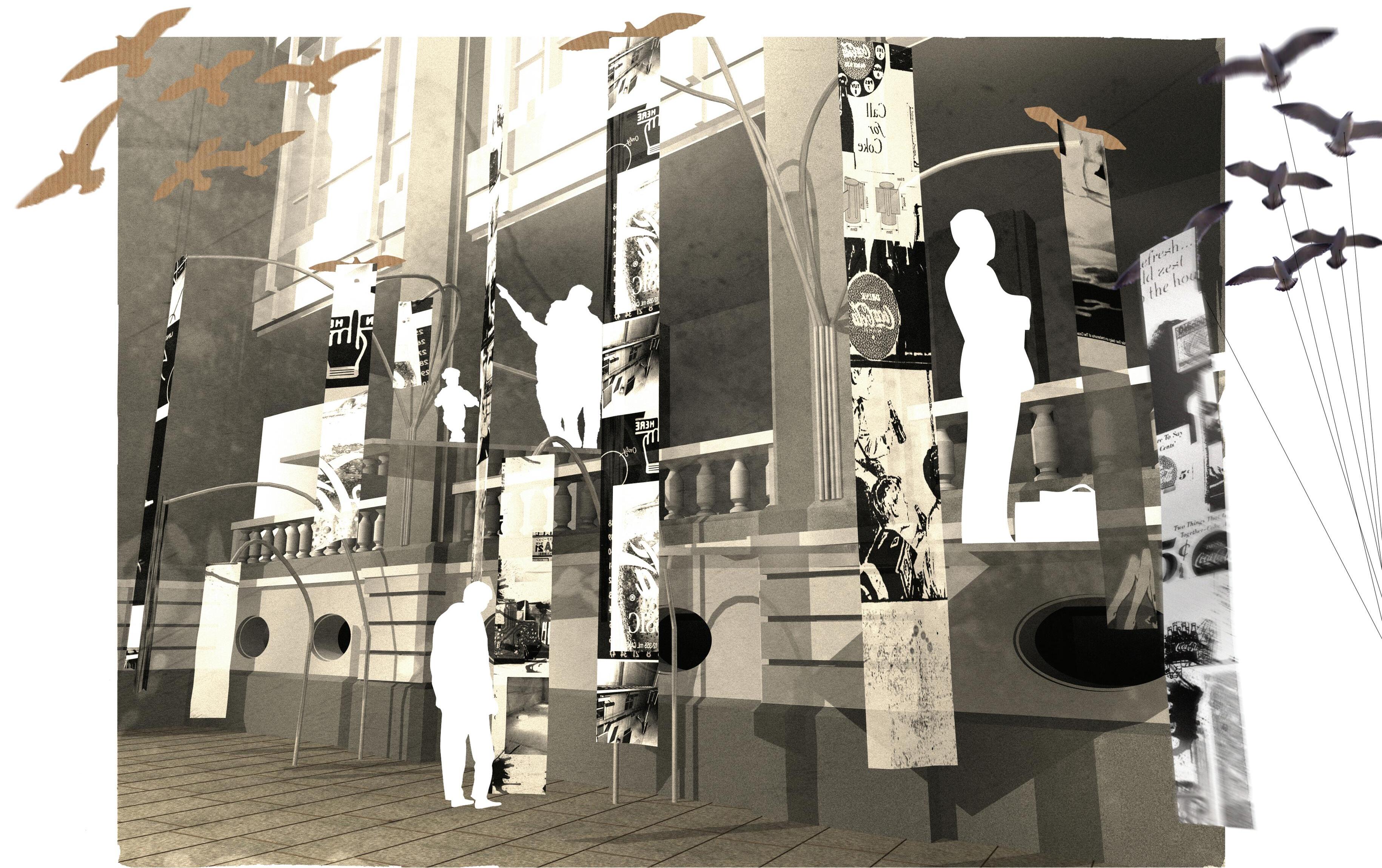Design Anthology PG15
Architecture MArch (ARB/RIBA Part 2)
Compiled from Bartlett Summer Show Books

Architecture MArch (ARB/RIBA Part 2)
Compiled from Bartlett Summer Show Books
At The Bartlett School of Architecture, we have been publishing annual exhibition catalogues for each of our design-based programmes for more than a decade. These catalogues, amounting to thousands of pages, illustrate the best of our students’ extraordinary work. Our new Design Anthology series brings together the annual catalogue pages for each of our renowned units, clusters, and labs, to give an overview of how their practice and research has evolved.
Throughout this time some teaching partnerships have remained constant, others have changed. Students have also progressed from one programme to another. Nevertheless, the way in which design is taught and explored at The Bartlett School of Architecture is in our DNA. Now with almost 50 units, clusters and labs in the school across eight programmes, the Design Anthology series shows how we define, progress and reinvent our agendas and themes from year to year.
2024 Entanglements
Egmontas Geras, Enriqueta Llabres Valls
2023 Expanded Ecologies
Egmontas Geras, Enriqueta Llabres Valls
2021 Commons
Kate Davies, Susanne Isa
2020 Parallel Presence / Parallel Presents
Max Dewdney, Susanne Isa
2019 Lost Empires – New Tribes
Max Dewdney, Susanne Isa
2017 On the Edge
Maximiliano Arrocet, Alice Dietsch, Amanda Levete, Ho-Yin Ng, Raffael Petrovic
2016 States of Entanglement – Sensational Rio!
Aleksandrina Rizova, Stefan Rutzinger, Kristina Schinegger
2015 Operations of the Formless
Aleksandrina Rizova, Stefan Rutzinger, Kristina Schinegger
2014 Immediate Exposure
Maren Klasing, Stefan Rutzinger, Kristina Schinegger
2013 Fuzzy Bodies
Stefan Ritter, Stefan Rutzinger, Kristina Schinegger
2011
Nic Clear, Simon Kennedy
2010 Year of The Depend Adult Undergarment
Nic Clear, Simon Kennedy
2009
Nic Clear, Simon Kennedy
2008 Crash: Architectures of the Near Future
Nic Clear, Simon Kennedy
2007 Synthetic Space
Nic Clear, Simon Kennedy
2006
Nic Clear, Simon Kennedy
2005 Rhythmanalyses: Movement and the City
Nic Clear
2004 Concept Process Realisation
Nic Clear

PG15 engages in a comprehensive exploration of the symbiotic relationship between ecology and architecture. This endeavour is informed by an evolving discourse surrounding ecological principles, aiming to elucidate how architectural practices have been shaped by an understanding of ecological dynamics. Focusing on the post-Great Acceleration era, students undertake a rigorous examination of the challenges and opportunities arising from the Anthropocene epoch. Through a contemporary lens, students engage in discussions concerning the hyper-dimensionality of objects within the framework of Anthropocene challenges. This intellectual inquiry prompts critical reflections on the intricate interplay among architecture, society and the environment, thereby catalysing innovative approaches to tackle complex contemporary issues.
Central to the unit’s objectives is an investigation into the historical trajectory of ecology’s integration into architectural discourse. By analysing case studies and theoretical frameworks that exemplify the intersection of ecology and architecture, students gain insight into the evolution of architectural methodologies. Moreover, they develop a nuanced understanding of how architectural interventions can positively contribute to ecological resilience, stewardship and sustainability.
Students are exposed to consolidated and emerging concepts that deepen their comprehension of the socio-ecologicaltechnological dynamics of specific locales. Emphasising the role of place as a catalyst for local stewardship, belonging and biophilic architecture, students explore how architecture can seamlessly integrate with and enhance the natural and social fabric of communities.
In the thematic exploration of ‘Entanglements’, inspired by Merlin Sheldrake’s book Entangled Life: How Fungi Make Our Worlds, Change Our Minds, and Shape Our Futures, students embark on an illuminating journey into the intricate dynamics of fungal life. Sheldrake’s narrative unveils the intricate web of information exchange, cooperation and solidarity inherent in the natural world, offering a profound perspective on the interconnectedness of all living systems. Through this lens, students are encouraged to reimagine architecture’s role within this complex ecosystem, fostering a deeper appreciation for symbiotic relationships and envisioning transformative design interventions that resonate with ecological dynamics and resilience.
Year 4
Raphael Barber, Tania Farcas, Lavinia Fairlie, Kieran Hayes, Bohdi Horton, Lily Kerr, Catriona Ng, Rebecca Radu, Adrian Truta
Year 5
Desislava Cholakova, Andrei Dinu, Josef Stöger, Daniel Stokes, Mylan Thuroczy, Bianca Zucchelli
Technical tutors and consultants: Daryll Brown, Brian Constant, Martha Voulakidou
Thesis supervisors: Edwina Attlee, Alessandro Ayuso, Polly Gould, Jan Kattein, Oliver Wilton, Guang Yu Ren
Critics: Farbod Afshar Bakeshloo, Nat Chard, Haeseung Choi, Tom Cubitt, Patch DobsonPerez, Alicia GonzálezLafita, Joe Johnson, Mary Konstantopoulou, Sonia Magdziarz, Tom Svilans, Ivana Wingham
15.1 Bianca Zucchelli, Y5 ‘Cyanobacteria, Doilies and Seamstresses’. This project envisions a new future for the fishing town of Comacchio, Italy, introducing a new element: the cyanobacterial bloom. A new world is reimagined where hierarchies between human and ecological characters are blurred, giving equal importance to forgotten seamstresses, heroic poachers and the lagoon’s ecological reality. An open-air algal textile factory lives through its infrastructural cyborg, boundlessly taking over the town and its waters.
15.2 Andrei Dinu, Y5 ‘Learning to Draw the Deep Sea’. The proposal explores how architectural intelligence can be extrapolated by drawing deep-sea organisms, helping us understand their thought processes. The project focuses on byssus threads and sponge structures, digitally simulating them to examine shading, wind resistance and growth properties. The project encourages new ways of responding to a site – by creating a ‘living’ design.
15.3–15.4 Josef Stöger, Y5 ‘Ceramic Futures’. The project explores 3D-printed, post-tensioned ceramics, which have the potential to be made from the 7,000 tonnes of ‘waste’ clay sent to landfill from excavation and construction projects in London. By deeply understanding the material and digital fabrication process, the system pushes towards a future where we can translate nature’s intelligence through data-driven design methodologies to create buildings in harmony with our world’s ecology.
15.5–15.6 Lavinia Fairlie, Y4 ‘Constructed Landscapes’. This project questions the meaning of nature and how our culture influences our perception of it. Landscape paintings were used to explore how Western culture understands nature, not merely as metaphors but as informative elements that enrich design. Situated on Southbank, the programme is a seed bank and research centre that sits below an undulating public park roof. These functions work to regain city-dwellers’ connection to the natural world.
15.7 Adrian Truta, Y4 ‘Museum of the 366’. Naples is home to countless monuments. The city sees them appear and dissolve, leaving behind a fabric of memories, such as the largely decayed Cemetery of the 366 Fossae. A proposed museum at its heart blurs life, death and stone, distorting the courtyard that once separated them. The cemetery housed over 100,000 souls during its existence. The project pays homage to them, exploring the idea of the contemporary monument and its place in the city.
15.8–15.9 Kieran Hayes, Y4 ‘TimberID: Aggregations for the Forest Library’. Using glued-laminated timber as a research topic, the project explores a new material system, the branching frame, as a series of adjustable components to produce aggregations reconfigurable for reuse. Parallel to this, the project imagines how the timber life cycle may be digitally tracked within a cradle-tocradle framework, proposing a digital twin of the forest and the libraries’ embedded material.
15.10 Catriona Ng, Y4 ‘A Parliament of the Sea’. This project advocates for the sea’s rights and tells the story of plankton. It tackles plankton’s fluctuations by providing a visitors’ centre, research facility, a plankton capture station and buoy maintenance platform on the coast of Dale Fort in Wales. These facilities use old ship parts as a main material source. The project encapsulates the intricate relationship between plankton, humans and the human-made.
15.11 Lily Kerr, Y4 ‘The Migration Hub’. This project transforms an abandoned building into a sanctuary for both migrating immigrants and birds, using sustainable adaptive strategies and biophilic design principles. Incorporating bio-receptive materials and adaptable spaces, it nurtures human well-being and ecological diversity. By reducing infrastructure and enhancing
natural elements, the project creates a harmonious space that supports both displaced people and wildlife.
15.12 Tania Farcas, Y4 ‘HydroRevive: Cultivating a Modular Aquahoja Hydropower Ecosystem Using Water Based Processes’. Set within the Iron Gates I Hydropower Plant in Romania, the project employs bio-polymer hydrogels adaptable to external stimuli, creating responsive architectural elements that regulate the building’s internal environment. By leveraging water processes at both macro and micro levels, industrial and ecological systems coexist harmoniously, setting a new modular ecosystem prototype for hydropower plants to merge social, cultural, ecological and technological elements.
15.13 Bodhi Horton, Y4 ‘The Glass Isle’. This project examines the intersection of mythology and morphology in Somerset. Based around the revered Glastonbury Tor, the project proposes a structure carved into the landscape. It is embedded between ancient natural forces and an uncertain future of flooding and decay. The narrative follows an alternative society situated in a context of change, where the island above them becomes ever more important.
15.14 Rebecca Radu, Y4 ‘Dark Ecology of Middle Peak Quarry’. This project provides a platform for exploring human roles in environmental dynamics. By reimagining disused quarries as dynamic environments where natural and synthetic elements intertwine, the project acknowledges and celebrates the quarry’s historical depth. Rejecting the human/nature dichotomy and anthropocentrism, it proposes humans as integral parts of a larger ecological entity, challenging traditional perceptions of nature and industry.
15.15 Raphael Barber, Y4 ‘Sub_Terra Synapse’. Situated in the post-anthropocentric realm, this project raises the awareness of non-human entities and engages nonhuman actors in the architectural evolution of the project. It acts as a blueprint for future urban developments that nurtures coexistence between humans and the natural world. By using AI, the project simulates insect vision, challenging human-centric perspectives and creating habitats that foster local urban biodiversity.
15.16 Desislava Cholakova, Y5 ‘Intra-Animate Encounters’. The project preserves the disappearing physicality of the Bulgarian periphery through animation. A timber-pewter composite serves as a foundation for an architecture where abandoned objects are buried in the earthen programme of a school. These ‘fossils’ are given the opportunity to resurface over time, and encounters happen at multiple scales.
15.17–15.18 Daniel Stokes, Y5 ‘Lover’s Landscape: A Story of the Volcano, the Temple and the Mollusc’. Set within a ficto-critical future volcanic landscape of the Phlegraean Fields, Naples, the project explores the physicality of lava as a conceptual representation of more-than-human agency. Three non-human protagonists – Solfatara Volcano, the Temple of Serapis and the Mollusc – become points of departure to explore a more-than-human re-inhabitation of the volcanic landscape.
15.19 Mylan Thuroczy, Y5 ‘To Fields Where Frogs and Rabbits Leap’. The project explores the complexities of a multicultural experience revealed through the built form. The methodology draws from the importance of personal possessions of displaced individuals in the spatial acts of reconstructing their homes. The proposal is a dwelling for a Vietnamese-Hungarian family in Budapest, which invites others to experience cultural differences through a curious lens.


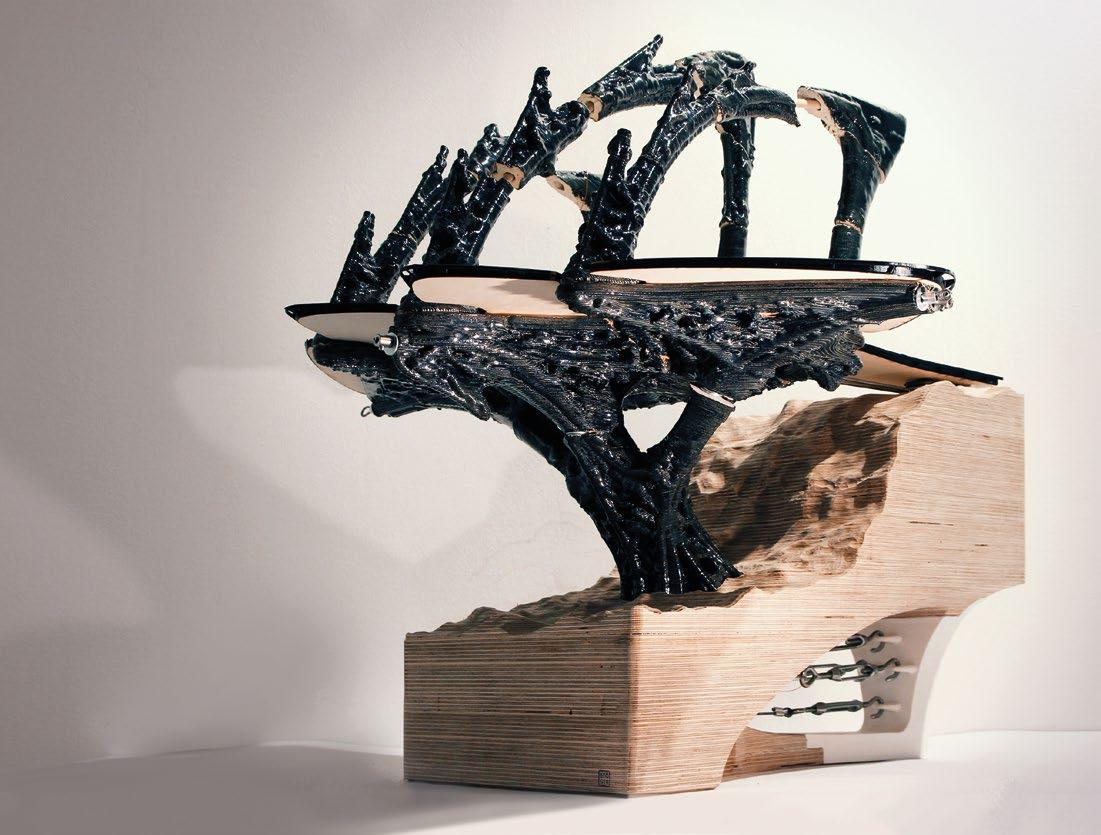





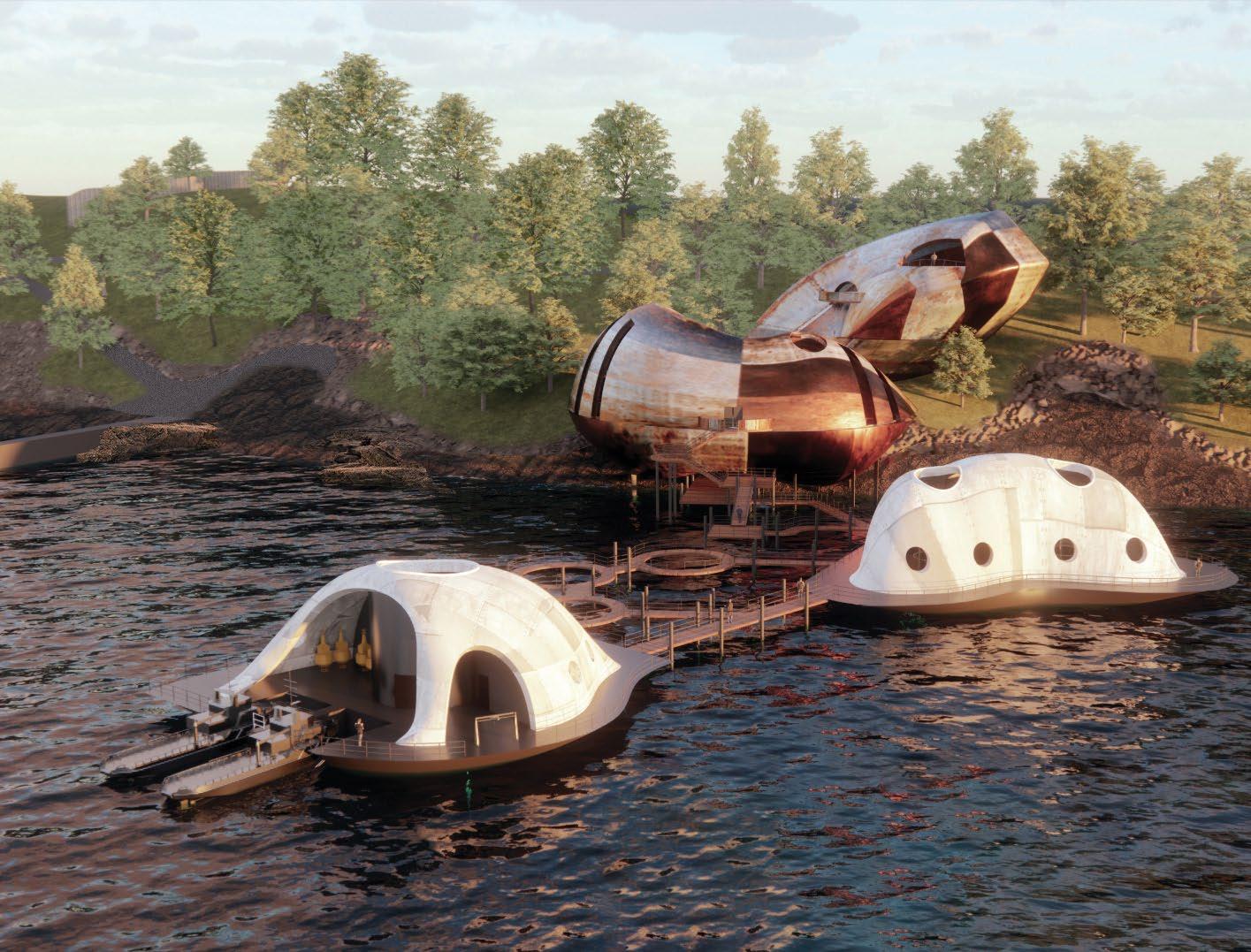






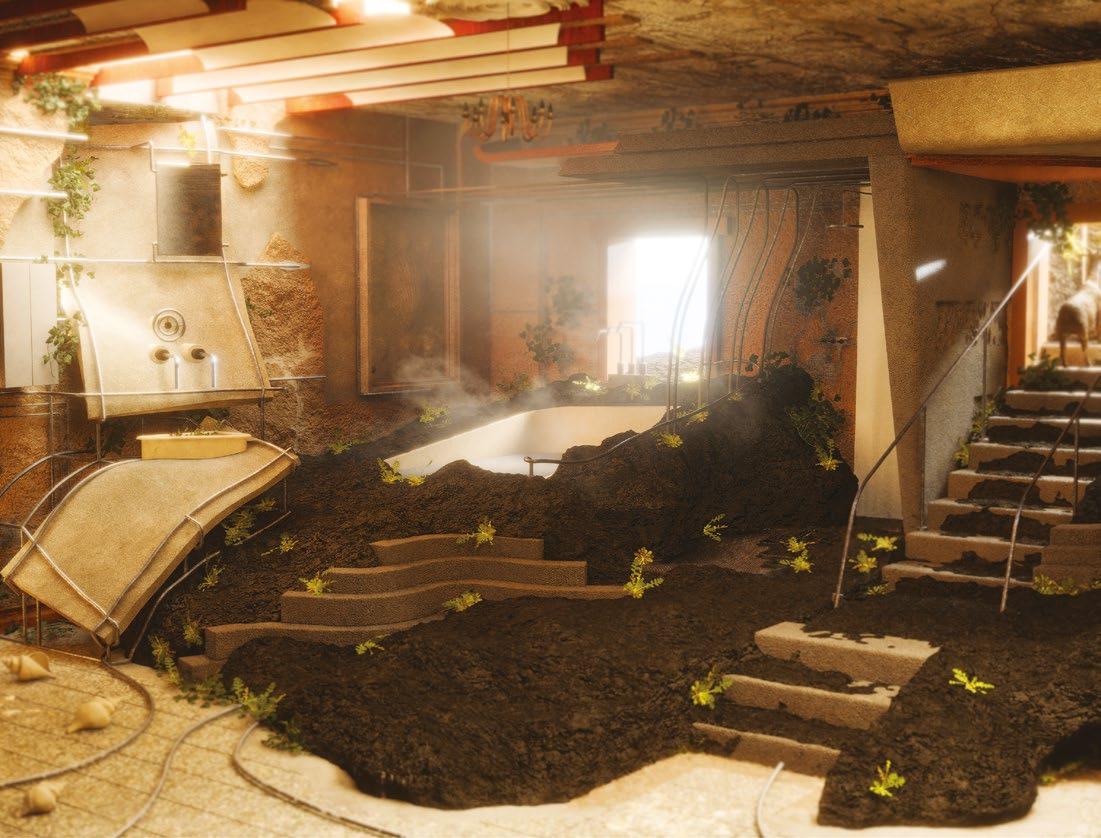


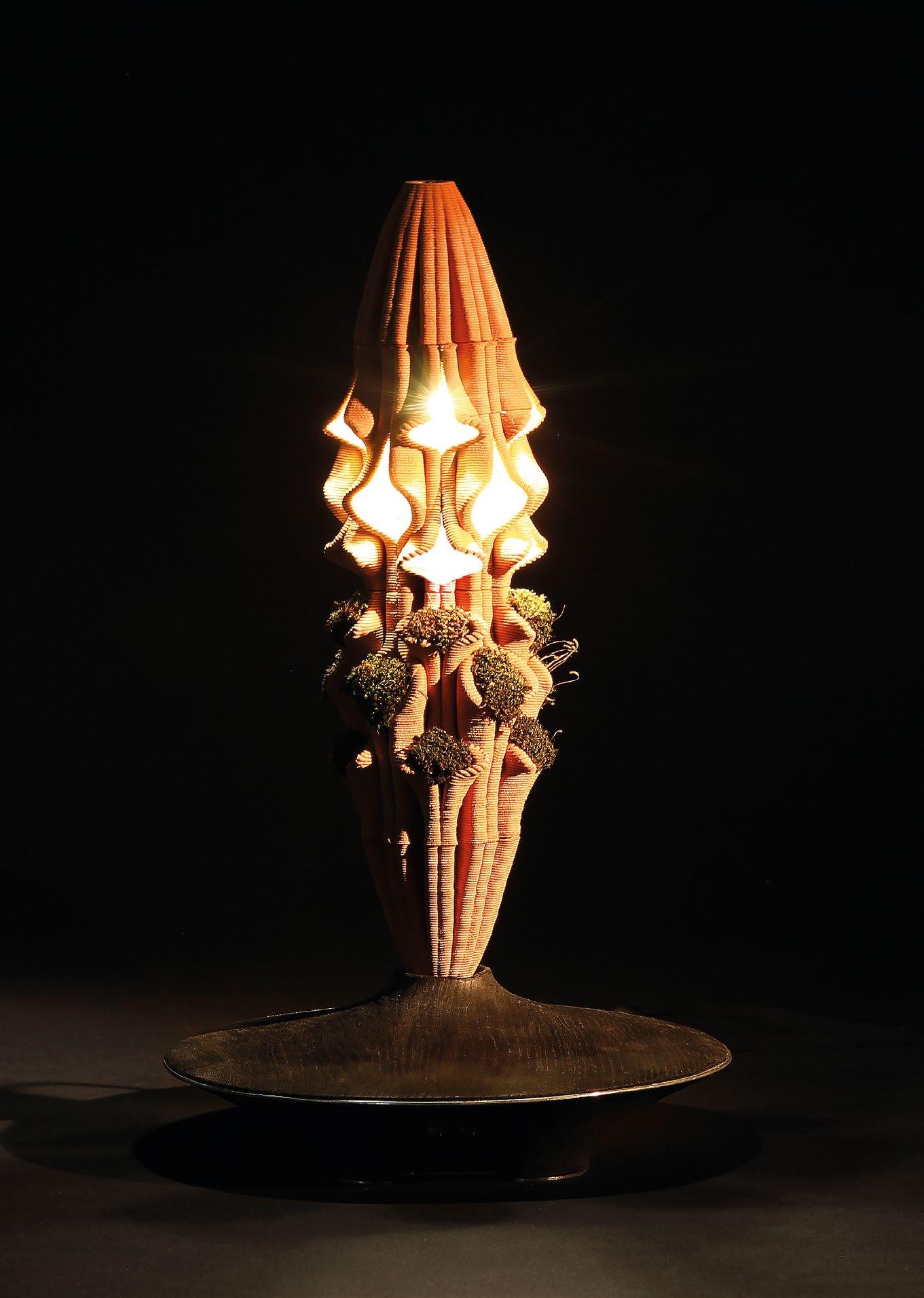
A symbiosis between ecology and digital design methodologies has led to an emergent, fertile ground for design practice. PG15 feels the need to redefine and catalyse a discourse on the discipline and its relationships with the environmental challenges of this time, where both the old and even the near-future of design-thinking are incessantly entering obsolescence. The unit aims to question the viability of the Earth system while framing a discourse for an expanded ecology in the context of planetary urbanisation, in which global ecology has become a capital-driven process.
How is ecological knowledge produced, observed and culturally disseminated? How does our architecture learn, and what is its capacity to learn? We are interested in complex physical systems, morphogenesis and ecological dynamics. We engage with timeoriented modelling techniques and prospective design-thinking.
What is ecology? How do we understand it and how does architecture? This year students developed and informed their architectural research and design practice in relation to individual understandings of ecology. We asked questions such as: can soil be a living, live-in organism? Can it be an agent of our architecture? Can we design material systems to be responsive, informed and symbiotic with community desires and socio-economic and environmental agents? How can we be prospective, mindful of data-driven intelligence and poetically sensitive to the consciousness of potential ecological change? We have attempted to build antiglobally and have looked outwards anthropocentrically while simultaneously peeking into the haunted crevices of deep time.
Our sites this year have taken us from the Mekong Delta in southern Vietnam to an archipelago in the Caribbean Sea; from Dobrotino, Bulgaria to Southend in Essex, and back to London. Mapping, digitisation and simulation have been examples of instrumental processes to help express the extent of our research reach and tease at discrete student design methodologies. We will continue to explore digital intelligence, working towards informed, emergent architectures and expanding ecologies.
Year 4
Rio Burrage, Desislava Cholakova, Andrei Dinu, Josef Stoeger, Daniel Stokes, Karolina (Mylan) Thuroczy, Bianca Zucchelli
Technical tutors and consultants: Bedir Bekar, Jenna de Leon
Critics: Alessandro Ayuso, Nat Chard, Patch DobsonPerez, Laszlo von Dohnanyi, Freddie Hong, Nikoletta Karastathi, Emma-Kate Matthews, Nasios Varnavas, Ivana Wingham
15.1, 15.8 Josef Stoeger, Y4 ‘Emergent Ceramic Systems’. The project explores digitally fabricated ceramics as an emergent design methodology, integrated with supportive timber components. A focus on technology and craft drives the work, with particular importance paid to the longevity of material systems and thus the ecological impact of the proposed architecture. Feedback loops, responsive/adaptive systems and digitally intelligent workflows are explored to innovate a new-material practice. Timber is used as a carbon-sequestering structural element, while ceramics are used for their shielding, and exhibit functional capacities such as water collection, thermal mass and bio-receptivity.
15.2–15.3 Daniel Stokes, Y4 ‘A Parliament for the Posthuman’. Set in the year 2100, this project reanimates Southend-on-Sea’s coastal economy within a flooded landscape, utilising the existing flooded and decaying built infrastructure as a material ecology. By applying the posthumanist concept of curated decay, the work explores the continuity between non-human natural entities and human social heritage through maintaining physical relationships established over large temporal scales outside of typical human interpretations of time and through a reinterpretation of heritage frameworks, literally and figuratively, of existing material ecologies.
15.4–15.5 Desislava Cholakova, Y4 ‘Dobrotino: A New Culture of Building’. The project creates a dialogue between temporal, societal and material situations to inform a participative, multi generational, inhabitable architecture. Set among Dobrotino’s ruins, the nomadic residences utilise an architectural language and material sensibilities to compose and capture an amalgamation of curious ecologies that evolve independently, yet retain traces of their transient authors via weather patterns and human interactions. The work analyses objects that embody a relationship with time and that often transcend their practical agency, fostering an appreciation for a new cultural understanding and propositional, ecological expansion.
15.6–15.7 Rio Burrage, Y4 ‘Regrowing Providencia’. The work develops an architectural typology to help Caribbean communities improve their ability to adapt to the increased frequency and intensity of extreme weather events caused by anthropogenic climate change. A materially and culturally sensitive response is combined with novel scripting methodologies that reveal a new digital context produced by the specificities of the site’s ecosystem. The proposal investigates how relationships between man-made structures and mangrove ecosystems can be mediated through this complex adaptive system to generate a new architectural typology that is symbiotic with the development of the local environment for the Raizal community of Providencia Island, Colombia.
15.9 Andrei Dinu, Y4 ‘Living with Soil’. The work explores digital manufacturing, multi-resolution computation and additive construction methods via clay printing as a practice. The project investigates the storage and spatial management of on-site soil in opposition to bulk off-site manufacturing. It develops high-rise earth construction techniques while working towards the bioremediation of London’s soil by integrating formal design systems with flora, fauna and people in a new urban soil ecology.
15.10–15.11 Bianca Zucchelli, Y4 ‘The Generative Stitch’. The project secures a future for the Doddington Estate, London, while emphasising material and social adaptability. The issue of conformity that arises in such tower blocks is tackled by providing a choice matrix defining new personalised outdoor ecologies. Integrated workshops suggest that residents will update their spaces over time, allowing the project to continue to evolve. The metaphor of weaving communities and social tension
serves as a driver for a parasitical and symbiotic intervention, woven into the old concrete structure. The stitch goes in, out and through the building, creating a sense of connection between residents and becoming a part of everyday life.
15.12–15.13 Karolina (Mylan) Thuroczy, Y4 ‘Tales of the Nine Dragons’. In the Mekong Delta, tidal ecology affects the agricultural output and daily activities of farmers. The project’s design focus examines how cultural production is embedded in the site ecology and questions how new developments can respect and encourage cultural practices without overlooking how local communities have already adapted to an amphibious way of living. The project proposes a travelling theatre that floats down the river to expand its cultural infrastructure. Instead of land-extractive practices, the project creates new islands for vegetation. The theatre is a public space for villagers to come together and learn through storytelling. Its transient structure ensures that more communities can leave their traces in the architecture, while the movement becomes a performance of the interconnected waterscape of the river.



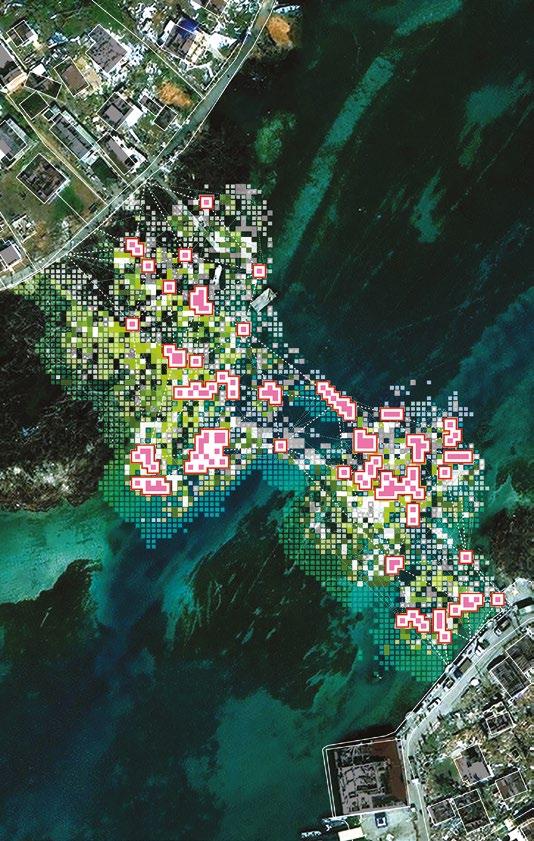






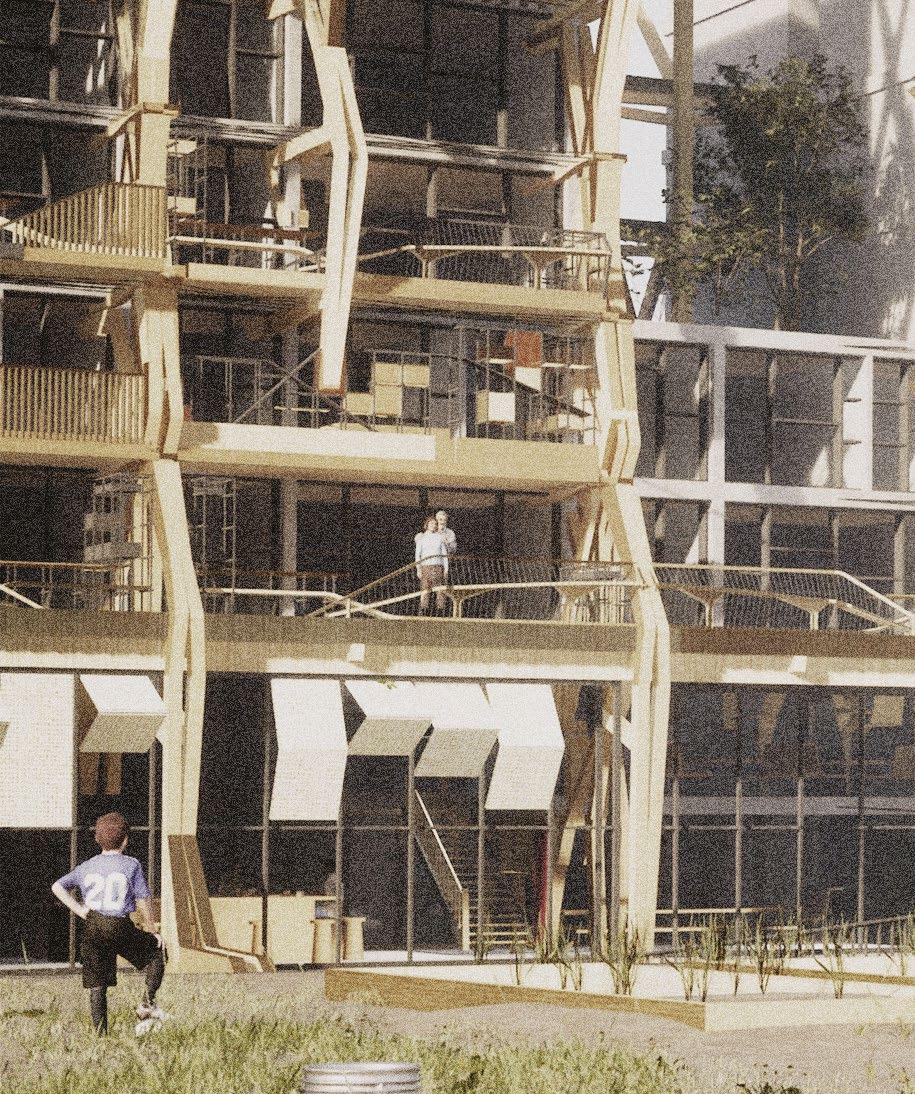



Kate Davies, Susanne Isa
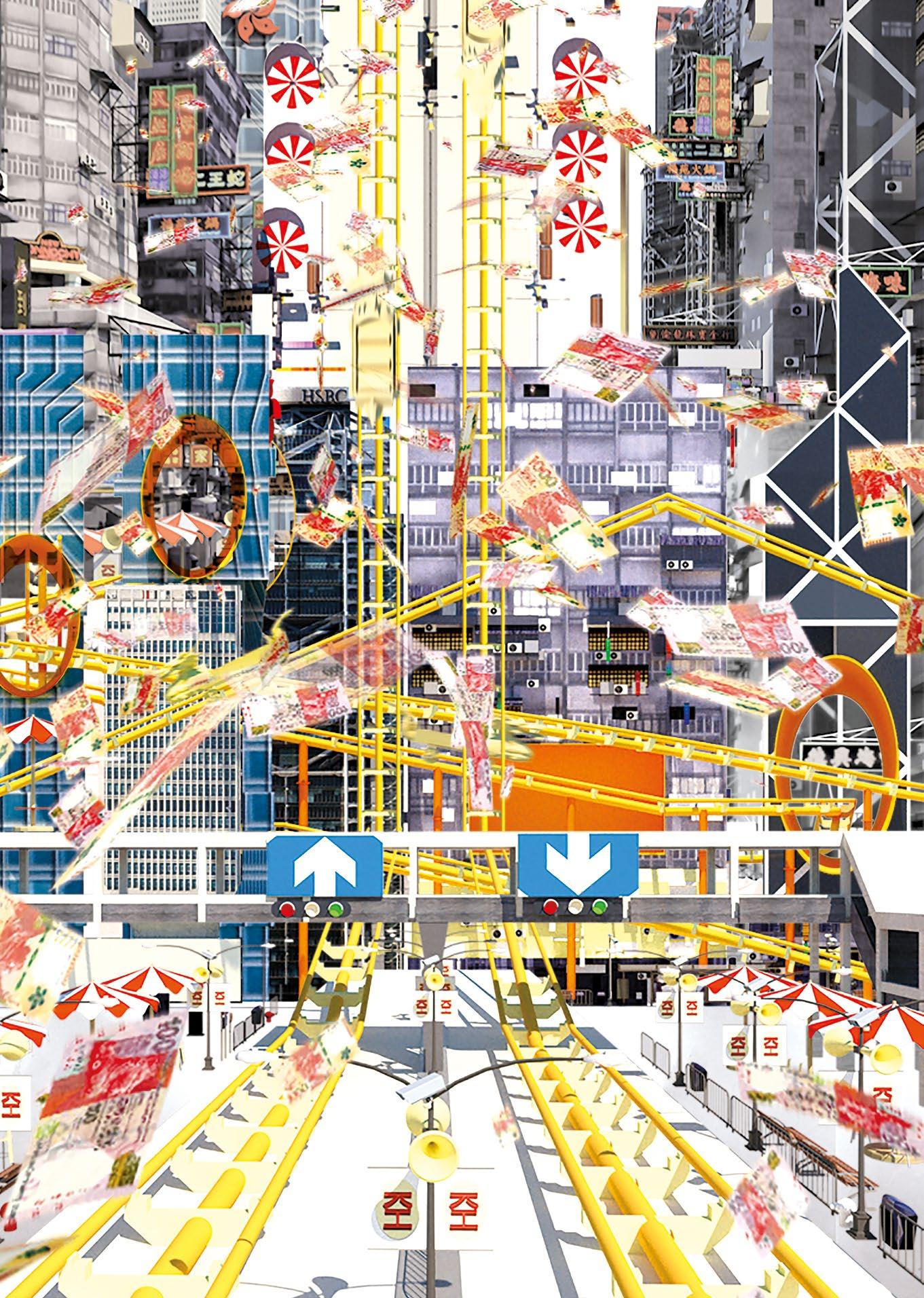
Kate Davies, Susanne Isa
PG15 investigates the hinterlands and transitions of cities operating in between the real and imaginary. We are interested in the transdisciplinary fields of architecture, art, museology, anthropology and geology in order to explore the psychology of place, the narrative of history, mythologies, rituals and magic.
As architecture reinvents itself to remain pertinent in the 21st century, it needs to engage with other disciplines and have an understanding of the past, present and future. More than ever, we need to nurture the collective and protect the things we value for the many, not the few. PG15 examines ‘commons’ as a collective spatial and intellectual territory: common knowledge and common ground.
The Plot Line
Students conducted focussed research on a collective site: London’s Lea Valley, which follows the route of the River Lea from Luton through to the River Thames. Beginning with ‘The Plot Line’ –a speculative set of explorations of site, involving walking and filmmaking – students walked the site repeatedly and drew a line on a map that connected a set of thematic interests. They then took this line or journey as the site and subject of a short experimental film, forming a catalyst for their architectural designs. By focussing on the line and the film, students questioned static ideas of site and linear time to embrace complexity within the dynamics of the city and to acknowledge multiple points of view. Throughout the year, the unit maintained time as a driving theme in its work.
We asked students to house the facilities for the production and study of a specific aspect of the ‘commons’: Something that is, or should be, held in common and not owned privately, e.g. air, water, twilight, data, the electromagnetic spectrum, communication, land, time, public space, biology, chemistry, physics, mineral resources, health, heritage, gravity, light, knowledge, information, language or copyright. In particular, students considered how their work can make social relationships tangible and how a community can be formed through particular practices, actions and shared experiences.
Year 4
Patricia Bob, Xinhao (Eva) Chen, Bryn Davies, Daniel Johnston, Sijie Lyu, Simona Moneva, Polina Morova, Nikoleta Petrova, Gia San Tu, Haoran Wang, Chenwei Ye
Year 5
Jack Cox, Jack Hastie, Nichole Ho, Mei See Leung, Philip Longman
Thank you to our technical tutor Martin Sagar; technical consultants, Kimmy El Dash, Bola Ogunmefun; guest tutors Sebastian Andia, William Gowland
Thank you to our thesis supervisors: Alessandro Ayuso, Polly Gould, Iulia Statica, Ren Guang Yu, Stamatis Zografos
Thank you to our critics: Iris Argyropoulou, Max Dewdney, Nicholas Elias, Naomi Gibson, William Gowland, Simon Herron, Thomas Parker, Ingrid Schroeder, Nathan Su, Jonathan Walker, Graeme Williamson, Simon Withers
15.1, 15.10–15.12 Mei See Leung, Y5 ‘One Park, Two Meanings’. The KongHong Land (歪) is a theme park proposal that changes sophistries into reality in Hong Kong. It begins with the principle of ‘one country, two systems’. Hong Kong’s shifting political and social context has raised concerns that the city’s autonomy is being suppressed and lost to more tight controls by China. Is there another way to reveal its stories? The attractions are layered with a collage of commentaries that presents the true Hong Kong People’s Park. It is an aspiration for a fantasy land that leaves a permanent memory in the hearts of Hong Kong’s people.
15.2–15.4 Jack Hastie, Y5 ‘In the Shadow of the Spectacle’. This project operates across a long span of time and is situated at the mouth of the River Lea in London. The architecture aims to create a new meeting ground; a remnant of events to come. Its goal is to protect the Lea Valley and to represent the value we must place on the long future ahead. The spaces signify the passing of time and act as a frame of reference.
15.5–15.6 Jack Cox, Y5 ‘House for a Man who Steals Meat’. The project is a house for the hawker. The hawker steals flesh. He takes it from butchers, abattoirs and the streets. He moves through the night in dimly lit pubs, selling the cuts of meat out of his large coat. The city’s alleys act as dark cuts into the river, like flesh or architecture that is excised from the building, pulled out in the night market where parts are cut up and displayed to be sold. A strange dancing of flesh and architecture.
15.7–15.9 Nichole Ho, Y5 ‘Negotiating the Commons’. The project proposes a material line in the form of a cycling path along the periphery of Singapore, which threads together migrant worker communities and residential heartlands, industrial landscapes, cityscapes and the built environment with nature. This ‘line’ is celebrated through the hosting of an annual 100-mile cycling race, which, in its aftermath, leaves behind a strategic placement of temporary infrastructures that act as a catalyst for spaces of engagement and community support for migrants and locals.
15.13–15.14 Philip Longman, Y5 ‘On Places Strange and Quiet’. A cultural history of the Deep England Research Unit. This project is an exploration of a decentred and dispersed archive. It understands architecture as an organising system; and a way in which we orient ourselves within the world. Using the existing – and now obsolete – trig point network as both a site and metaphor, the project follows the Deep England Research Unit’s work in siting marginalised histories, local curiosities and precarious digital fragments. Oscillating between documentary and conspiratorial fiction, the project follows Robinson as he investigates whether the Deep England Research Unit is already engaging in work to mitigate the problem of the internet.
15.15–15.16, 15.19 Chenwei Ye, Y4 ‘The Lost, the Abject and the Sacred’. This project proposes to reclaim a field in the Lee Valley to become a temple of grain, a brewery and a local hub, which constructs intimacy and appreciation between people and grain. It ritualises the productive process and collective labour through lunar cycles so that people can be aware of the spirituality of grain as a natural gift. Pragmatically, the project also uses the waste produced on site to nurture the grain field and a moon garden as ways to turn the abject to the sacred. In the end, time may pass and change the project, but the site will remain a pleasant and mysterious place to wander and linger. 15.17–15.18 Xinhao (Eva) Chen, Y4 ‘Entanglement Of Flora and Stinkiness’. The Victorian flushing toilet brought to London the 1858 ‘Great Stink’, which referred to the smell of the polluted Thames. Construction of London’s sewage network started after that. One of the idled
pumping stations, Markfield Beam Engine, is now a museum with sewage tanks planted with roses. The architectural proposition is a compost toilet over a rose farm. It produces rose oil and reminds people of the stinky past and ever-present smells. It is not faeces that smell but our fears and imaginations.
15.20 Polina Morova, Y4 ‘Anima Allegra’. A house manufacturing workshop based on the premises of an IKEA store in London. The project acts against IKEA gamifying capitalist ideas and monopolising design. By integrating community members into all design stages – planning, building and testing – ‘Anima Allegra’ offers an alternative, more participatory, way of designing and building houses. The workshop interrogates the uniqueness of our preferences and enables designers to share control with users.
15.21, 15.23 Sijie Lyu, Y4 ‘Water as Ritual’. This project proposes a series of architectural moments that combine modern technologies and mysterious rituals to relate the individual to the collective. The spaces are inspired by traditional rain-making rituals in different cultures. The ritual has a structure and has rules; it repeats things. The project draws on this to form a specific journey through the water. People gain more control over the water by getting involved in the process.
15.22 Gia San Tu, Y4 ‘Buoyant Vessel’. With the sudden collision of work-life balance, due to the outbreak of Covid-19, ‘Buoyant Vessel’ is an institution that promotes preventative healthcare and agency in access to health services. It is an outlet space for the individuals affected by the new way of living to let out their suppressed emotions and trauma through vocalisation. In multiple galleries, with enhanced acoustic qualities, users voice their emotions by whispering, singing and screaming. The project aims to release emotional fear, with a final goal of stability.
15.24–15.25 Daniel Johnston, Y4 ‘The Waiting Room’. The project explores the relationship between the key workers of the city and the act of waiting. The project ritualises the manual act of cleaning to construct a stage revisualising the importance of these workers, and their associated work, while also providing crucial waiting spaces. The project asks, How can the role of the key worker be elevated in the city and how can the ritualised act of cleaning provide reflective spaces of waiting?







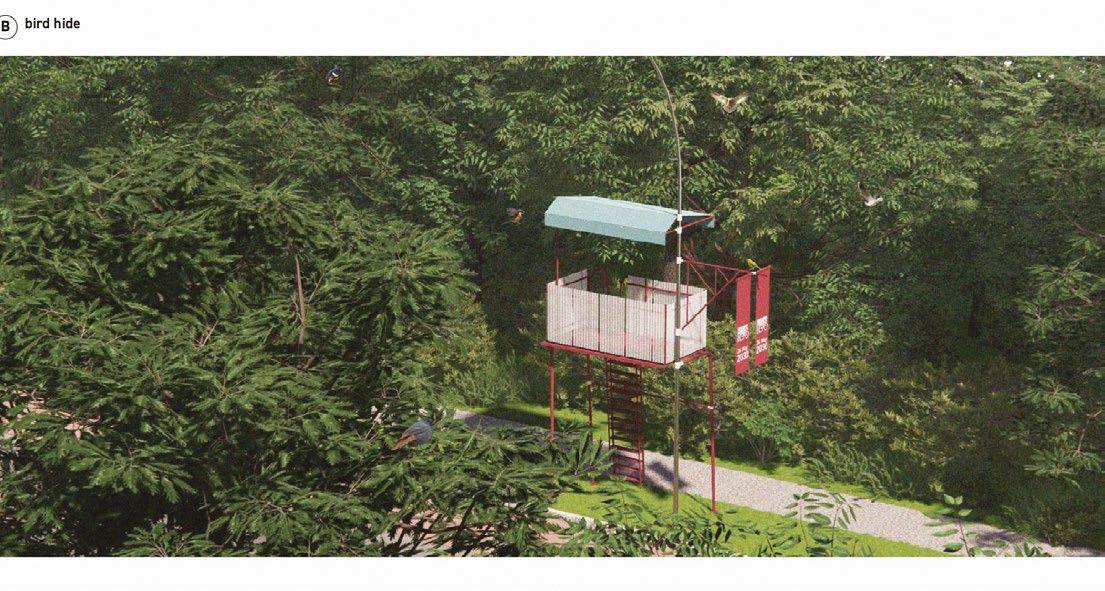
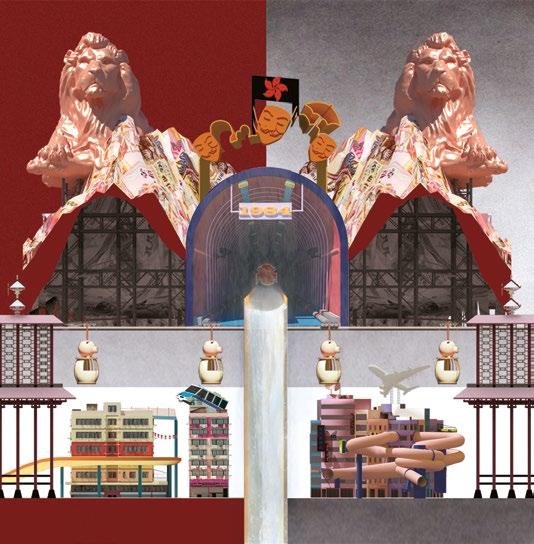
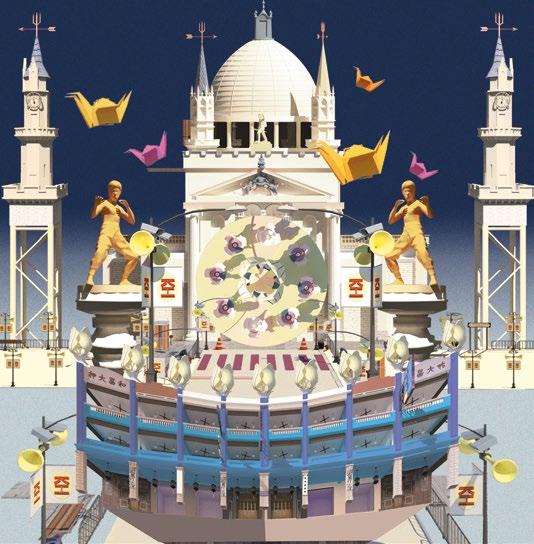
















Max Dewdney, Susanne Isa
In PG15, we are interested in architecture as a discipline of which the profession is part. The solutions provided by architecture do not always manifest in physical buildings. Architecture is a system of knowledge and properties. We are all equal stakeholders in this planet and need to act collaboratively. We encourage students to develop highly individual ways of thinking, designing and making work.
This year we focused on design research on interrelated modes of temporality in the context of our relationship to the umwelt (the self-centred world), deep history and investigations into ‘managed retreats’ within the UK. We are interested in transdisciplinary approaches to objects, architecture and curation. The year was structured within 16 research topics from which each student selected three to explore individually.
A1 is for Apophenia
P2 is for Parallel Presence
D3 is for Dwelling
E4 is for Exosomatic Fragments
S5 is for Sensorial Surrogates
M6 is for Memory Engrams
F 7 is for Forking Paths
Y8 is for Year One
N9 is for Now
U10 is for Useless Usefulness
B11 is for Barely Imagined
R12 is for Random Excess
G13 is for Glitches
R14 is for Raum
Z 15 is for Zeitgeist
T 16 is for Topological Historicity
The project for the year was ‘Dwell/Dwelling’. To dwell is ‘to live in a place or in a particular way’. A dwelling is ‘a house or place to live in’. The project consisted of three parts: 1. to design an object that relates to one or more of the research topics; 2. to design a room for that object; and 3. to design a dwelling for that room.
The site of investigations for Year 4 projects was Goole: a town and inland port in the north of England. It is part of a Homes England masterplan to build thousands of new dwellings, and the site of a major manufacturing plant currently being built by Siemens.1 2 Year 5 students were encouraged to develop their own polemic agendas within the framework of the unit. Our field trip to India explored ‘Parallel Presents’ though an investigation into a number of places, seminal buildings, landscapes and institutions.
Year 4
Deluo Chen, Jack Cox, Nichole Ho, Mei See (Joyce) Leung, Philip Longman
Year 5
Stephany Govier, Oliver Hay, Luke Hurley, Wei Lau, Clement Laurencio, Nhut Nguyen, Luke Sanders, Phot Tongsuthi, Jia Min Wong, Mengqiao Zhang
Thanks to our technical tutors Marcel Rahm, Martin Sagar, Alex Mark, Shane Orme
Special thanks the following for their support for crits, field and site visits: Alastair Browning, Nat Chard, James Chatfield, James A. Craig, Bobby Desai, Katherine Desai, East Riding Council, Pedro Gil, Helen Hoult, IIMA, Ismet Khambatta, Stefan Lungen, Sean McAlister, Julian Mogera, John Ng, Tim Norman, Bimal Patel, Frosso Pimenides, Marcel Rahm, Martin Sagar, Anand Sarabhai, Ronak Shah, Samir Shah, Muhammad Shamin Bin Sahrum, Abhinava Shukla, Sarah Smith, Mohammed Syafiq, The Mill Owner’s Building, Yeena Yoon
1. Homes England is the non-departmental public body that funds new affordable housing in England.
2. https://new.siemens. com/uk/en/company/ about/goole.html
15.1 Nhut Nguyen, Y5 ‘A Manual to Confront and Reconcile with your Body’. A new dwelling condition of disembodiment is seen following the Covid-19 pandemic. The project questions this through a series of transformations between the body and the room, and through the design of an office for a plastic surgeon. Situated on Harley Street, the office is an uncanny architecture of the body, for the body with the purpose is to allow the users a chance to confront and reconcile with their lost body parts.
15.2 Mengquiao Zhang, Y5 ‘Mr Smith’s Dwelling, 2020’. In 2020, the age of surveillance capitalism, the predictions of George Orwell’s 1984 are arguably happening in an alternative way. The value of privacy diminishes, while humans’ behavioural data are monetised. The project, set against this issue, translates book’s storyline, symbolic objects and metaphors into architectural spaces. Mr Smith is designed to be a parallel protagonist for a hybrid cupboard dwelling. The cupboard can be unfolded, showing the duality of appearance and substance. The final drawings provide unusual viewpoints and glimpses that recontextualise the dwelling with reality.
15.3 Philip Longman, Y4 ‘Turning the Tide‘. This project proposes a research centre on the banks of the River Ouse. Sitting at the centre of the confluence of two tidal rivers and the managed levels of the Ouse docks, the project seeks to explore water at multiple scales: at the scale of landscape, through speculation on what the future of water management may look like; as a networked installation at the scale of the town; and at the scale of the building, through its relationship with water.
15.4 Jack Cox, Y4 ‘A Bath House for Goole’. This project proposes a bath house and natural swimming lido for the old quarter of Goole, Yorkshire, while trying to explore the relationship between earth and water, which the town precariously survives on. The building tries to echo and reflect the long and embedded histories of the site, the cuttings and vertical drama within the building, recalling the expressiveness of the neolothic earthworks that litter the surrounding landscape of Yorkshire.
15.5 Oliver Hay, Y5 ‘The Twoday Room: Interrelated Temporalities on Northey Island’. During a time when we are under a global lockdown, the only interactions with other timezones and locations are online via a 2D screen. This project proposes a mode of dwelling that allows the inhabitant to register parallel and interrelated temporalities from around the planet, while reinforcing an awareness of their own isolated presence at a precise point on the surface of the Earth.
15.6–15.8 Wei Lau, Y5 ‘Goole Forestry Commission’. At the time of climate crisis, the term ‘sustainability‘ is often overused and technical. The picturesque gives new emphasis to the environment. It demonstrates how we can create hope for the future, through the landscape. The UK needs 1.5 billion trees by 2050 to counteract climate change. However, half of England is owned by 1% of its population. What if the Crown Estate – which owns rivers near Goole – bought a house and transformed its window view, then donated it to the National Trust?
15.9, 15.17 Clement Laurencio, Y5 ‘Apartment #5: A Labyrinth and Repository of Spatial Memories’. In this period of lockdown due to the global pandemic, we are isolated in our homes, left with our memories of faraway places, with only our photographs to recall them. Sited in London, this project is set both in real and imaginary space. It seeks to recreate atmospheres and spatial conditions of the places remembered through memories from a recent voyage to India. Memories are rekindled by manipulating scale, forced perspective and recreating the atmospheric phenomena of the places. However, they may become embellished, corrupted, reimagined; a labyrinth of memories.
15.10 Mei See (Joyce) Leung, Y4 ‘A Celebration for Goole’. This project celebrates the shipbuilding industry of Goole by linking the building with the shipbuilding industry. It gives a symbiotic meaning to Goole by protecting and restoring its lost shipping heritage. By amalgamating all the different typologies of ships from each period, the new profile of the building celebrates the extinction of shipping industry. It is used as a wedding registry office for the people of Goole to celebrate in. It also receives blessings from visitors from other countries as they enter Goole. At the beginning of a new life journey, they are reminded of their roots and the glorious shipbuilding industry and look forward to their next steps.
15.11 Nichole Ho, Y4 ‘Liberty Walking’. The act of walking carves a mental map which enables us to walk without navigational assistance, to take liberties with the city and go against what it prescribes. To take shortcuts, alternative routes, to create our own desire lines, to ‘dwell‘. This project begins with a toolkit of elements that serve as walking markers. The initial study then manifests itself in a masterplan for Goole, proposing a music academy and a house for a musician-in-residence.
15.12 Luke Hurley, Y5 ‘Experiential Museum of London Folklore’. A series of Temporary Follies along the Parkland Walk, which curates an experiential museum, cataloguing London’s folklore. The museum mediates between the accessibility of digital museums and the physical nature of the traditional museum forming part of a distributed network of museums connected to the Victoria and Albert Museums. This makes physical art and culture more accessible, dissolving the walls of the museum by fragmenting it along a public walkway, creating open-air, accessible follies, which reconnect the citizens of London with their local, collective, cultural identities.
15.13 Luke Sanders, Y5. ‘Queen of Clubs’. Sited in London’s Soho, Queen of Clubs is a LGBTQ+ nightclub revolving around the artform of drag. The project responds to the 58% drop of London’s LGBTQ+ venues over the past two decades as remaining ‘safe spaces’ struggle to survive under the threat of gentrification. Comprised of a series of interventions along Berwick Street leading up to the core venue, the project aims to reclaim Soho as a ‘gay village’ by celebrating queer culture through an architecture of performance.
15.14 Jia Min Wong, Y5 ‘Nowhere: How to Construct a Piece of Malaysia in London?’. This project explores the duality of the notion of ‘home’, that can be both familiar and foreign. The project constructs a territory that transcends national boundaries, where experiencing the transition between Malaysia and UK is compared to the psychological curve of cultural adaptation. By referencing the Malay term ‘rumah’ that can mean ‘house’ but simultaneously a space within a house, the project is not only for curing homesickness by ensuring familiarity, but also gradually exposes users to new contexts.
15.15–15.16 Stephany Govier, Y5 ‘The Grieving Monuments’. Within the context of accelerating global environmental changes, this project investigates the interrelations between a planetary network of 360 monuments that circumscribe the globe, marking the intersection of the Earth’s longitudes to the Equator, while raising awareness of the global impact of climate change by mourning the loss of the most diverse ecosystems on the planet. Bringing environmentalists together from all around the world, The Grieving Monuments mark the uniqueness of the Equator while bringing people together in a moment of empathy towards Earth’s environments.





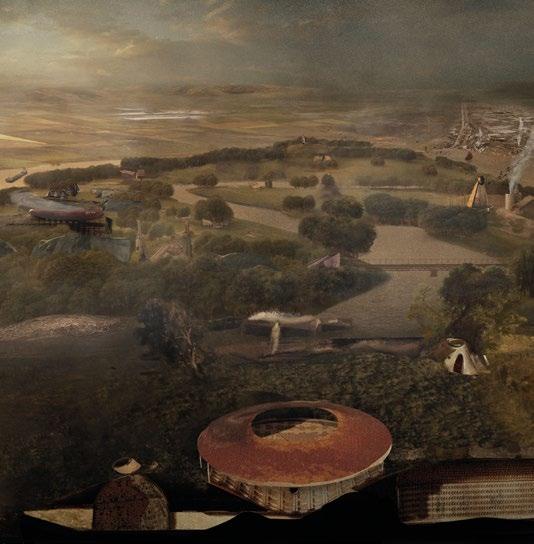




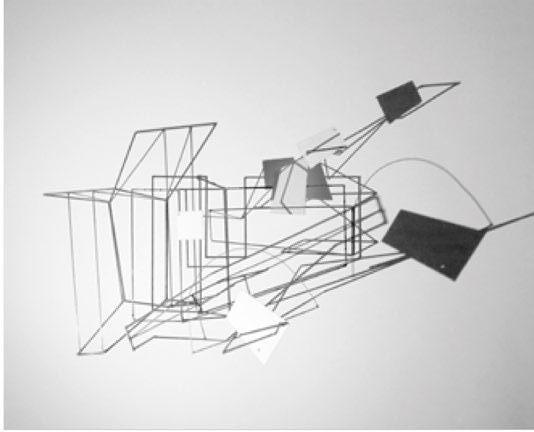
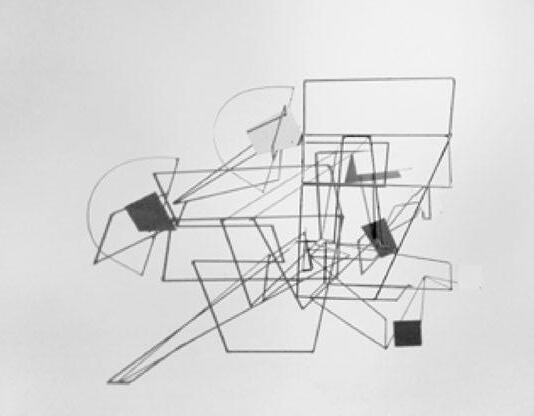








Max Dewdney, Susanne Isa

Max Dewdney, Susanne Isa
PG15 explores the transdisciplinary fields of art, architecture, museology and anthropology as a means to explore the psychology of places, narratives of history, mythologies, rituals and magic. We focus on collections, typologies and curation, and create episodic, surreal and transformational architecture, objects, spaces and landscapes. ‘Lost Empires – New Tribes’ was the theme for the year with the New Silk Road – a route that flows both ways from Yiwu in China to Barking in London – as our chosen site of investigation. In their research, students explored the following themes that underpinned investigations into ‘deep time’ and ‘deep history’:
1. Anthropo-Technology: A term coined by German philosopher and cultural theorist Peter Sloterdijk (b.1947), who describes how technological prosthetics and the merging of bodies and machines are radically altering our sense of self, shifting boundaries of nation(s), as well as our relationships with each other and bodies or ‘clouds’ of knowledge. It refers to the duality between technology and the body; home and exile; transit and stasis; shifts in imagination and how these alter how we draw, make and represent the scale of the body in space; and spaces of architecture between the object and body in motion.
2. Memory Institutions: As much as there is a need to conserve and preserve, there is also a need to rethink. How does the analogue have a digital afterlife? How can the digital and digital-born be preserved? The memory of place and journey are different for users and, in PG15, we are interested in discovering innovative ways to represent things geographically that can create new territories and landscapes.
3. Transcultural Exchange: The original Silk Road was as much an exchange of language as it was goods, and can be seen as the birth of globalism. Today, the physical infrastructure of ports, stations and airports, as well as transatlantic data routes, create greater connectivity and global synchronisation. Free-trade ports, and the towns surrounding them, generate markets, illicit trade and counterfeit goods. Art and biological exchange create spaces of multitude, transmutation, fluctuation and temporality. The pluralism of tongues creates cultural exchange.
The first project for PG15 was to design a ‘New Silk Road Souvenir’ and a ‘Parallel Encyclopaedia’ to enable each student to establish their own research topics. For Year 4 students, this developed into a small building project in Barking, East London, whilst Year 5 students established their own individual thesis project.
Year 4
Naysan Foroudi, Heman Galal, Stephany Govier, Oliver Hay, Wei Lau, Clement Laurence, Nhut Nguyen, Saria Saeed, Luke Sanders, Bogdan Stonciu, Jia Min Wong, Mengqiao Zhang
Year 5
Anastasia Leonovich, Phot Tongsuthi, Lu Wang
Special thanks to Marcel Rahm and Martin Sagar
Thanks to: Barbara-Ann Campbell-Lange, James A. Craig, Pedro Gil, Simon Herron, Alex Mark, Seán McAlister, Thomas Parker, Stephanie Reid, Marcus Seifermann, Mohammed Syafiq Hassan, Nicholas Szczepaniak, Jerry Tate, Jonathan Walker, Yeena Yoon
15.1, 15.14–15.17 Anastasia Leonovich Y5, ’The Living Organism of Karakum’. This project uses biological mechanisms of a camel as a backbone and imagines a structure in the desert that gathers water from an existing crater. The water is cleaned through the processes of aeration and filtration, and regulates its ‘body temperature’ by either cooling or heating the spaces.
15.2,15.6–15.7 Clement Laurence Y4, ‘Pavilions for Conversation’. In light of the New Silk Road linking China to the UK, this project explores the notion of the tea ceremony as an act of conversation and cooperation between countries. Traces of movement are recorded on the table cloth, and are hidden from sight within the thermochromic shroud, revealed only when in contact with body heat. From these movements, pavilions are created to reflect the ritual. The architecture becomes elemental in nature, with the pavilions acting as sheltering stone caverns, which provide a place for conversation to flourish and disputes to be settled.
15.3, 15.12 Stephany Govier Y4, ’The Soil Institute’. Based upon research on myths and the duality of objects and materials, ‘The Soil Institute’ explores the passage of time and the process of healing, whilst indicating soil degradation and grieving over the global soil crisis. With the aim of achieving sustainable soils for future generations, the Institute is the first step towards a global intervention that uses phytoremediation and steam as healing methods.
15.4–15.5, 15.8, 15.22 Oliver Hay Y4, ‘Scaling Disjuncture’. This project is an investigation into measurement and the disjuncture between different systems of measurement. The principles of the study were established through initial research into the 12,000km railway line that links Barking in London with Yiwu in China as part of the New Silk Road initiative. The subtleties and extremities explored within the initial investigations were then focused on Barking in East London in a design for a cricket pavilion that engages with themes of weight, measure and disjuncture.
15.9, 15.23 Mengqiao Zhang Y4, ’The New Silk Road Terminus, Barking International Station’. This project reveals the symbolic meaning of the New Silk Road. The arrival of the first New Silk Road freight train in Barking from Yiwu, allowed this project to imagine it as a passenger railway which links the east and west. Research into the signalling of rail systems across the landscape and neurological connections inside human bodies is embedded into the design to reimagine the typology of a train station. By translating the exchange status into lighting signals, the architecture celebrates the beauty of arrival and departure.
15.10–15.11 Wei Lau Y4, ’The Flaming Mountain’. Humans have always been fascinated with nature, thus, landscape is a constant source of inspiration in creating a work of art. ‘The Flaming Mountain’ in Barking represents transcultural exchange and is a slice of China’s history transplanted into the UK. It is a diplomatic gift that addresses the new imperialism of China’s ‘Belt and Road Initiative’ – a global development strategy – and is representative of the ties between the two countries post-Brexit.
15.13 Bogdan Stonciu Y4 , ’Barking Institute of Hydrology’. Architecture usually responds to what is perceived as a threat by either retreating or defending. In response to rising sea levels, this project proposes a teaching and research facility that embraces its location and connection to the River Thames. Water is collected, filtered and allowed to enter the building. Sections of the roof direct rainwater either towards the inflatable pods located inside or, when these are filled, towards the central courtyard. The floating foundation sinks slightly after heavy rainfall, with the building appearing as an island.
15.18 Luke Sanders Y4, ’Transit House’. Focusing on the UK’s automobile manufacturing industry, ‘Transit House’ used the Ford Dagenham Factory in Barking as an industrial landmark to explore car-metal stamping and mass production. The project offers an alternative solution to the London housing crisis, in the form of self-build mobile homes constructed from metal-stamped components prefabricated on the former factory site. The project makes use of under-utilised brownfield sites. 15.19, 15.21 Nhut Nguyen Y4, ‘Making A Moon’. An attempt to bring the moon closer to us through multiple scales and methods, this project translates the unreachable subject into a more familiar system of reference that we can fathom: a birch ball viewed in the dark, a mirror with fingerprint smudges, a cafetière, a suction cup, a dance between two reluctant dancers or a plan to kidnap the moonlight.
15.20 Jia Min Wong Y4, ’Dagenham Sankei Mandara’. Sankei Mandara are representational maps showing a pilgrimage to the Buddhist sacred ground. A Buddhist retreat surrounded by man-made forest is reimagines the industrial site in Dagenham as a new Belt and Road Initiative city. Mogao Cave 61 in China, and the mural drawings within it, are studied to understand how to alter the perception of large and small, and near and far. This is then translated into the experience of approaching the Buddha statue in the centre of the Sankei Mandara landscape.
15.24, 15.25 Lu Wang Y5, ’Khorgos Trade Union Archive’. This project revolves around a protest held on 1 May 2020 in defence of the rights of workers in the city of Khorgos in China. The memory of the protest event is preserved in a clandestine visitor centre and archive adjacent to Trafalgar Square in London, exhibiting artefacts from the event. Its purpose is to inspire workers to develop ad hoc skills to promote their rights by establishing their own trade union.





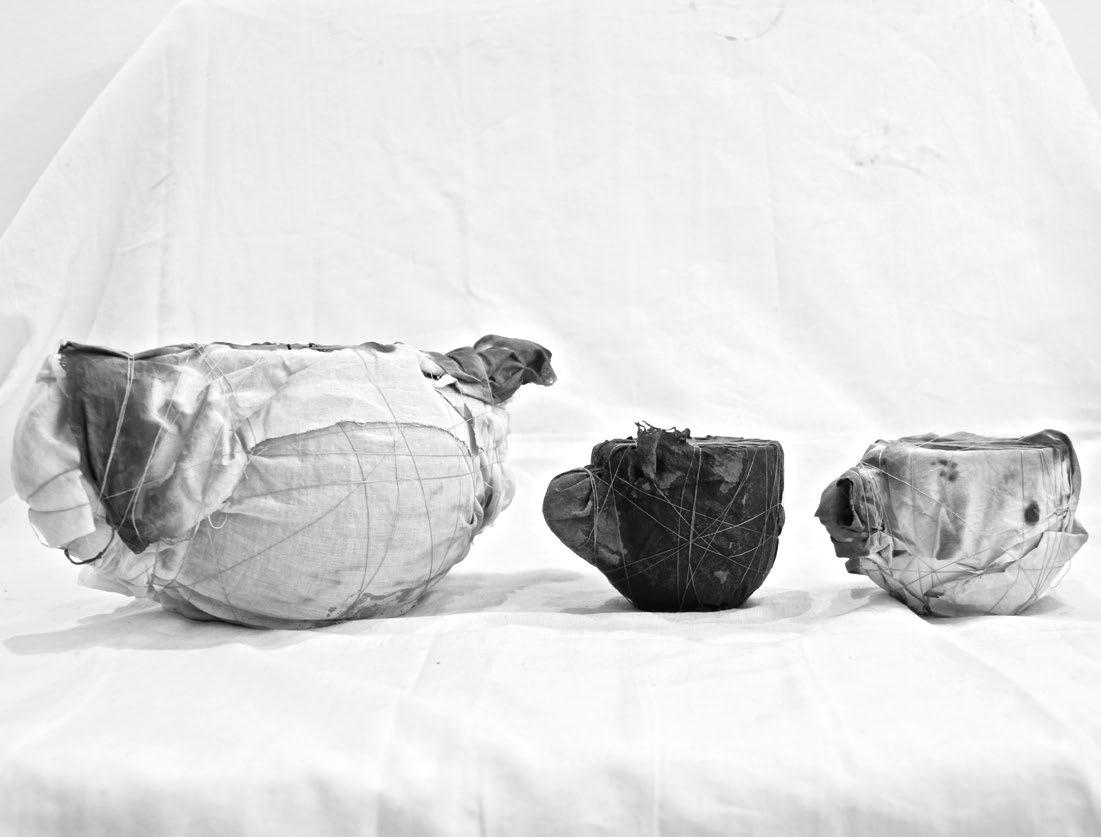


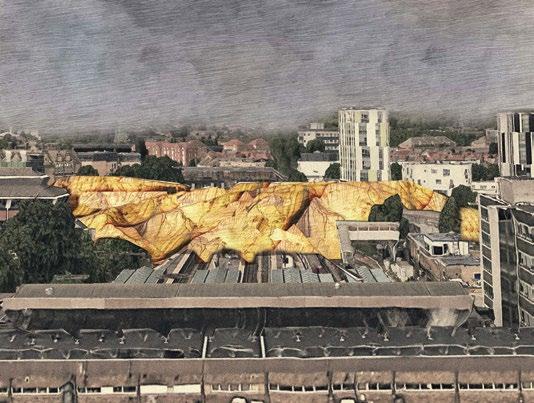
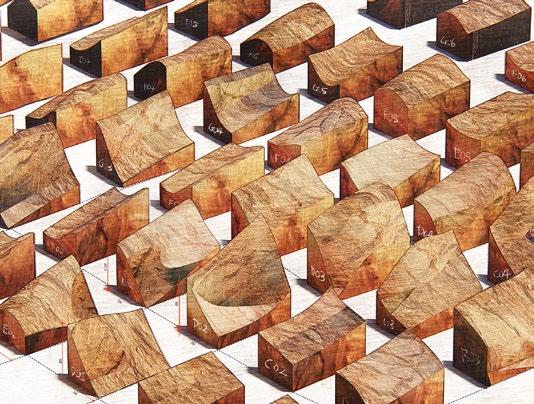

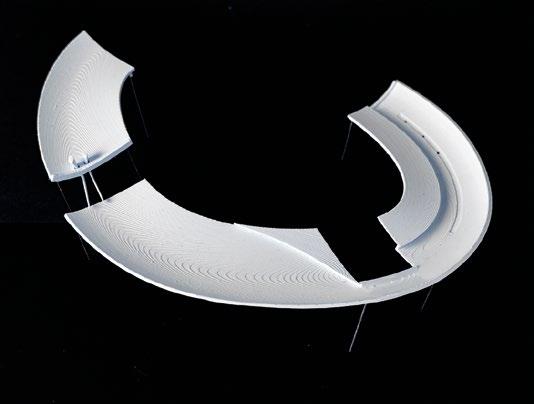



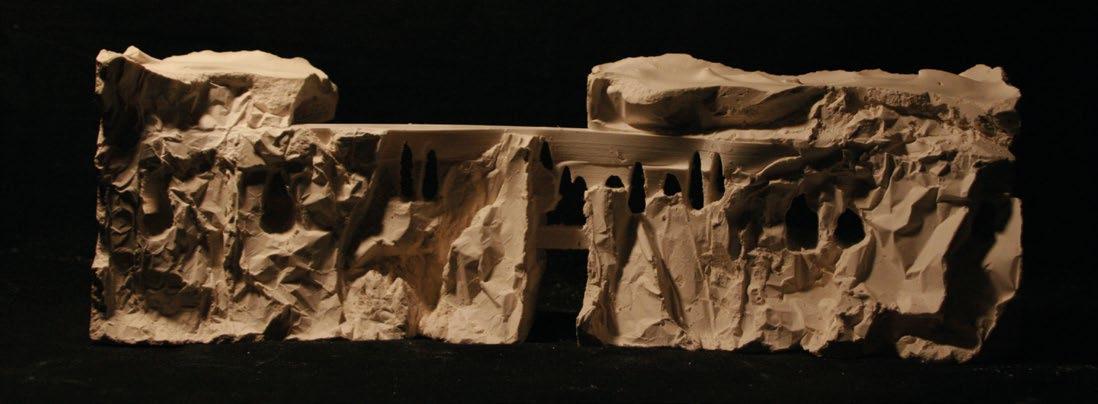










Year 4
Josh Corfield, Paddy Fernandez, Stefan Necula, Katriona Eleni Pillay, Wonseok Woo
Year 5
Qiuling Guan, Jiatong Hu, Yue Ma, Sachi Oberoi, Bethany Penman, Henry Schofield, Zuzana Sojkova
Thank you to Ed Clark
Unit 15 explores the identity of places and how the transformation of a piece of city can be brought about by buildings that are rooted in their place. Our projects are driven by research into geographical, cultural and economic contexts in order to create a sense of place and community. We investigate the intersections between craftsmanship, volume production and innovative digital design tools, alongside the role narrative plays in designing a building.
This year’s projects are set in Lisbon. The city’s geography is beguiling: seven hills reveal dramatic vistas at every street corner, the Tagus estuary promises so much and the line at which river becomes ocean is palpable. Lisbon’s position on the edge of Europe has shaped its identity, its architecture and the civic sensibilities of Lisboetas. Rather than being mired in European affairs, Lisbon has always looked outwards, towards the sea – towards Africa, South America and Asia. The city is an expression of its inhabitants and their relationship not only to the sea but also to history and craft: from calçada pavements to the azulejos, the predominantly blue-and-white ceramic tiles that decorate countless walls of everything from churches to bars. Lisbon is both high-octane and relaxed; it is young and diverse, tolerant and affordable, and washed in a sublime light.
Today, the riverside edges of Lisbon, from where the great explorers set off, are disconnected from the city and its hills. We propose buildings that reconnect the city to its riverfront. The projects are located along Lisbon’s Arco Ribeirinho, stretching from the EXPO ’98 site in the north to the Torre de Belém in the southeast.
On our field trip, we travelled from Porto to Lisbon, investigating both cities’ distinct relationships with their respective rivers, the Douro and the Tagus. We visited key buildings along our journey including the Leça Swimming Pools by Alvaro Siza, the Casa da Musica by OMA and the recently completed MAAT museum. We exchanged ideas with Afaconsult, the engineers behind Eduardo Souto de Moura’s Braga stadium, and Aires Mateus, the architects who designed EDP’s Lisbon headquarters.
Students conceived their individual projects through an intensive exploration of Lisbon’s cultural, historical and physical topography. Proposals vary in scale from urban projects that look at larger parts of the city down to individual buildings which are tightly integrated into their surroundings. Together, they create a vision for a Lisbon newly reconnected to its waterfront and redefine a city’s 21st-century relationship to its river.

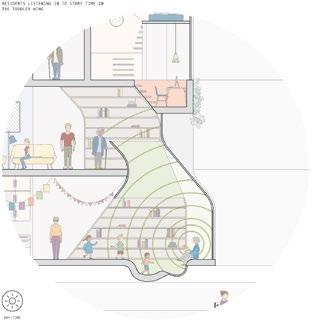




Fig. 15.1 Henry Schofield Y5, Lisbon’s ‘Belem Four Dances’ masterplan acknowledges the existence of three of the city’s most prominent former colonies: Brazil, Angola and Mozambique, which all share exquisite carnival, theatrical and dance heritages. The masterplan creates a new common ground in Lisbon within which performance art becomes the daily programme of the site and a place of expression for marginalised Africans and Brazilians who have been displaced by postcolonial Portuguese society. The masterplan is a series of four pavilions, meeting spaces or carnival arenas amassed within an urban project which speaks of the typological nature of each country’s national dance. The scheme aims to regenerate Belem’s waterfront promenade by reconciling the divide created by an eight-lane road and railway line.
Figs. 15.2 – 15.3 Bethany Penman Y5, The ‘Belem Intergenerational Residence and Pre-School’ socially integrates generations. The project aims to address the needs of an ageing population while also addressing the care concerns of the elderly and the young. The building combines three typologies: a nursing home, a student halls of residence and a pre-school, to form a new typology. During the day, the pre-school provides opportunities for the elderly residents to interact with young children. At night, student residents socialise with their elderly neighbours. There are many recognised health and social benefits of intergenerational programmes, such as increased self-worth and a decline in depression. Engaging spatial layouts and circulation routes aim to highlight and encourage the mingling of these three groups. 15.3

Fig. 15.4 Josh Corfield Y4, ‘Cultural Exchange’. The Cultural Exchange represents a new chapter in Lisbon’s rich history of multiculturalism and outward acceptance. United beneath an overarching roof that reveals a canvas where interaction and integration can happen below, a non-verbal exchange between two cultures is promoted through key cultural platforms that epitomise a national identity – dance, food, music and craft. The roof represents a social catalyst that aims to ignite and foster understanding between different nations, playing an active role in establishing new relationships and cultural awareness. The proposal is an extension of Lisbon’s urban realm, delineating a vibrant new public centre in the city.
Fig. 15.5 Paddy Fernandez Y4, ‘The Entrepreneurs’ City’. The project rethinks the relationship between a workplace
and the city in the age of digital technology. The proposed space is dynamic and energetic. Each work cluster is staggered to provide unique sightlines throughout the building and out to the city and the Tagus River. The project explores how an architecture can influence behaviour and how the delicate mechanics of the city already contribute to the patterns and interactions of its users.
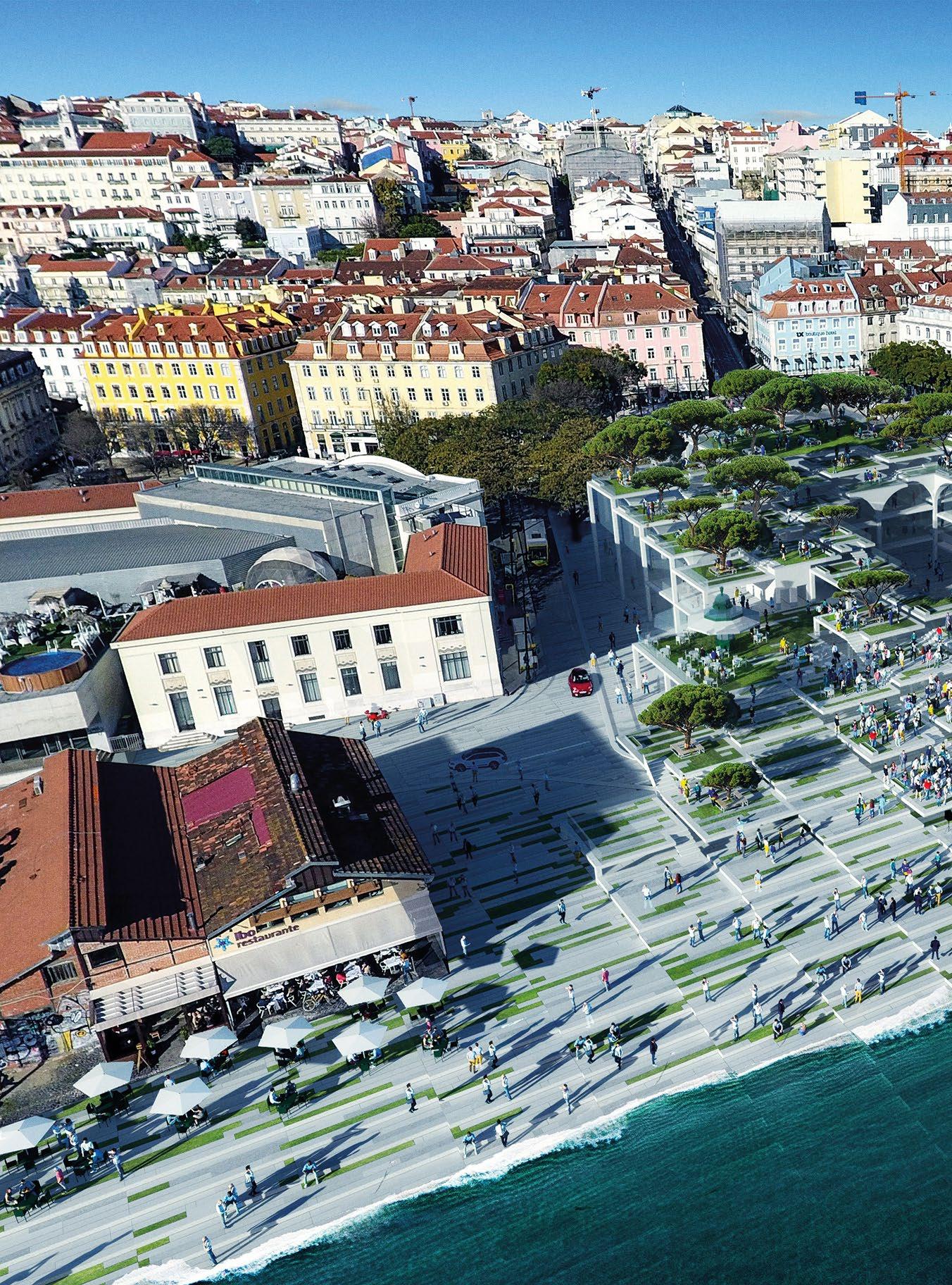

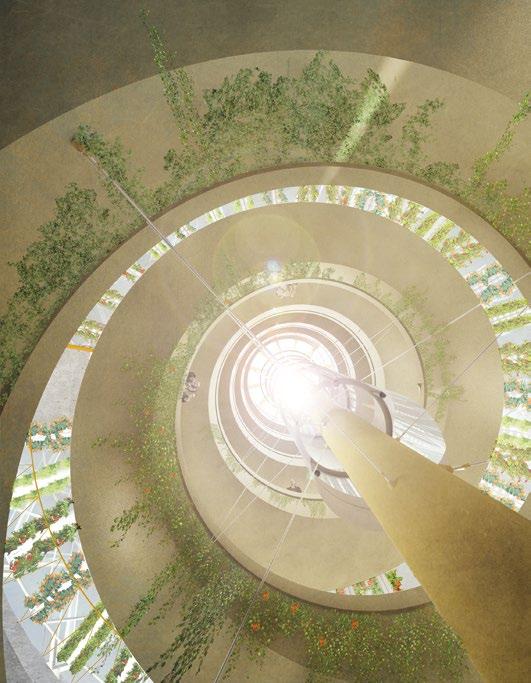

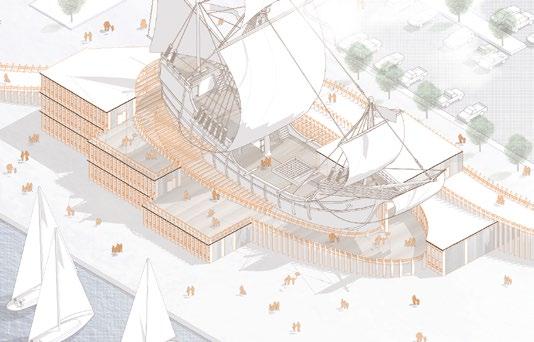
Fig. 15.6 Stefan Necula Y4, ‘Silo Vivo’. One of Lisbon’s most striking features is its southern light, which results in a pleasant climate all year long. The project aims to harness these natural elements as a design driver. It proposes to convert an existing industrial silo into a hydroponic farm which houses a seafood restaurant on its ground floor. The building’s internal ecosystem is designed to maximise yield while keeping waste production and energy consumption to a minimum. Thus, the 1,200m² of growing area can produce the ingredients for 350 restaurant meals a day. Fig. 15.7 Jiatong Hu Y5, ‘Lisbon School of Seafood’. Fishing has always been a major part of the Portuguese economy. Lisbon’s coastline used to be populated with docks for fisheries and offshore seafood markets. Today, all memory of Lisbon’s former fishing industry is lost. This


project aims to bring Portuguese seafood culture back into the heart of Lisbon. An amalgamation of a fish market, a cooking school, a restaurant and public spaces re-engages Lisboetas with their maritime past. Fig. 15. 8 Wonseok Woo Y4, ‘Growing Discovery Museum’. Fig. 15.9 Qiuling Guan Y5, ‘Tagus Baths’. An extensive beach once defined the waterfront and image of Lisbon. The growth of the port, accelerated by industrialisation, reshaped the riverfront into an embankment of concrete. The project proposes an urban bath located in an abandoned dry dock close to the centre of Lisbon. It seeks to bring the lost tradition of bathing in the river back to life. The dry docks are converted into a large pool and an urban beach connected to the tides of the Tagus.
15.10
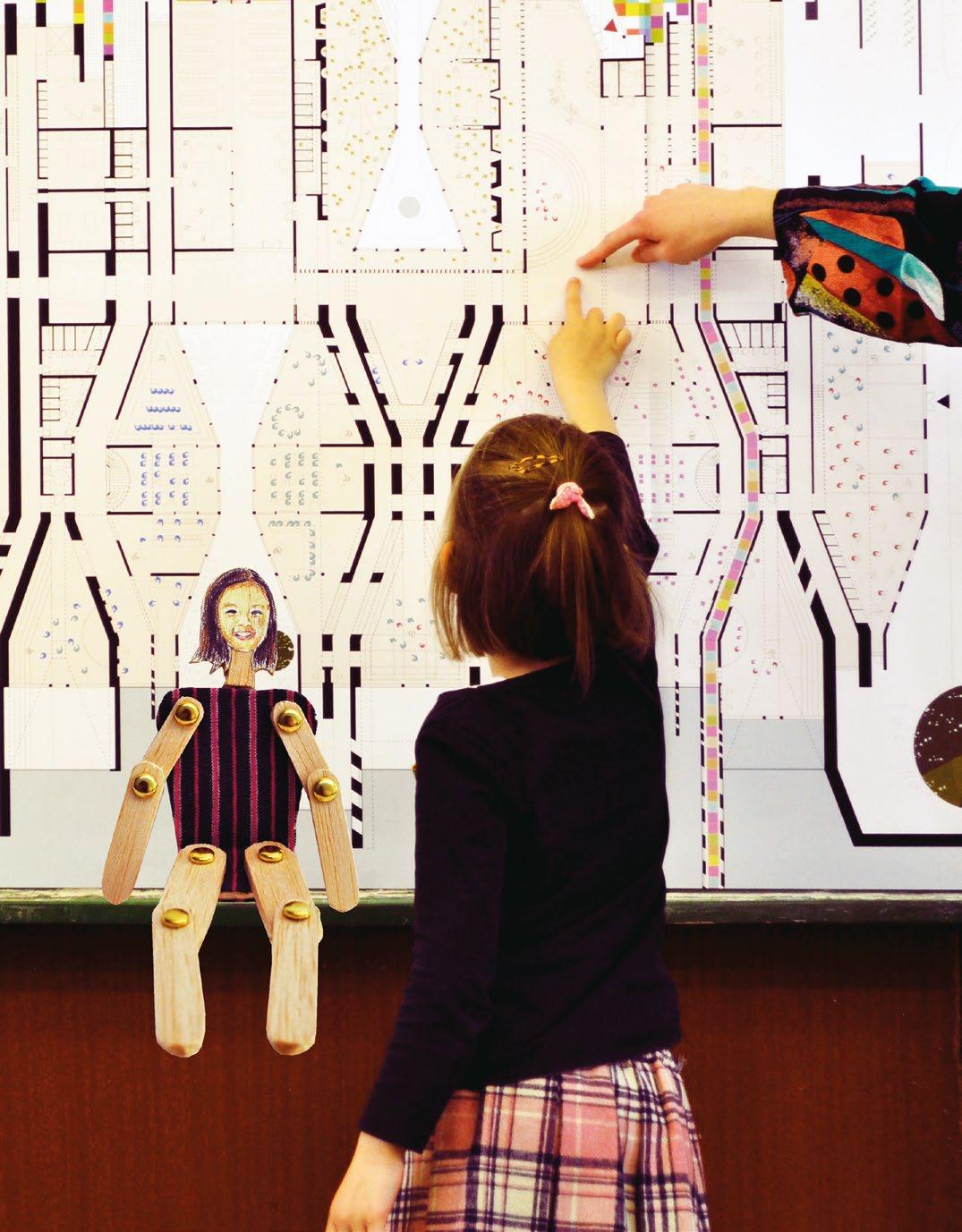
Fig. 15.10 Zuzana Sojkova Y5, ‘Intercultural School’. The project aims to explore the possibilities of incorporating theatrical principles into education design in order to provide a common world for children from all corners of the planet, while fostering mutual understanding and respect. Such educational space should spark creativity, spatial awareness and courage, resulting in experimentation and an environment which produces flexible individuals who accept life as ongoing and in constant flux. In order to test the findings and filter the research question through children’s minds, drawing tasks were assigned to pupils from Zuzana’s former primary school during the project’s development. Findings from that workshop further informed the design project.
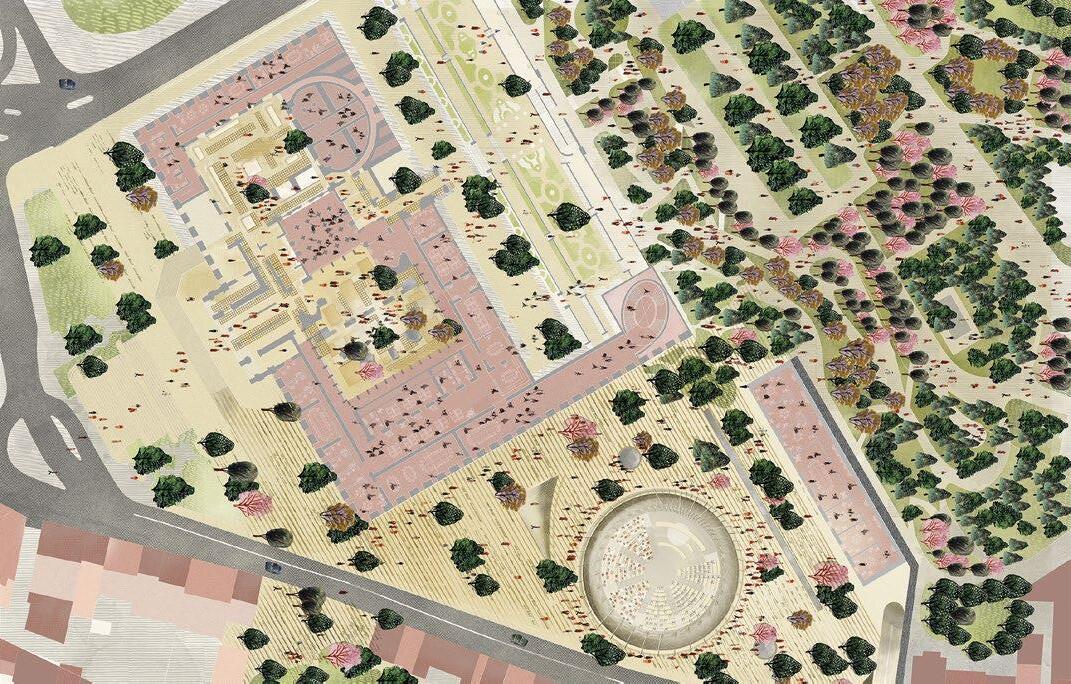


Figs. 15.11 – 15.12 Sachi Oberoi Y5, ‘The People’s Chamber’. The project questions the lack of transparency between politicians and the public, and the role of parliament today. In Lisbon, the debating chamber – where essential decisions affecting the country are made – is actually tucked away, hidden from public view, in an imposing neoclassical structure. My proposal removes the debating chamber from the cloister of the São Bento palace and places it next to the palace, in order to create transparency between the politicians and the public. In addition, rather than being shrouded with ancient and intimidating symbols of ornamentation, the architecture of the new debating chamber celebrates the two key eternal elements of the city: the golden light of Lisbon and its people.
15.13 Yue
separated from its urban fabric by a continuous ‘wall’: the transportation network developed on the edge of the water to serve the industrial port over the past two centuries. These important infrastructure settlements, which have brought enormous wealth to the city, have become an obstacle in the way of its citizens’ enjoyment of the sea. The project proposes a 7.5km linear park raised above the existing transportation artery in order to create a multitude of connections between the waterfront and the city.



Figs. 15.14 – 15.15 Katriona Eleni Pillay Y4, ‘Lisbon Community Garden of Social Reintegration’. This project celebrates the raising of a new self-sustaining garden hub housing a programme that aims to reintegrate Lisbon’s displaced people back into society. As part of a wider national ‘Community Garden Project’, working alongside ‘Serve the City Lisboa’, the project – which approaches the Tagus as a green belt – is a knowledge-sharing base and inclusive platform that roots an integrated place of exchange with a socially driven programme, encompassing principles of integrity, kindness, respect and collaboration.
Aleksandrina Rizova, Stefan Rutzinger, Kristina Schinegger
Year 4
Thomas Bush, Qidan Chen, Qiuling Guan, Juwhan Han, Yue Ma, Elena-Cristina Militaru, Helen Siu, Bethany Penman, Dionysios Toumazis, Ching Yiu Wong
Year 5
Che-Hung Chien, Yulia Gilbert, Ruxandra Maria Gruioniu
Consultants: Kyriakos Anatolitis (Atelier Ten), David Edwards (Herzog and de Meuron), Paul Officer (Design ID)
Critics: Isaïe Bloch (UCL), David Campos, Sam Clark (PLP Architecture), Christina Dahdaleh (UCL), Oliver Domeisen (UCL), David Edwards (Herzog and de Meuron), Gianmaria Givanni (Studio Givanni), Pravin Ghosh, Jack Newton (RSHP), Paul Officer (Design ID), Ricardo de Ostos (UCL), Gilles Retsin (UCL), Javier Ruiz (UCL), Johannes Schafelner (Zaha Hadid Architects)
This year, students’ projects were situated in Rio de Janeiro, a spectacular metropolis in a stunning natural setting. Rio is an amalgam shaped by cultural and economic extremes, such as the polarity of prevalent Catholicism and the intense physicality of samba and the carnival; the separation between extremely wealthy and impoverished groups; and the antipodes of dense urbanization and the tropical beauty of Rio’s National Park, to name but a few.
Rio is also a fascinating mixture of cultures and ethnicities. It appears as a fragmented archipelago with segregated city parts on both sides of the spectrum – indigent favelas on the one hand and fortified buildings for the rich on the other. At first glance, Rio’s extremes tend to provoke shock and fascination. However, what turns it into a sensational and optimistic metropolis is its energetic public life and space, most tangible along its accessible beaches, which are populated by a large mix of different social groups.
The dynamics that transformed Rio into a modern metropolis can still be seen in its abundance of stunning modernist masterpieces. Modernist architecture aims at harmonizing opposites (such as human and natural habitats, city and landscape, and buildings and infrastructures) whilst allowing them to retain their autonomous elements.
Postmodernity favours overlapping of styles and the collage, thereby celebrating complexity and contradiction. At the turn of the century, digital architecture became interested in hybridization and seamlessness. Rio was our testing ground to develop contemporary strategies towards dealing with contradiction and fissures within the city. The notion of entanglement became our instrument to observe and analyse public space and the performative aspects of its related typologies. Students explored extreme conditions, natural and artificial landscapes and fringes of social interfaces in order to propose new multi-programmatic buildings and spaces.
The year commenced with a short project in order to define an individual spatial interpretation of the year’s topic. After the field trip, students chose individual sites and developed a building project in Rio. Unit 15 students are asked to explore innovative fabrication techniques, dynamic digital prototypes and material intelligence. Students develop a broad range of digital and analogue making skills informed by adaptive environmental and natural systems. Our experiments drift between analogue and digital – the hand and the computer – thus creating a state of hybrid entanglement.




Fig. 15.1 Che-Hung Chien Y5, ‘Permeable Fibrosity’. The notion of permeable fibrosity derives from the generation principles of living organisms where their intricate pattern formations evolve through interaction with external force conditions. Taking this as a starting point, the project aims at translating these fibrous patterns into a performative structural system with inherent spatial qualities and furthermore explores a permeable boundary between land and water in the port region of Rio de Janeiro. Fig. 15.2 Ching Yiu Wong Y4, ‘Entanglement: Domino House’. Early ink drop experiments challenge the typical typologies of vertical and horizontal elements and inform a new domino house where floors and walls are treated as a continuous surface merging and wrapping around to create interconnected spaces. The definition between floors

is blurred, establishing a smooth transition between circulation, surface and space. Through digital analysis, surfaces are developed as structural shells with a delicate array of openings. Fig. 15.3 Qidan Chen Y4, ‘Self-organised Formation: Urban Environment Centre & Swimming Pools’. Located in Rio’s historical city centre, near Praça XV de Novembro and the ferry station, the building aims to provide a public place for visitors and present environmental issues such as the Amazon forest deforestation and seawater pollution in Brazil. The structural design is based on a self-organisation strategy explored though physical models and digital simulation. Fig. 15.4 Cristina Militaru Y4, ‘Hybrid Entanglement: Material Experiment’. The project investigates the relationships within a fluid material as a self-organising
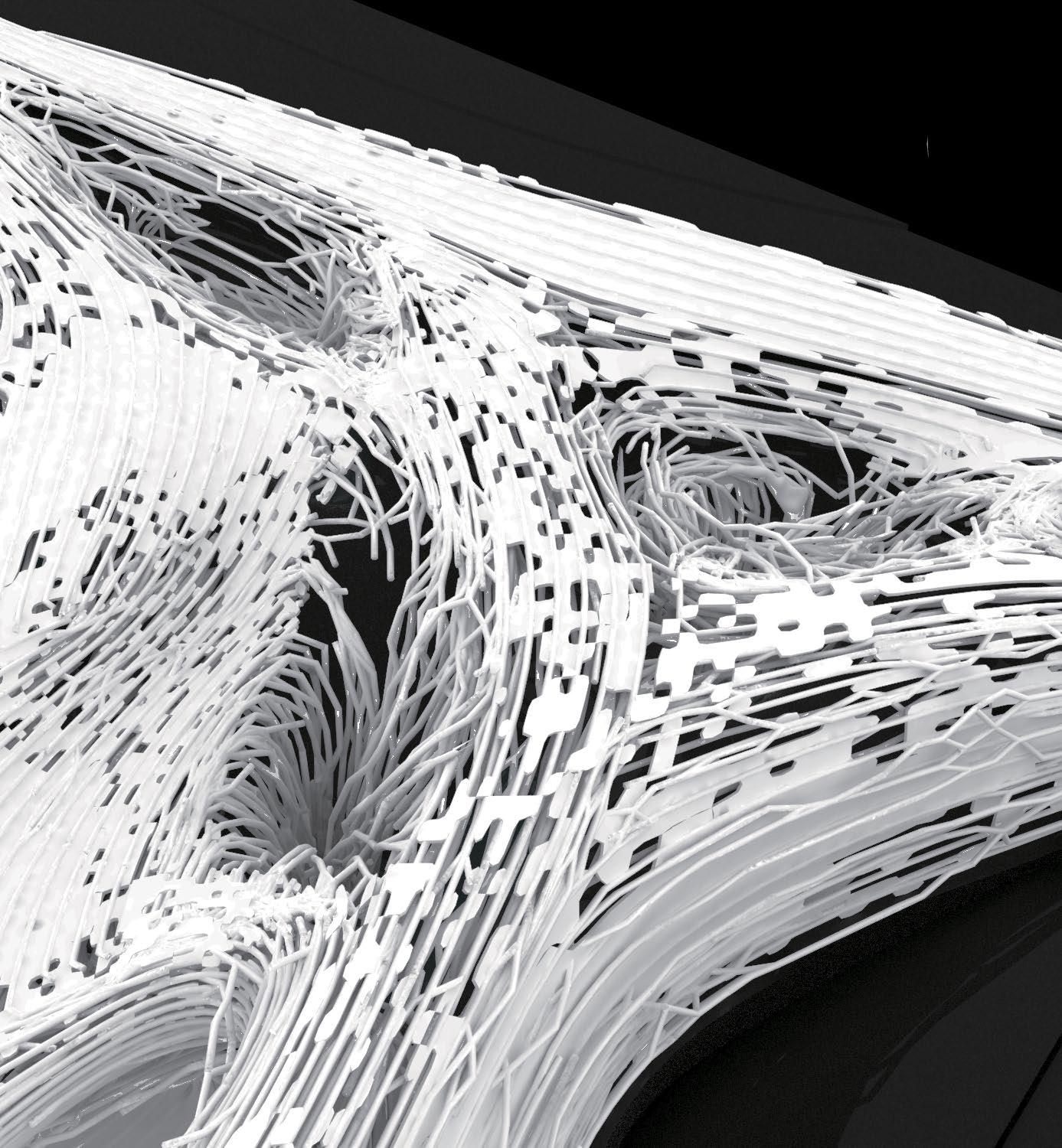
medium and movement. The material's natural performance informs the resulting system, in which the substance begins to entangle, creating its own structural strategy.
Fig. 15.5 Che-Hung Chien Y5, ‘Rio Domestic Ferry Terminal’. The proposed domestic ferry terminal creates a dynamic interface between the old industrial port area and a new public-scape. The fibrous formations create a permeable water landscape which acts as an obstacle when organising and separating arrival and departure circulation. The building comprises an undulated ground plane that floods locally in relation to the tide, thus establishing moments of pause and route diversion within the busy terminal. The roof evolves into floors and columns made up of multiple components which can be reconfigured to allow flexible use and easy future repair.
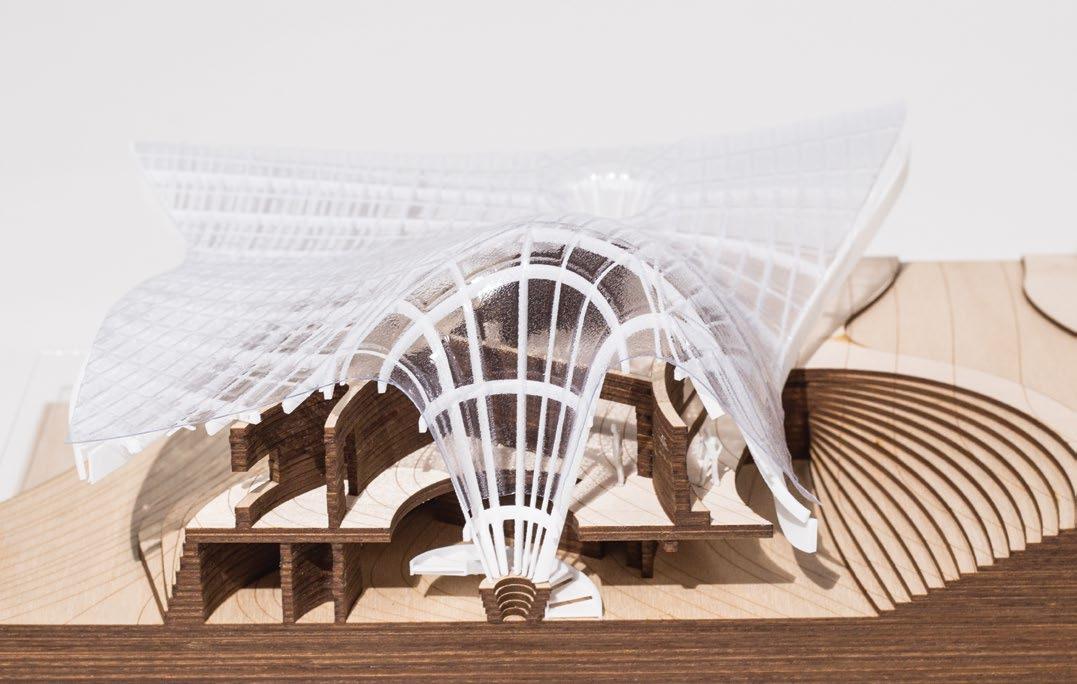

Fig. 15.6 Bethany Penman Y4, ‘The Kinaesthetic MarinaGuanabara Cable Park and Watersports Centre’. Situated along the coast of Rio de Janeiro, in an area currently closed off to the public, the project provides direct access to the water through a national competition swimming pool, training pool, children’s water-play area, kayaking training pool and a national-level 600m wakeboarding cable park. The structure consists of a sweeping canopy, formed using computational tools, that aims to temper the environment for the spectators below. The canopy penetrates the lower ground floor changing rooms, allowing natural light to flood these semi-basement areas. The building opens up the coast, addresses pressing environmental concerns and provides Rio with its first cable wakeboarding and water-skiing facility. Fig. 15.7 Yue Ma Y4,

‘The Diminishing Pavilion’. Early studies in crystallisation led to an interest in the distinctive morphology of particle aggregation at different material states, later applied on an architectural scale. The vertical cachaca distillery showroom in Rio de Janeiro consists of porous brick walls designed to provide views in and out, and also to condition the building.
Fig. 15.8 Qiuling Guan Y4, ‘Rio Samba Club’. The project is inspired by explorations in fluids material behaviour which are later translated digitally through simulations and physical models. The proposal features a continuous layered landscape which grows vertically to form the building façade louvres, stairs and balconies. The Samba Club provides an open space for dancing, and living space for the artists, whilst also creating a new public plaza.
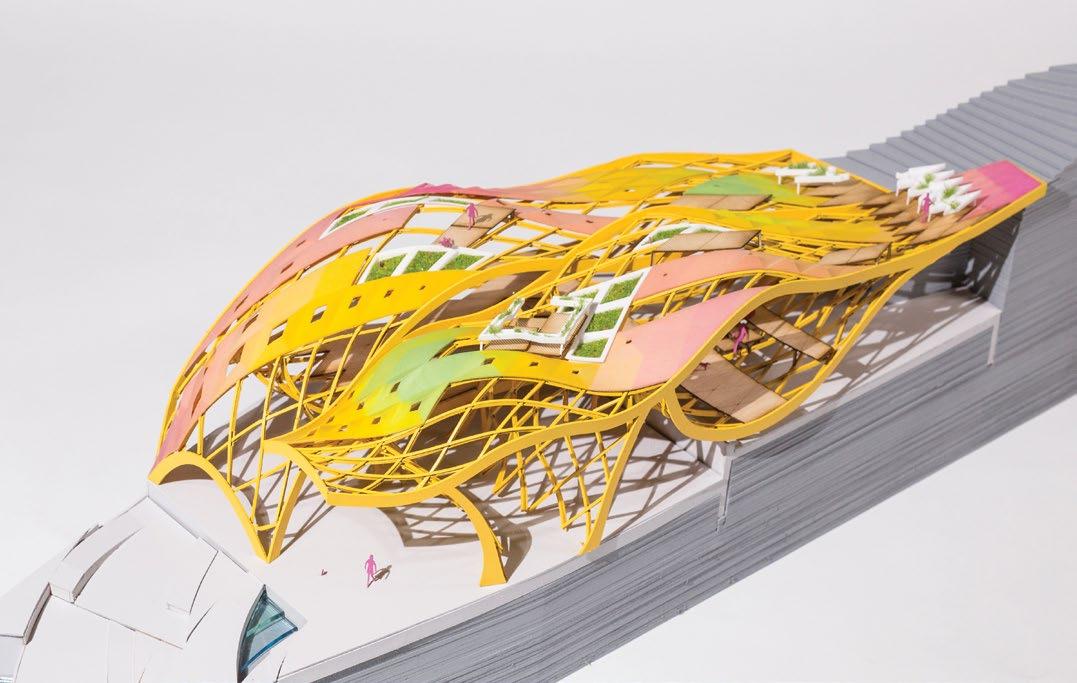

15.9 Helen Siu Y4, ‘Inhabited Roof: Community Market & Feijoada House’. Located between Rio’s regeneration harbour area and an old favela, the project provides a much-needed communal space to bridge the two polarised communities. Inspired by initial studies on knitted patterns and structures, timber strips interweave to form a delicate roof structure which connects to the landscape. The roof structure forms suspended markets hovering above the hill. Individual roof cells respond to different programmatic requirements and environmental conditions and accommodate skylights for natural lighting, grass pods for passive cooling, and hydroponic vessels for Feijoada ingredients.

15.10 – 15.11 Yulia Gilbert Y5, ‘Rio De Janeiro Civic Hall’. The new civic hall provides a meeting point for a representative from each of the 150 neighbourhoods in the city. The project establishes an inhabited landscape where the public and the city’s administrators can meet and exchange views in a secure debating environment in order to solve problems and build relationships. The building consists of self-contained internal spaces for meetings and debates and informal external courtyards and landscaped areas that connect to the existing cathedral nearby. Initial research into sculpted concrete skin led to articulation of the building façades allowing for vegetation to occur over time, providing shading and cooling.

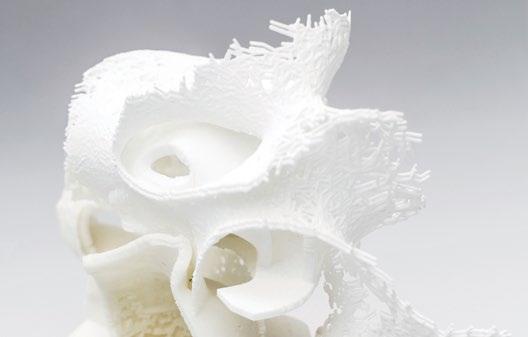

Figs. 15.12 – 15.15 Ruxandra Maria Gruioniu Y5, ‘Growing Entangled Morphologies: Mycelium Therapeutic Hub’, Rio de Janeiro, Brazil. The project proposes a new typology for an architectural social hub that is able to metabolise similar to living organisms, being inclusive of notions of shape changing, self-organisation, adaptation and resilience. The design comes as a powerful statement of the ‘wellness' benefits resulting from employing living systems within the creation of architectural space. It emphasises that a ‘living building’ does not only benefit us from a technical point of view but also as a medium for enhancing the ‘wellness' of our lifestyle through the employment of natural, living beauty. Initial landscape interventions are developed as a flexible public space, which in time is populated with complex scaffolds designed to trigger

mycelium growth. The scaffolds are programmed to present a different array of density gradients and materiality for controlling and guiding the desired growth and its life-cycle alternation. The result is a dynamic building system that evolves and performs in accordance with environmental conditions such as light and humidity as well as human inhabitation.



Fig. 15.16 Dionysis Toumazis Y4, ‘Spatial Strands: Centro de Capoeira’. Located in the industrial part of Rio de Janeiro between the oldest port of Rio and the oldest favela, the Centro de Capoeira hosts capoeira and music classes, the biggest Afro-Latino exhibition space in Rio and a new public plaza in the area. The building’s design is inspired by an initial material experiment which was later digitally simulated. The combination of structural, environmental and programme solutions creates unique spatial and lighting qualities.
Fig. 15.17 Juwhan Han Y4, ‘Pochèism Re-defined: Cartographical Artists Hub’, Rio de Janeiro, Brazil. The project is inspired by early wax and water entanglement studies where a series of poche spaces were discovered. By carving and subtracting from the existing site topography, hidden spaces
are revealed and used as seating and exhibition areas in the museum while the roof in contrast is extremely lightweight and porous.
Fig. 15.18 Thomas Bush Y4, ‘The Performing Station –Samba Theatre and Cable Car Station’. The project builds upon a widely used transport strategy in Rio de Janeiro – the cable car. The building negotiates the extreme topography whilst signifying the cultural significance of samba and the carnival to the city and the favelas. The cable car station connects two large cultural institutions: the Samba School and the Samba Drome, whilst also passing through the heart the Morro Da Providencia (Rio’s oldest favela). The open air theatre is a dynamic element that performs alongside the station and the samba dancers, changing the spatial and shading conditions throughout the day.

Rizova, Stefan Rutzinger, Kristina Schinegger
Year 4
Ruxandra Gruioniu, Tomohino Sugeta
Year 5
Katie Browne, Wang Fung Chan, Yin Hui Chung, Sam Dodsworth, Shinnosuke Takayanagi, Augustine Ong Wing
We would like to thank our consultants Christian Derck, Robert Hazell, Nick Ling and Mark Thompson. Thank you to our critics: Niran Buyukkoz, Marjan Colletti, Marcos Cruz, David Edwards, Leila Khan, Maren Klasing, Jeffrey Lee, Ricardo de Ostos, Johannes Schafelner, Andy Young
This year Unit 15 explored the potentials of formlessness in architecture. Formless materials and phenomena like dust, mud or vapour are not devoid of form, since they have a physical body and material properties. Yet their appearance cannot be reduced to a figure or shape; they maintain a tendency towards change and transformation, openness and ambiguity. According to Bataille’s description of l’informe, its slippery character results in an operational force – as interesting as what the formless is, is how it performs and what it evokes. The instability of formless phenomena enables transformation and change in a most surprising way. Their spatial formations are indicators of the causes that modify them at an elementary level – they are variant and malleable yet predictable at a very high level of complexity.
Nowadays, simulation tools allow us to understand architecture as complex and entangled formations that can be orchestrated and predicted, yet not entirely determined or fixed. Agent-based simulations do not only alter the conception and traditional notations of architecture, they trigger a radical shift: the direct control of the author on form generation is replaced by the manipulation of selected parameters and boundary conditions of complex systems. Unit 15 embraces this development, yet critically examines this voluntary relinquishing of control by architects as well as the social, cultural and aesthetic consequences.
The testing ground for our spatial experimentations was Novi Beograd, or New Belgrade. Its modernistic masterplan was designed as an idealised image of society and took several decades for implementation, during which it was constantly adapted and altered. The underlying intention was to represent a new social and political order through selfreferential geometries and a clearly legible city structure that ignored the existing marshlands – a universal grid on a tabula rasa. The masterplan was never completed, New Belgrade became a sleeping town with a mixture of formal urban planning and informal sprawl.
The aim of the individual student projects was to understand the city’s voids and incompleteness as a potential for densification and transformation. The formless was understood as a critical tool in order to question the inherent top-down approach of an urban masterplan. Students speculated on how the idea of formlessness can be applied to architecture in different scales and stages – from urban design to individual inhabitation, from performative strategies to emergent fabrication. Students were developing alternative typologies and formation processes that renegotiate the relation of top-down and bottom-up systems, consistency and adaptation, predictability and emergence.


Figs. 15.1 – 15.5 Wang Fung Chan Y5, ‘Amorphous Dematerialisation: Research Centre for Innovative Mobility’, Belgrade, Serbia. Located along the Highway of Brotherhood and Unity, the centre hosts research and conference facilities, encouraging interaction between scholars and academics, and promotes the development of the Serbian automotive industry. With digital simulation and computational scripting, gradual transition from amorphous to fibrous structure is established. The typology challenges typical building organisation; it responds to programmatic constraints and given environmental patterns, resulting in exquisite and delicate atmospheric qualities for the multi-scaled space.




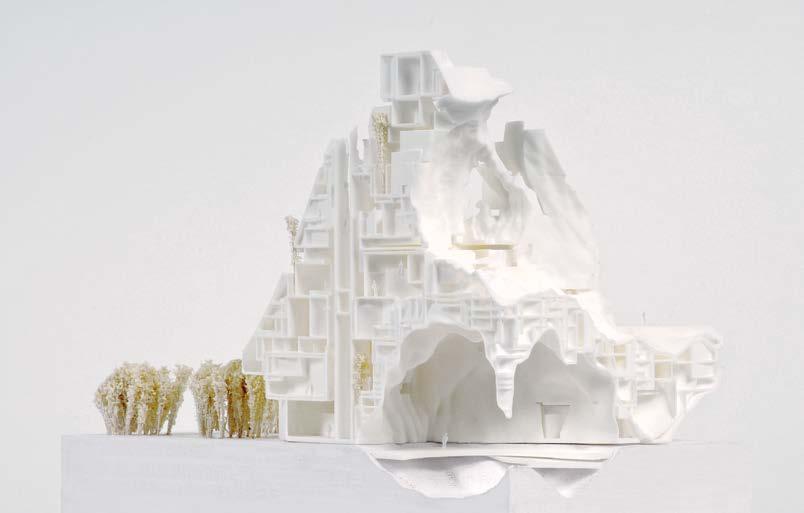
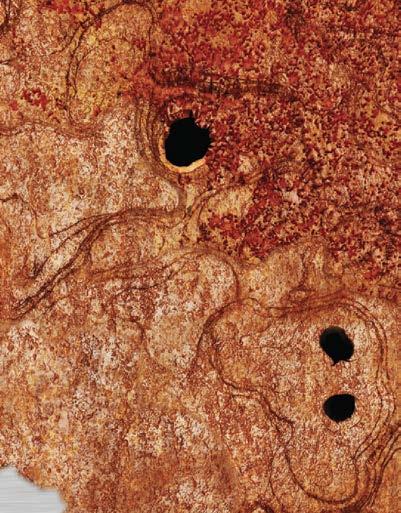
Figs. 15.6 – 15.8 Shinnosuke Takayanagi Y5, ‘Corrosive Morphogenesis’. Corrosive behaviour during metal oxidation has been simulated to compute heterogeneity of reduction and sorption at an architectural scale in order to capture its over densified spatial qualities. The Institute of Digital Art Studio for young creators is a co-working studio filled with modular systems to create flexible and adaptive building systems for the internal and external spatial needs and demands. Social and cultural interaction between users can be produced through the interlocking space. Based on the correlation of spatial diagnoses (Space Syntax, Spacematrix and MXI), particle systems are scripted to generate new densification networks over the site, Novi Beograd. Gradational patterns created by the various densities informs the necessity of

spatial modification in order to improve the entire network system of the city.


Fig. 15.9 Ruxandra Gruioniu Y4, ‘School of Fashion and Textile Design’. The project aims to integrate fibrous aspects in order to diversify the internal atmosphere and its constant change. By creating ever-changing light conditions, the main event space is therefore able to provide tunable qualities for the development of the theatrical performances of its fashion shows. Figs. 15.10 – 15.11 Tomohino Sugeta Y4, ‘Fibrosity of Intangible Crystallum’. Inspired by the experiment with urea crystals, the project looks at the possibility of fibrosity that establishes an overlapping network between multiple nodes. The proposal features the fine mesh of crystal structures that defines the spaces subtly and challenges the linearity of conventional school typologies.
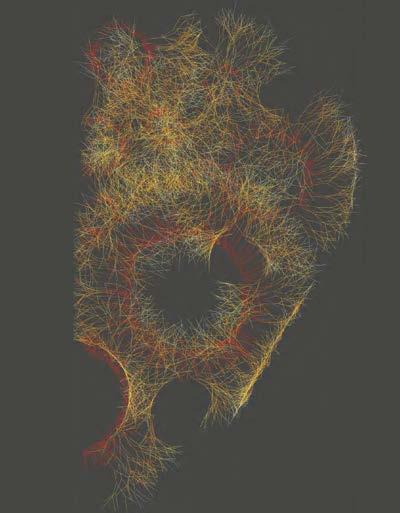


Figs. 15.12 – 15.15 Augustine Ong Wing Y5, ‘Neo-Orient Express Station: A Cathedral of Culture to Encapsulate the Relics of the Past and Seeds of Future Cultural Production in Belgrade’. The project speculates on Belgrade’s re-emergence as a regional hub after full EU integration in the mid-2020s, with the city expecting to receive an influx of visitors which the station will accommodate. The internal hanging landscape can also be used for cultural activities and is connected in a close visual relationship to the exterior landscape. It has been conceived as a transitional landscape to an embodied space for culture and learning in which one can express and exchange ideas, visit an exhibition, and also board the train to a place far away. An emergent structural system is developed from branching algorithms and is used as a distributed ‘lung’ system

within the station to provide well-tempered macro-climates, responsive to local user crowding conditions. The resilient system incorporates a rich structural morphology to accommodate different performative needs at strategic points in the building. The massing study for the station masterplan could be read as a heuristic surface morphology derived from simulated crowd densities based on stochastic inputs. To satisfy recreational and task oriented users in the station masterplan, the interplay of agoraphobe zones for non-recreational activities and agoraphile zones for distraction and discovery activities is explored. The surface morphology acts as a ‘buffer’ for flows of crowds between the existing redevelopment of Belgrade with the rest of the old city.

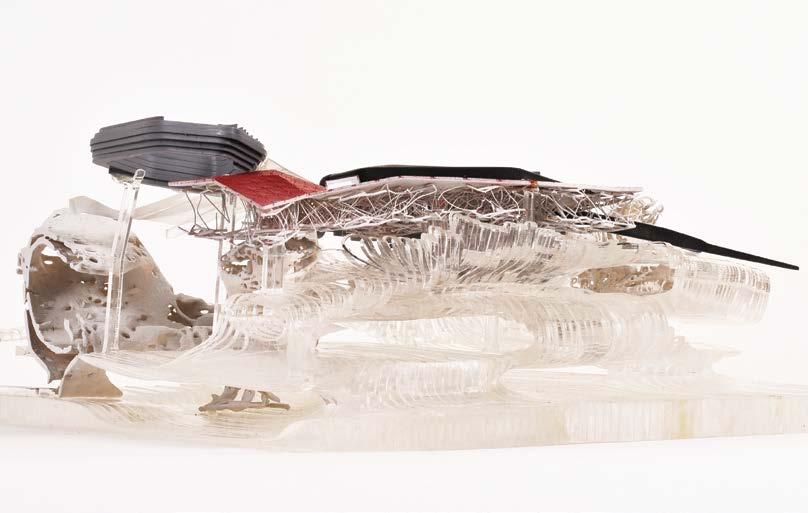

Figs. 15.16 – 15.17 Sam Dodsworth, Y5, ‘Rhizomatic Bio-Morphogenesis’. A porous university campus landscape which derives from spatial and connectivity theories as a platform to give credence to the cross-pollination of knowledge and architectural growth of departments. Emergent and adaptable functions inspired by temporary architectures constantly morph in response to ‘feedbacks’ from occupants within testing spaces to ensure that the use of the building transcends time and cultural obstacles. Peripheral cells are gradually replaced by ‘printed spaces’ as the capacity of the building increases. Panelised sections to the outer skin respond to the changes below engulfing new developments into the overall building system.


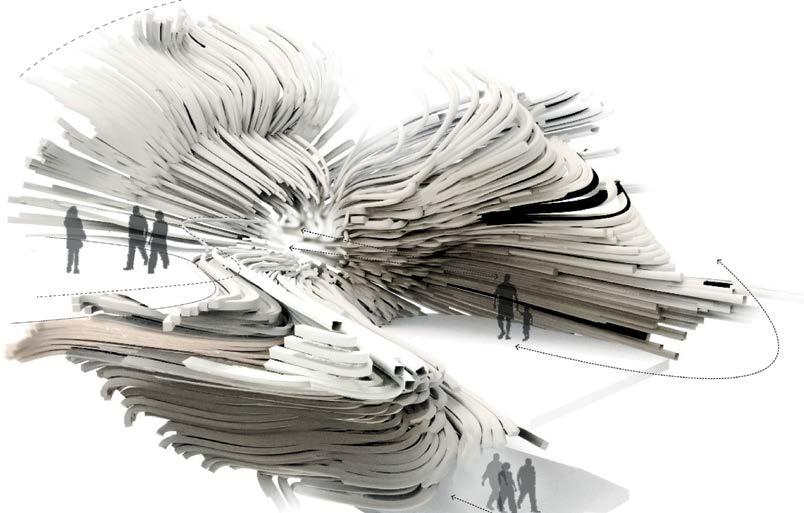
Figs. 15.18 – 15.20 Yin Hui Chung, Y5, ‘Hydrophilic Frontier: Ecological Hub’. A proposal towards a resilient waterfront infrastructure that lies at the confluence of Danube and Sava rivers in the heart of Belgrade. Responding to the disconnected riparian corridors and flow structures in Belgrade, the proposal reconnects people from the city to the river and reconsolidates the innate biophilic affinity of human towards water. Through computing a series of hydrodynamic simulation conducted to explore the bifurcation logic of flow turbulence, the buildings evolved from a gradual transition of flow typologies responding to given programmatic parameters on site, integrated within its riparian landscape. Gradual differentiation of flow elements are adapted for required functions such as structural walls, seatings, steps and guiding
rails resulting in a non-linear spatial strategy for the museum’s interior spaces.
Maren Klasing, Stefan Rutzinger, Kristina Schinegger
Year 4
Wang Fung Chan, Yin Hui Chung, Sam Dodsworth, Shengyu Meng, Augustine Ong Wing, Shinnosuke Takayanagi, Jonas Weiss
Year 5
Jiyoon Bae, John Ju Hyung Chun, Andrea Giordano, Tsun Ming Ho, Stephen Kenneth Johnson, Jihum Kim, Kristoffer Mitchell, Amanda Moore
Thanks to our consultants: Francis Archer (Arup Engineering) and Dominik Strzelec
Thanks to our critics: Julia Backhaus, Richard Beckett, Roberto Bottazzi, Izaskun Chinchilla, Marjan Coletti, Marcos Cruz, Manuel Jimenez Garcia, Carlos Jimenez, James O’Leary, Stefan Ritter, Hannes Schaffelner, Seda Zirek
According to Reyner Banham, humans developed two basic ways of dealing with environmental conditions: the first was to simply ignore them and hide under a roof or stone, which led to conventional architecture as we know it today. The other was active interference with local meteorology, pictured in the form of the campfire. While the strategy of sheltering leads to permanence and stability, the campfire provides variability and freedom, yet is exposed and vulnerable. What Banham was predicting – new social and spatial organisation due to the invention of air conditioning – soon came into a crisis when it faced the limits of resources.
This year we envisioned a third architectural condition beyond the categories of building and meteorology. The task for students was to understand architecture as a resilient and energised matter that can cope with changing environmental conditions, adapt or even bounce back.
Our field trip took us to the vibrant metropolises of Seoul and Busan, where individual projects were sited. These booming urban agglomerations have long followed the slogan ‘grow now, clean up later’, yet are now embracing alternative solutions and possibilities of resilience. Students were asked to develop proposals that would be highly exposed to external and internal influences, flows, and conditions, thereby creating symbiotic systems and entangled formations that show integrated functionalities and multi-causal behaviours.
The design method of Unit 15 is based on a systematic feedback between analogue material testing and digital experimentation which privileges an open-ended design method of probability and approximation. Thereby material (or matter) is understood as a complex system that can balance opposing influencing factors as well as adapt to external and internal conditions.
The interest in self-organisation and material formation provides an ‘aesthetic reserve’ for architecture: by freeing the outcome from fixed intentions and interpretations, it can maintain an operational force and develop unexpected performances as well as a potential for adaption and unintended use. The main questions of the Unit are methodological: how to develop a precise and targeted design method that fosters and manipulates unpredictability? How to evaluate and categorise resulting spatial performances that by definition evade determination and fixation?
Exposure is also a question of dose – from the homeopathic, the toxic to the mere-exposure effect. We are exposed unprotected to architecture and its effects. As a background to our everyday life it constantly surrounds us and often stays unnoticed, yet colours our emotions, thoughts and routines. Unit 15 investigates the immediacy of architecture and the corporeal and psychological effects of our exposure to it. We speculate about the atmospheric interaction between body and space, as well as the entanglement of our perception with material and geometry.
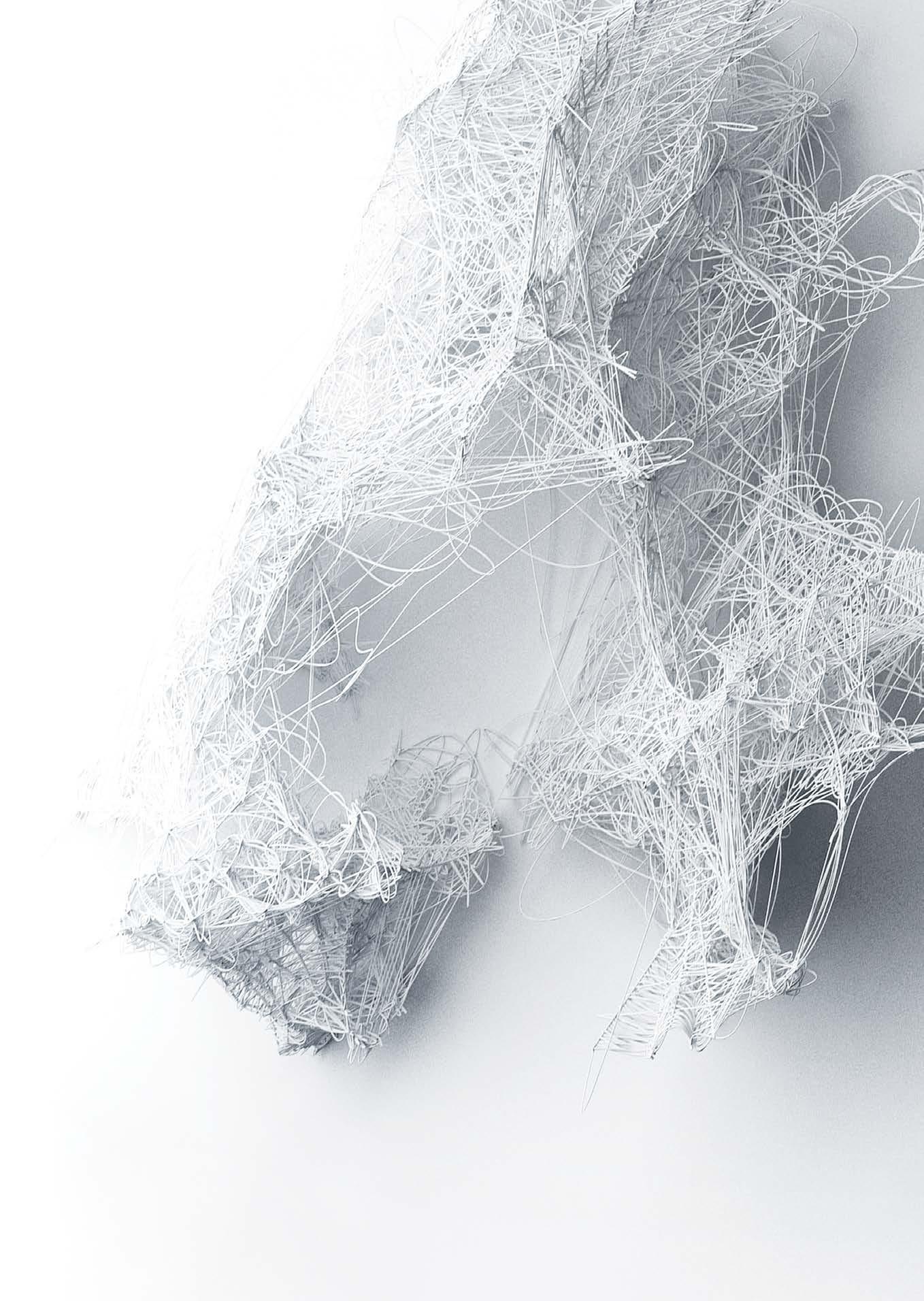


Fig. 15.1 Shinnosuke Takayanagi Y4, ‘Sensing Intangibility’, rendering. One of a series of digital stills and physical models inspired by the molecular process of salt crystallisation. Molecular behavior during crystallisation has been simulated in a digital environment to compute fibrous geometry at an architectural scale inorder to capture its intangible spatial qualities. Fig. 15.2 Jiyoon Bae Y5, ‘Museum of Memory’, rendering. The conceptual masterplan for the reconstructed landscape by dissolving historic objects in the museum quarter, Seoul. The historic site was originally a place of pine trees which provided materials to build the royal palace. Using this notion, the revival of old in the site is one technique to make the landscape an embodied place of relationship for the new Museum of Memory.

Fig. 15.3 Andrea Giordano Y5, ‘Recomputing the Han River’, 3D print and CNCed MDF. Intersecting shells of a recursively modelled digital artefact. Fig. 15.4 Jiyoon Bae Y5, ‘Museum of Memory’, rendering. The main gallery of the museum of memory in Seoul. The multiple route of visitors’ space is also considered by creating a different height, depth and length for the exhibition space. This experimental place of memory enables embodied experience of remembering and forgetting as well when visitors walk through the path of Möbius strip, so finally the embodied experience connect the past and present by looking back on where they are coming from.

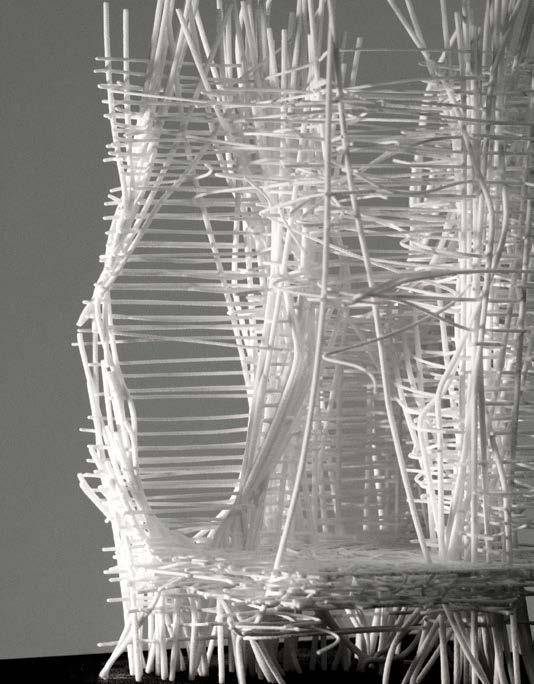
Fig. 15.5 Kristoffer Mitchell Y5, ‘Architectural Faciality’, rendering. Liquid simulation studies displaying signs of both asymmetry and symmetry. Multiple liquids inform each other’s movement and create smaller pockets of intrigue in undefined areas. Fig. 15.6 Shinnosuke Takayanagi Y4, ‘Sensing Intangibility’, 3D print. An interior study showing a fibrous structure forming a variety of architectural elements. Fig. 15.7 Shinnosuke Takayanagi Y4, ‘Sensing Intangibility’, salt crystal on threads, photograph.

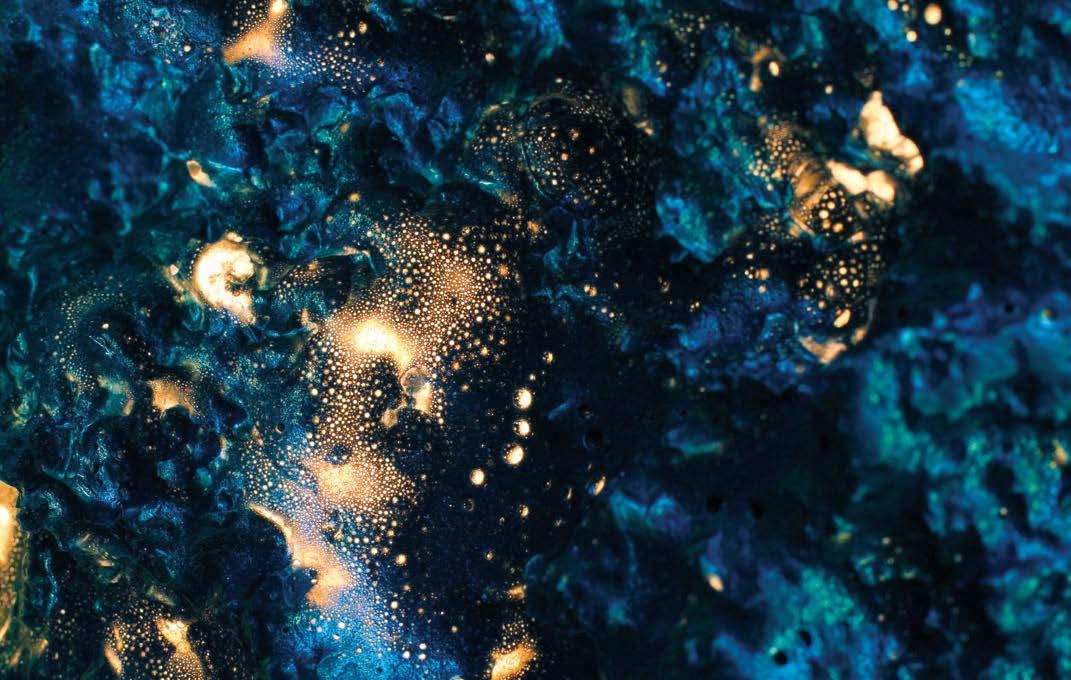

Fig. 15.8 Andrea Giordano Y5, ‘EPS Exposed to Acetone covered in Black Tinted Latex’, macro photograph. The culmination of experiments testing the formal potential of a material exposed to a liquid. Fig. 15.9 Andrea Giordano Y5, ‘Recomputing the Han River’, CNCed MDF. tool paths exposing varying heights of the topological riverside landscape. The first gestural geometry reconfiguring the riverbed of the Han River into a landscape augmented by formal principles observed in analogue in the experiments. Fig. 15.10 Sam Dodsworth Y4, ‘Anisotropic Carpology’, mixed media. Close-up photograph showing typical Seed Bank Silo Section.

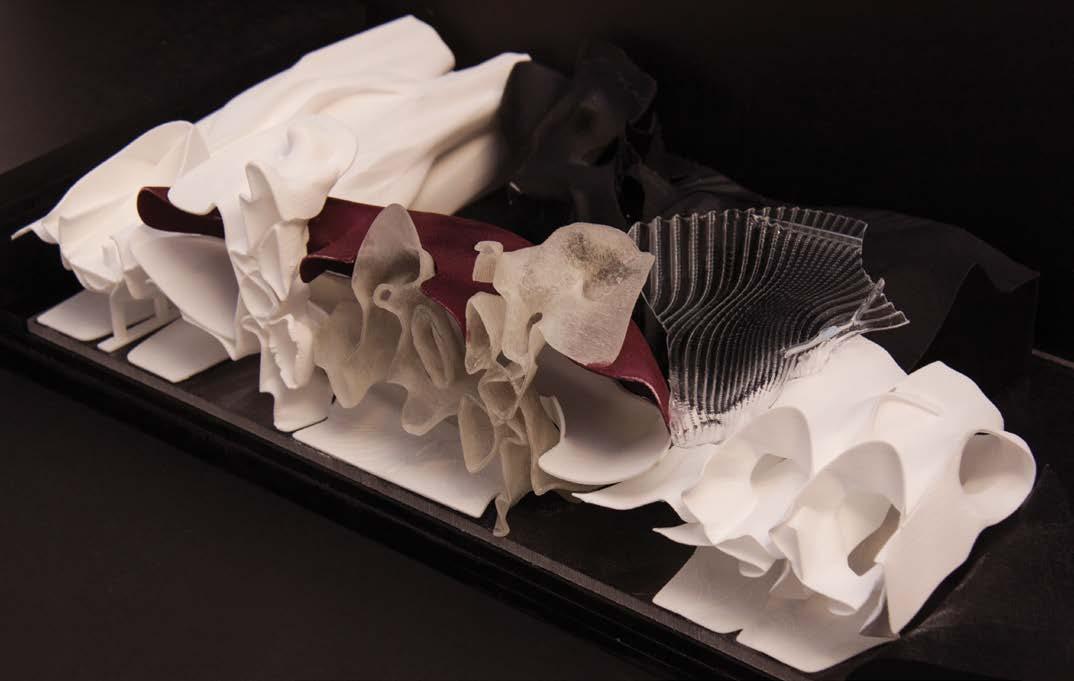

Fig. 15.11 Kristoffer Mitchell Y5, ‘Architectural Faciality’, 3D print, sectional model. Fig. 15.12 Stephen Kenneth Johnson Y5, 3D print. Study models utilising the same parametric process to produce a series of results that seek to create varying semi-internal void conditions, i.e. external performance space. Fig. 15.13 Augustine Ong Wing Y4, ‘Bulyeog-Bae Maritime Heritage Museum’, 3D print massing model. The geometry and form of the building evolved from a series of homeostat particle simulations conducted to explore the ideas of resillience and self-organisation in stochastic geometries. The building’s relationship to the site is inspired the interplay of random and controlled spatial flows in liquids. These shifting boundaries become the basis of floating ‘vessels’ that merge with the surroundings into one complex whole.



Fig. 15.14 Wang Fung Chan Y4, ‘Eroded Layers: A Korean Bathhouse’, 3D print, sectional model. The atmospheric exquisiteness and delicacy of this excavated poolscape with its gradient of porosity is generated with fractal principles and controlled randomness on a layering system. Fig 15.15 Amanda Moore Y5, ‘Sea Energy Centre: Deokjeokdo’, South Korea, masterplan strategy to improve island resilience. The project replaces existing diesel generators with cleaner wave energy-capturing devices, as well as improving food security with seaweed farming and fishing and providing visitor facilities to the south. Fig. 15.16 Stephen Kenneth Johnson Y5, ‘Traditional & Open Air Music Venue’, 3D print and CNCed MDF. Aerial view of site model exhibiting internal arena space and the buildings ‘light touch’ relationship with the ground.



Fig. 15.17 Jihum Kim Y5, ‘Sunken Courtyard Shopping, Leisure and Publication Centre’, 3D print, sectional model of shopping centre in Seoul, South Korea. The expanding building elements blend into the surrounding context in a form of landscape, pavement and handrail. Fig. 15.18 Ju Hyung Chun Y5, ‘Food-chitecture in Nodeul Island’. An architectural response to the twin challenges of global urbanisation and climate change by integrating both hydroponics and traditional farming practices. The building serves as a farm and a gathering place for the Seoul community. Fig. 15.19 Jihum Kim Y5, ‘Rendering of Light Corridor.’ The porous roof structure allows great deal of natural light in the tunnel which links the central atrium of publication centre and the sunken courtyard.



Fig. 15.20 Tsun Ming Ho Y5, ‘Exposing Void’, CNCed plywood, relief model photograph. An investigation of void formation under a field condition of multiple attractors. The resulting pattern shows the height of the underlying topography as well as the strength of the field. Fig. 15.21 Jonas Weiss Y4, ‘Climate Cloud’, acetone on styrofoam, photograph of artefact.
Fig. 15.22 Yin Hui Chung Y4, ‘Logic of Flow: Yongdusan Fungarium’, 3D print. Conceptual model of urban massing strategy. Fluid spatial study generated from a fluid dynamics algorithm which adapts to different behaviours of fluid flows according to the local conditions of Yongdusan Park. The emergent viscous splash dynamics blossoms into multiple museum levels between parkscape and cityscape.



Fig. 15.23 Augustine Ong Wing Y4, ‘Stochastic Exposure: Modulated Flow’. Analogue experiment investigating emergent stochastic formations through modulated flows of molten sugar. Naturally occurring resilient formations in various states of matter were investigated from an interest in self-organising systems. Complex formations were rationalised by pouring molten sugar at extreme temperatures through a series of parametrically generated 3D grid meshes. The resultant spectrum of complex stochastic formations are generated according to the logic of the grid parameters on the cooling liquid, which exhibit phenomena of nonlinearity, instability and adaptability. Fig. 15.24 John Ju Hyung Chun Y5, ‘Labyrinth of Transparent Passages’, 3D print, study model. Fig. 15.25 Shengyu Meng Y4, ‘Busan Mushroom Museum’, MDF.

Conceptual section model, Inspired by the process of solidification of melting wax, a spiralling system’s potential has been explored to create vertical formation and organisation.
Stefan Ritter, Stefan Rutzinger, Kristina Schinegger
Kristina Schinegger, Stefan Rutzinger, Stefan Ritter
Architecture as a field of cultural production is relative and fuzzy throughout; there are no true or false values to be detected. Design proposals are based on assumptions that are true to a certain extent and false in some aspects. Although architecture is constantly confronted with the imprecise and ambiguous it tries to evade indefiniteness by establishing fixed categories and exact boundaries. Fuzziness is no clear-cut issue, but a matter of degree and approximation.
In classical logic, reasoning arguments can only have binary values. It builds up on exact classification; sentences like ‘it’s a bit rainy’ or ‘it’s quite sunny’ are highly problematic to a system which is reliant on crisp expression. Identifying this as a problem for mathematics, Lofti A. Zadeh developed fuzzy logic in 1965. It allows truth values to range between 1 and 0 and enables the precise handling of approximate expressions and data sets. Fuzzy concepts are used to describe complex phenomena, which are ever-changing or evolving. Despite a wide application in other fields – such as artificial intelligence, pattern recognition, or various kinds of electronics – the term has not been coined in architecture so far. Several tendencies with similar intentions focussed instead on the blur, hybrid, collage, cross-programming and morphing.
The focus of this year was to investigate threedimensional, programmatic and aesthetic potentials of fuzziness for architecture. We were looking for new organisational typologies, spatial expressions and atmospheric effects that would replace clear definitions and exact categorisation with range and ambiguity.
The field trip took us to Marrakesh and Fez, the sites of the individual projects. Observations in the dense and sensational Medina with its culturally, programmatically and spatially intertwined urban fabric challenged the students to rethink the binary relations of figure and ground, private and public, object and field, body and space. Fuzziness also
asks for alternative methods of representation and increased resolution. Therefore the Unit employed a design methodology of continuously switching between scales, as well as switching between digital and analogue modelling techniques to inform and enrich the student’s proposals.
The theme triggered a variety of individual approaches by students. One recurring interest, however, was to extract the sensational density and spatial richness of the Medina and translate them within the urban fabric of modern Marrakesh. The research in typologies such as the courtyard house, the Medersa or the Hammam led to hybrid reinterpretation of their innate rules, spatial qualities or climatic and social effects. Other students became interested in ornamentation and its relation to material performances and the sensuality of the body. Some of these themes will also continue through to the next year and form the core of investigation into the coming terms: somaesthetic; atmospheric and bodily effects of architecture; complex geometries and their underlying principles; expressive qualities of form and space; digital ornaments and material performances; kinematics and the performative qualities of change.
With the goal to materialise the fuzzy and the vague, another focus of the Unit is the research of novel materials and fabrication methods and the formulation of innovative implementation strategies. This year the students were generously supported and consulted by Francis Archer from Arup engineering. In triggering discussions our students experienced how structural performances can be a generative and informative motor to develop their design idea further and strengthen it.
Unit 15 puts great emphasis on the synchronisation of analogue and digital production and the fluid transition between them. Unlike generations of architects before them, students have become digital natives acquiring new cultural skills and tools. We consider it as a major task to foster critical
evaluation of virtual experimentation and digital methodologies. Architects are facing increasingly complex questions of environmental and urban issues. The use of digital tools such as simulation and analysing software in feedback with physical models and prototypes helps students to master these complex problems in an authentic and exploratory manner.
Many thanks to our critics: Simona Auteri, Richard Beckett, Roberto Bottazzi, Marjan Colletti, Marcos Cruz, Katarina Dionysopoulou, Oliver Domeisen, James O’Leary, Vincenzo Reale, Jeroen Roosen, Kadri Tamre.
Year 4 consultants: Francis Archer of Arup Engineering, and Michael Pangalis and Andy Hutton of Max Fordham Associates.
Year 4
Jiyoon Bae, Ko Wai Cheung, Joel Cullum, Andrea Giordano, Tsun Ming Ho, Stephen Johnson, Jihum Kim, Kris Mitchell, Hyder Mohsin, Amanda Moore, Hisham Muazzam, John Wu, Rintaro Yoshida
Year 5
Ka Lai (Kylie) Chan



Fig. 15.1 Andrea Giordano, Y4, Reflective Digital Texture. A texture articulated by a series of extrude commands over a grid of quads resulting in a field of ambiguous forms at a range of varying scales. Fig. 15.2 Andrea Giordano, Y4, Polymorph Texture. A texture articulated by a series of extrude commands over a grid of quads. Fig. 15.3 Andrea Giordano, Y4, Argan Oil Hammam and Capsule Hotel , Fez, Morocco: based on a fuzzy field condition, the building proposal is a single surface reinforced concrete shell composing columns and domes of varying dimensions and featuring a traditional hammam, an argan oil health spa, and a hotel composed of bottle-rack stacked capsules. The hammam’s domed ceiling produces an articulated landscape above for public gardens, pools, and an argan marketplace. Fig. 15.4 Andrea Giordano,
Y4, Digital Texture Made Physical. A texture articulated by a series of extrude commands over a grid of quads rendered physical with 3D printing. Fig. 15.5 Andrea Giordano, Y4, Argan Oil Hammam and Capsule Hotel Scale 1:20 Sectional Model. Fibreglass reinforced plaster casted elements in CNC polystyrene molds, vacuum formed walkway and 3D printed furniture elements sprayed with iridescent paint. Fig. 15.6 Andrea Giordano, Y4, Argan Oil Hammam and Capsule Hotel, Fez, Morocco, axonometric diagram.


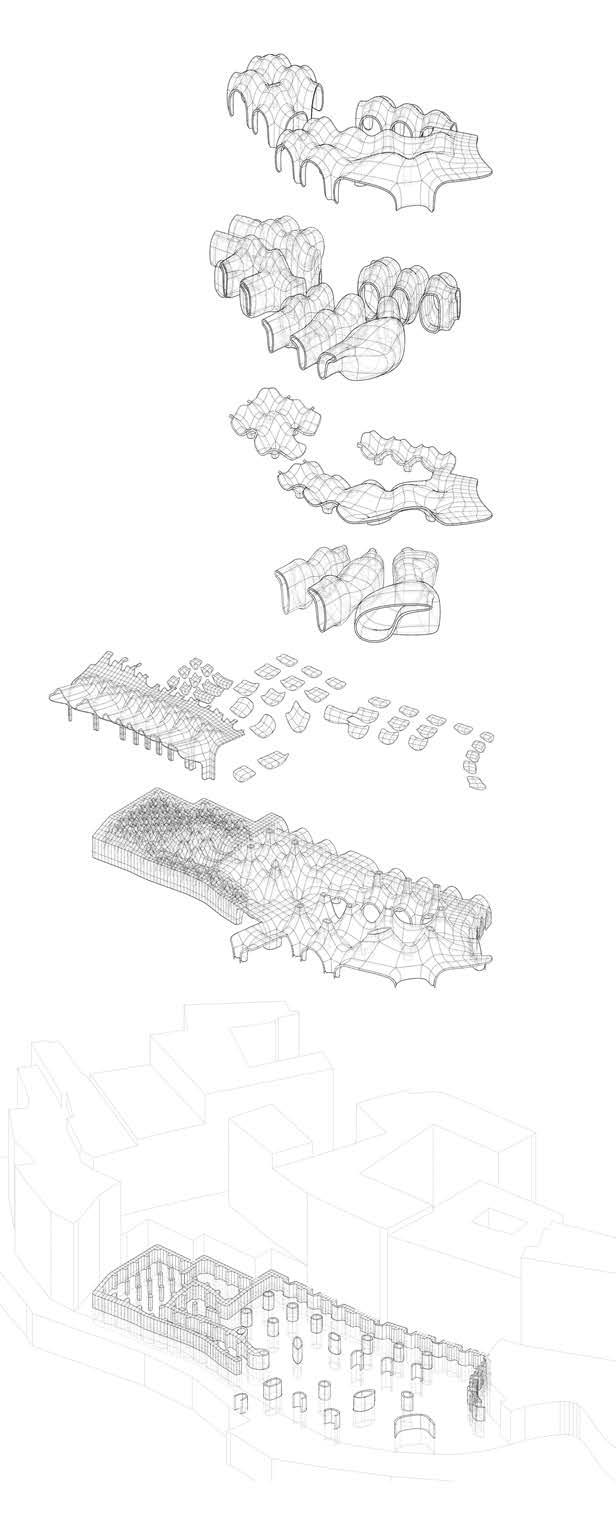



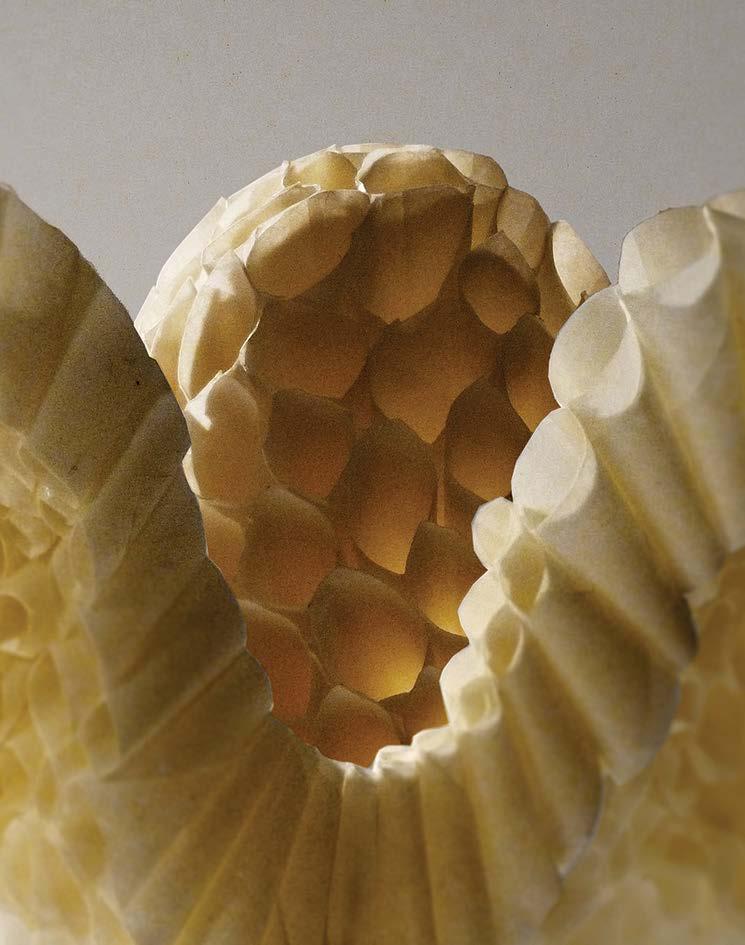

Fig. 15.7 Andrea Giordano, Y4, Argan Oil Hammam and Capsule Hotel Scale 1:20 Sectional Model. Fibre-glass reinforced plaster casted elements in CNC polystyrene molds, vacuum formed walkway and 3D-printed furniture elements sprayed with iridescent paint. Fig. 15.8 Andrea Giordano, Y4, Argan Oil Hammam and Capsule Hotel Scale 1:200 Site Model. Hard wood, copper sheet, and 3D-printed elements.
Fig. 15.9 – 15.10 Amanda Moore, Y4, Cellular Honey Farm: paper models exploring structures made from tubes.
Fig. 15.11 Amanda Moore, Y4, Cellular Honey Farm: view inside a structure housing natural beehives which attach to the concrete tubes. Hives are smoked by the beekeeper to calm the bees before harvesting honeycomb.


Fig. 15.12 Jihum Kim, Y4, Moroccan Textile Museum and Art Gallery, Marrakech, Morocco. The sectional model shows the different spatial qualities throughout the building. The apertures on the roof are adjusted according to the functions underneath. Fig. 15.13 Jihum Kim, Y4, View of the public space between the building masses, showing the lighting conditions underneath the ornamental roof. Fig. 15.14 Jihum Kim, Y4, Atrium Gallery Space, the main atrium is located in the centre of the gallery building. It connects the different exhibition spaces throughout in the building, thus acting as a focal point of the gallery’s circulation. Fig. 15.15 Kristoffer Mitchell, Y4, The Transition of a Watch. A stop motion display of how single elements are rotated along individual paths, negating discrete movements that can be extracted from the

mechanism of a pocket watch. Fig. 15.16 Jiyoon Bae, Y4, Weaving Architecture Initial Model. Initial physical model focus on showing how different timber panels structuring together based on the rule of the Ermine moth cobweb. Fig. 15.17
Jiyoon Bae, Y4, Textile Exhibition Pavilion in Fez, Morocco, the project is an adaptive architecture based on the weaving tactic of the Ermine moth cobwebs. Fig. 15.18 Rintaro Yoshida, Prototype_Eta: Fragment of Courtyard ‘Atlas.’ Fig. 15.19 Rintaro Yoshida, Y4, Prototype_Delta: Repetitive Hyperplasia of Perforated Shells.







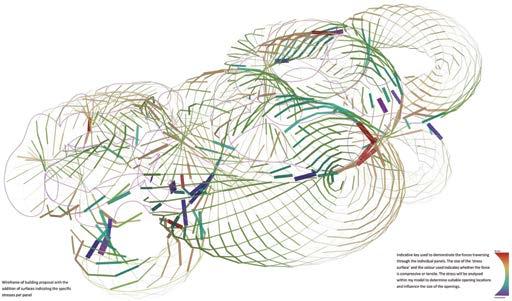

Fig. 15.20 Ka Lai (Kylie) Chan, Y5, School of Chinese Calligraphy, Creekside, London. Ornamentation is reappropriated as an architectural language for people to learn Chinese calligraphy through spatial experiences.
Fig. 15.21 Stephen Johnson, Y4, Marrakech Film School, ‘Modern’ Marrakech, Morocco. Tests in the aggregation of tori over the project site focussing on the creation of omni-directional spaces at tori intersections, while maintaining public and private access across public plaza. Fig. 15.22 Stephen Johnson, Y4, Analysis of compressive/tensile forces within individual composite panels of Design Realisation building project. The stress data was fed into an automated process which permitted varying size windows where individual panel stress levels permitted. Fig. 15.23 Stephen Johnson, Y4,
Longitudinal section through the library and learning centre building. Fig. 15.24 Ka Lai (Kylie) Chan, Y School of Chinese Calligraphy, Creekside, London, 2D calligraphic strokes evolve into 3D built form.

On the development of various methodologies, tactics and skills which try to inform the production and realisation of a wide range of architectural forms, concepts and practices in order to promote survival and happiness in uncertain times.
The key concept for Unit 15 this year was uncertainty; uncertainty has been em braced as a p ositive as w ell as a ne gative ter m Uncertainty force d us to b e creative, sp eculative an d critical Uncertainty also m ade us sceptical ab out the architectural profession an d any so-calle d e x p erts w ho profess certainty.
We questione d traditional architectural certainties, specifically traditional forms of orthographic representation through the use of film, anim ation and m otion graphics and traditional value syste m s through the deploy m ent of spec-ulative narratives and extraordinary visual im agery.
We questione d the certainties of for m, f u n c tio n, s tr u c t u r e a n d p r o g ra m m e a n d w e create d op en an d contingent for m s of k no wle dge that allo w e d us to flourish as designers an d as p e ople.
The year started with a series of short exercises that enabled students to develop ideas, interests and skills through which they were able to creatively map and explore their own uncertainties. Throughout this process students were expected to develop agendas and tactics that will last well beyond the Bartlett and prepare the m for the ‘real’ uncertainties to co m e
Th e w ork has b e e n develo p e d thr o ugh th e co nstructio n of a series of sh or t film s in w hich stu de nts cr eate d sp atial pr op ositio ns that ar ticulate d th eir
individual values and practices, these ideas were continually developed as part of an on-going critical process The early spatial explorations for m ed the basis of the subsequent Year 5 Thesis Projects and the Year 4 Building Projects. Each of the projects used highly individual m eans to generate, develop and represent the particular subject areas
Throughout the year the film and anim ation w ork has b een supporte d by the extensive use of co m puter generated visualisations and experim ental graphics in w hich sp eculative for m s of draw ing practice aug m ent and disrupt conventional for m s of or th o grap hic pr oje ctio n to cr eate hybrid ‘chr o n o gra m s’ w h ose aim is to co m m u nicate th e narrative of th e pr oje ct w hile m ap ping o ut th e stylistic an d p hiloso p hical im plicatio ns of th e sp aces that have b e e n cr eate d Th ese ‘tim e b ase d’ draw ings att-e m pte d to co m m unicate the im m ersive and synthetic nature of the projects.
All students maintained individual blogs as a way of recor ding an d disse minating their o w n w ork an d in conju nction w ith vario u s scr e e nin gs, e x hibitio ns an d publications pro duce d collectively w e so u g ht t o m aint ain a p u blic dialo g u e arou n d the w ork of the Unit as a w hole.
Year 4: Indre Baltusyte, Daniel Dale, Sahar Fikouhi, Sanghwa Kim, Ifigeneia Liangi, Rui Liu, Gordon O’Connor-Read, Hannah Sharkey, Aristeidis Theodoropoulos
Year 5: Wing Man Cheung, Jonathan Gales, Douglas Harding, Katharina Hieger, Christopher Lees, Paul Nicholls, Daniel Tassell, Kibwe Tavares, Richard Reginald Young
15.1 Jonathan Gales, Megalomania



Fig. 15.2 Paul Nicholls, The Golden Age: Somewhere Parkifice Fig. 15.3 Chris Lees, Funland: “Wasps are your fiends! They build our city!” Fig 15 4 Chris Lees, Funland: Surface of Earth Master Satellite Receiver Dishes
Fig. 15.5 Paul Nicholls, The Golden Age: The Simulation Chronogram Fig. 15.6 Kibwe Tavares, Robots of Brixton






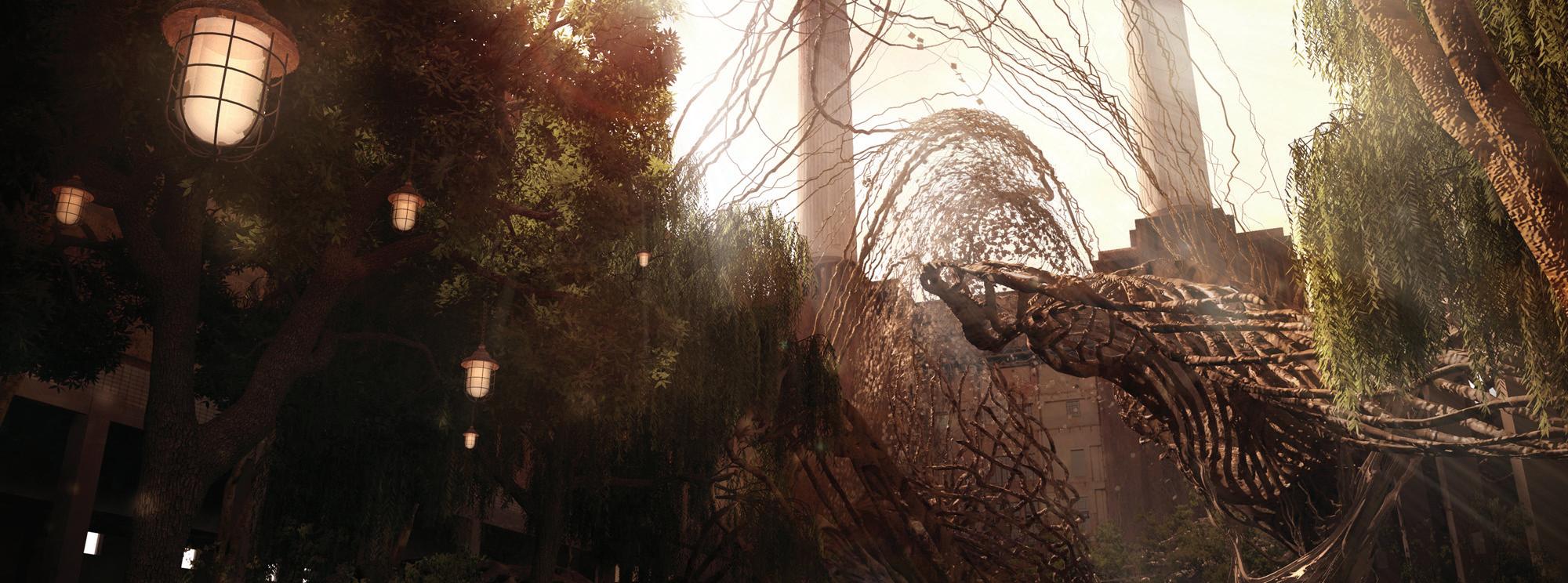
Fig. 15.7 Richard Young, The Un Reel: The Simulacrum
Fig. 15.8 Richard Young, The Un-Reel: Recurring Domesticity Case Study House Fig 15 9 Dan Tassell, The Battersea Experiment: Roofscape Fig. 15.10 Dan Tassell, The Battersea Experiment: The Experimental Arboretum
Fig. 15.11 Richard Young, The Un Reel: Synthetic Skyline
Fig. 15.12 Ifigenia Liangi, Kipseli, The Story of a Lost School
Fig 15 13 The Chapel of Collateralized Debt Obligations
Fig. 15.14 Dan Dale, A Network of Lines That Enlace: The Fall Fig. 15.15 Vivian Cheung, Consuming Spaces
Fig. 15.16 Katharina Hieger, Design Synthesis in Cognitive Spaces

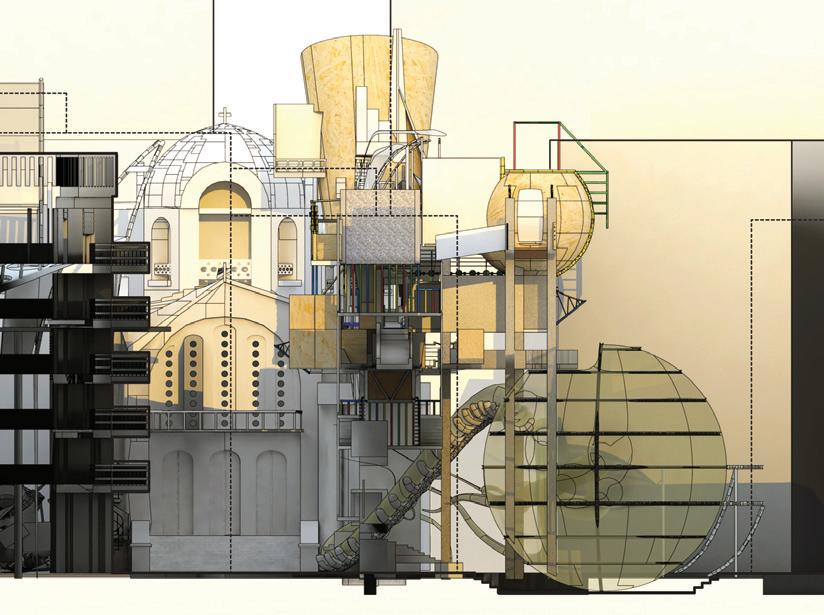



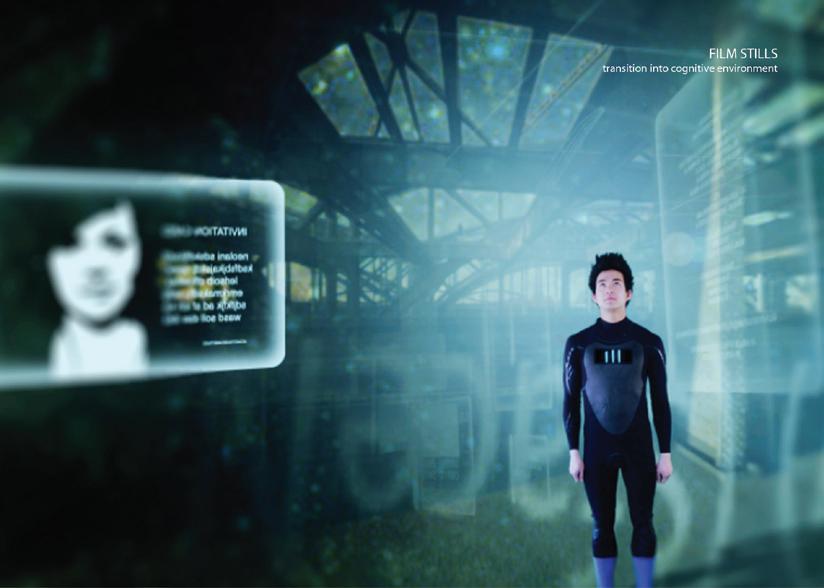
Yr 4: Jonathan Gales, Doug Harding, Katharina Hieger, Chris Lees, Paul Nicholls, Dan Tassell, Kibwe Tavares, Richard Young
Yr 5: Richard Hardy, Tom Johnson, Yianni Kattirtzis, Louise Mackie, Keiichi Matsuda, Chao-Kai Wang, Natalie Wright
We are all addicts: we are addicted to the new; to consuming more; to the myth of progress; to celebrity; to cheap credit; to cosmetic surgery; to fast cars; to lifestyle magazines; to make-over shows; to reality TV; to self harm; to nostalgia; to dieting; to the myth of authenticity; to the ‘new’; to binge drinking; to search engines; to social networking websites; to video and image sharing; to gambling; to gossip; to decadence; to tradition: to lists of our addictions; to fossil fuel; to thinking that we are special and unique; but most of all we are addicted to addiction itself, we are dependency dependent!
This year, Unit 15 used David Foster Wallace’s 1996 novel Infinite Jest as a starting point for an analysis of the psychopathologies of Late Capitalism and the way that they transform the built environment. The context and implications of obsessive/addictive behaviour were used to develop tactics to cope with the difficulties of creating an architecture in uncertain times. We sought to undertake a re-calibration of the mechanisms of architectural discourse, through the production, development and dissemination of alternative architectural models, methodologies and outcomes.
Unit 15 Thanks: Simon Withers, Kim Quazi, Vesna Petrasin Robert, Sean Varney, Bella Edgley, Michael Aling, Dan Farmer, Soki So, George Thomson, Nancy NiBhrian, Matt Bowles, Stefan Kueppers, onedotzero, Alpha-ville





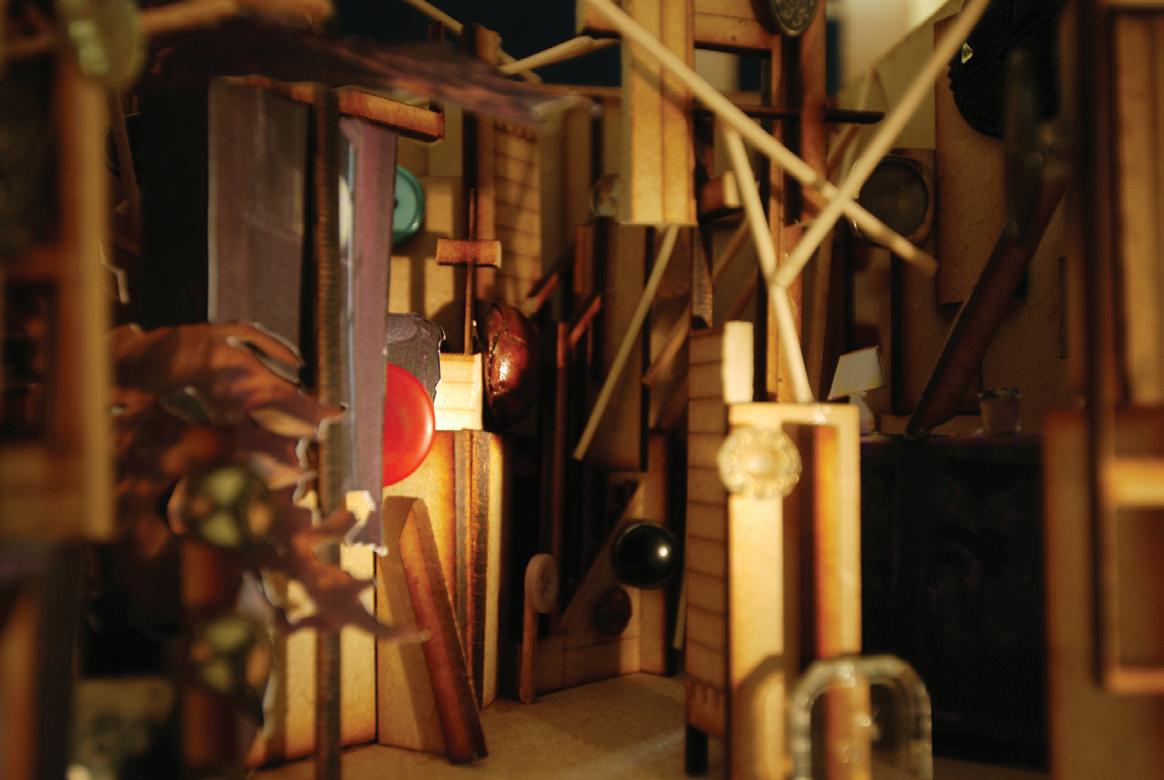









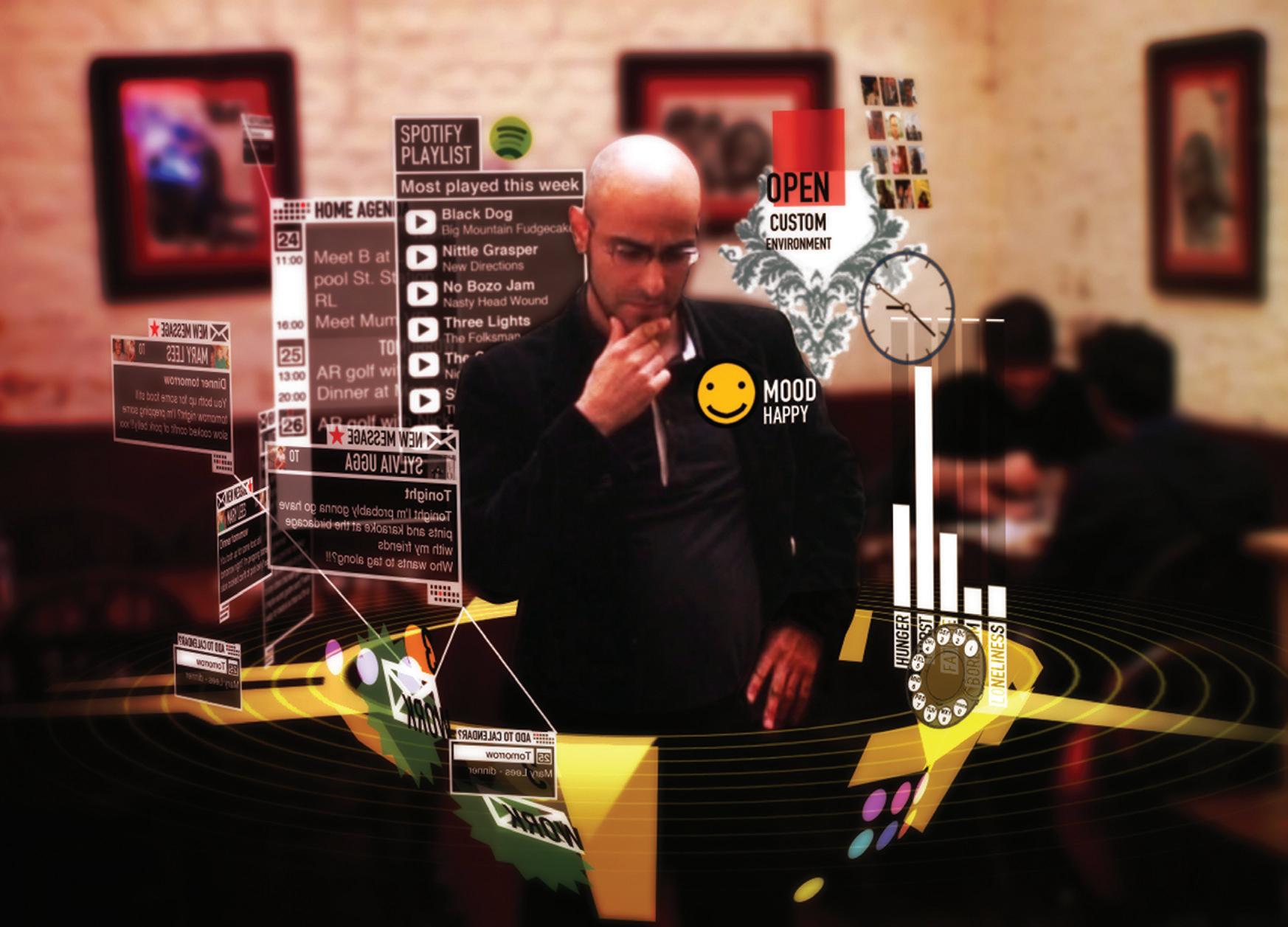
Year 4: Robert Brown, Richard Hardy, Yianni Kattirtzis, Louise Mackie, Keichi Matsuda, Natalie Wright. Year 5: Richard Bevan, Tom Johnson, Nancy NiBhriain, Lucas Tizard, Alexandra Thomson, George Thomson, Chao-Kai Wang. MArch: Michael Aling, Rammy Elsaadany, Dan Farmer, Soki So
Dedicated to the memory of J G Ballard [1930-2009]
This year Unit 15 questioned whether the utopian ambitions of the modernist project could still be maintained in light of the political, economic and environmental challenges that we now face. Global warming, terrorism, religious dogmatism, ethnic cleansing, economic meltdown and pandemic viral catastrophe are issues that we cannot ignore and yet we feel powerless, as individuals, to really address them.
It is obvious that the culture of ‘business as usual’, as pursued by many in the architectural profession, doesn’t ring true. The architectural profession may still posit a future of ‘bigness’, a world of bright shiny mega-structures; of full employment, of equality and global harmony and unlimited growth and expansion, but should this view be met with incredulity? If the reality is not as rosy as it is pictured in the latest computer renderings from the ‘corporate architectural complex’, then what type of planet do we face?
The Near Future was an examination of a number of possible near futures, positing possible high-tech, low-tech and even no-tech alternatives to current prognostications.
Unit 15 would like to thank:
Matt Bowles, Paul Davies, Bastian Glassner, Peter Kidger, Andrew Kramer, Stefan Kueppers, Jeff Noon, Kim Quazi and FLACQ, Vesna Petrasin Robert, Simon Sellars, Simon Withers
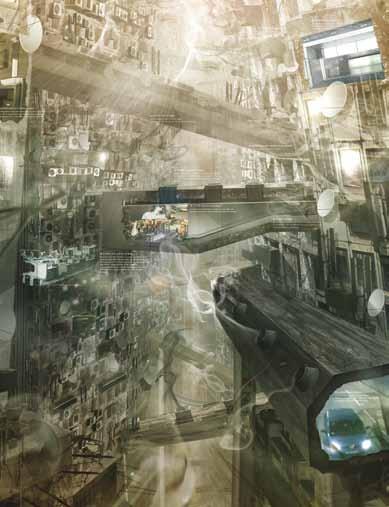






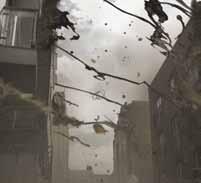


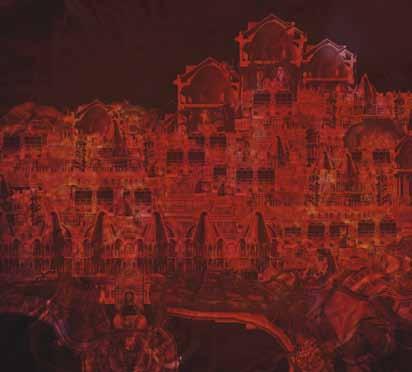




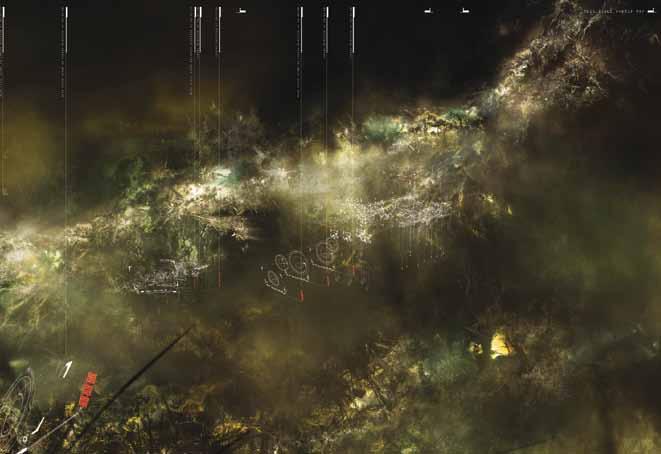

Nic Clear, Simon Kennedy
Yr 4: Richard Bevan, Nancy Ni Bhriain, Tomas Johnson, Stephen Roberts Millard, George Thomson, Alexandra Thomson, Chao-Kai [Daniel] Wang. Yr 5: Michael Aling, Irene Astain, Rammy Elsaadany, Daniel Farmer, Emma Penttinen, Joel Porter, Soki So, Helena Van Lare. MArch: Nicholas Tayler.
This year Unit 15 continued its research into ‘synthetic space’, space that exists as a hybrid of the ‘actual’ and the ‘virtual’, by examining speculative and narrative architectures based on the work of the writer J G Ballard. Ballard’s writing has encompassed topics as diverse as ecological crisis to technological fetishism and augmentation, and from urban ruination to suburban mob culture. He has pursued these topics with a wit and inventiveness that is without comparison. His understanding of architecture, and architects, and his prophetic visions make Ballard one of the most important figures in the literary articulation of architectural issues and concerns. Rather than examining specific texts, Unit 15 followed themes implicit in Ballard’s writing.
Unit 15 uses film, video, animation and motion graphics as a way of developing and exploring new architectural modes of representation and practice.
Special thanks to: Flacq [Kim Quazi, Marcus Lee], Simon Withers and Vesna Petrasin Robert.
Critics: Peter Kidger, Stefan Kuepers, Shaun Murray, Adam Prest, Hannah Vowles.
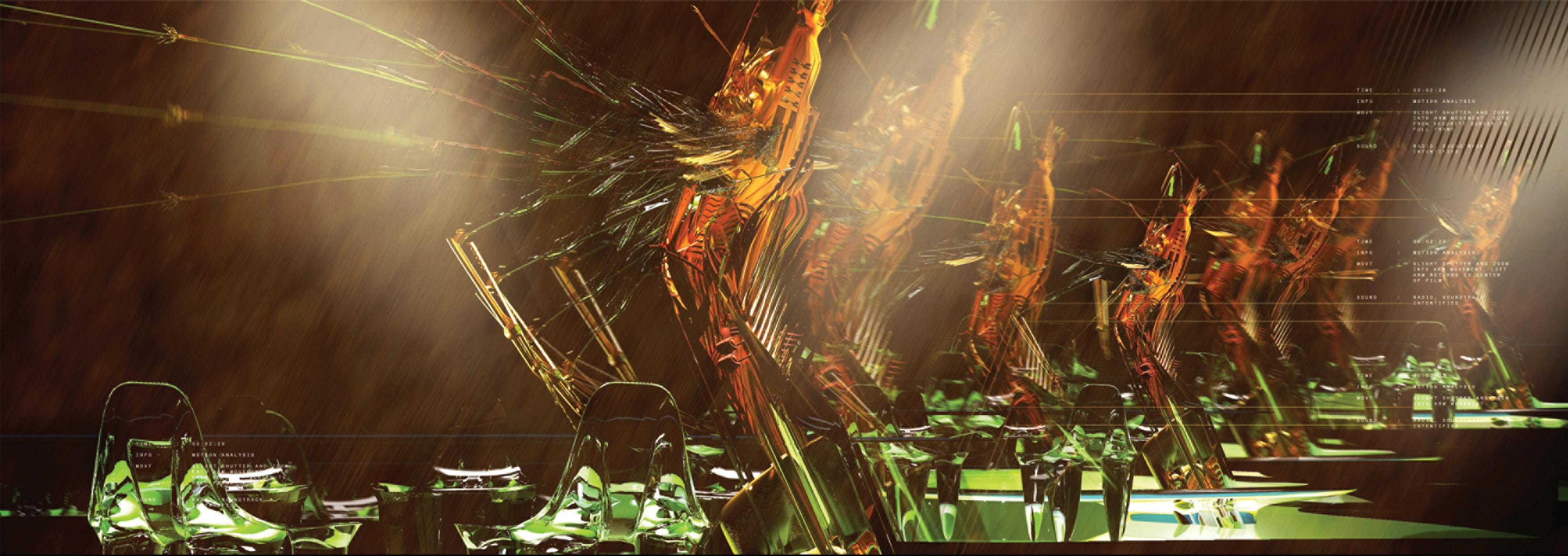

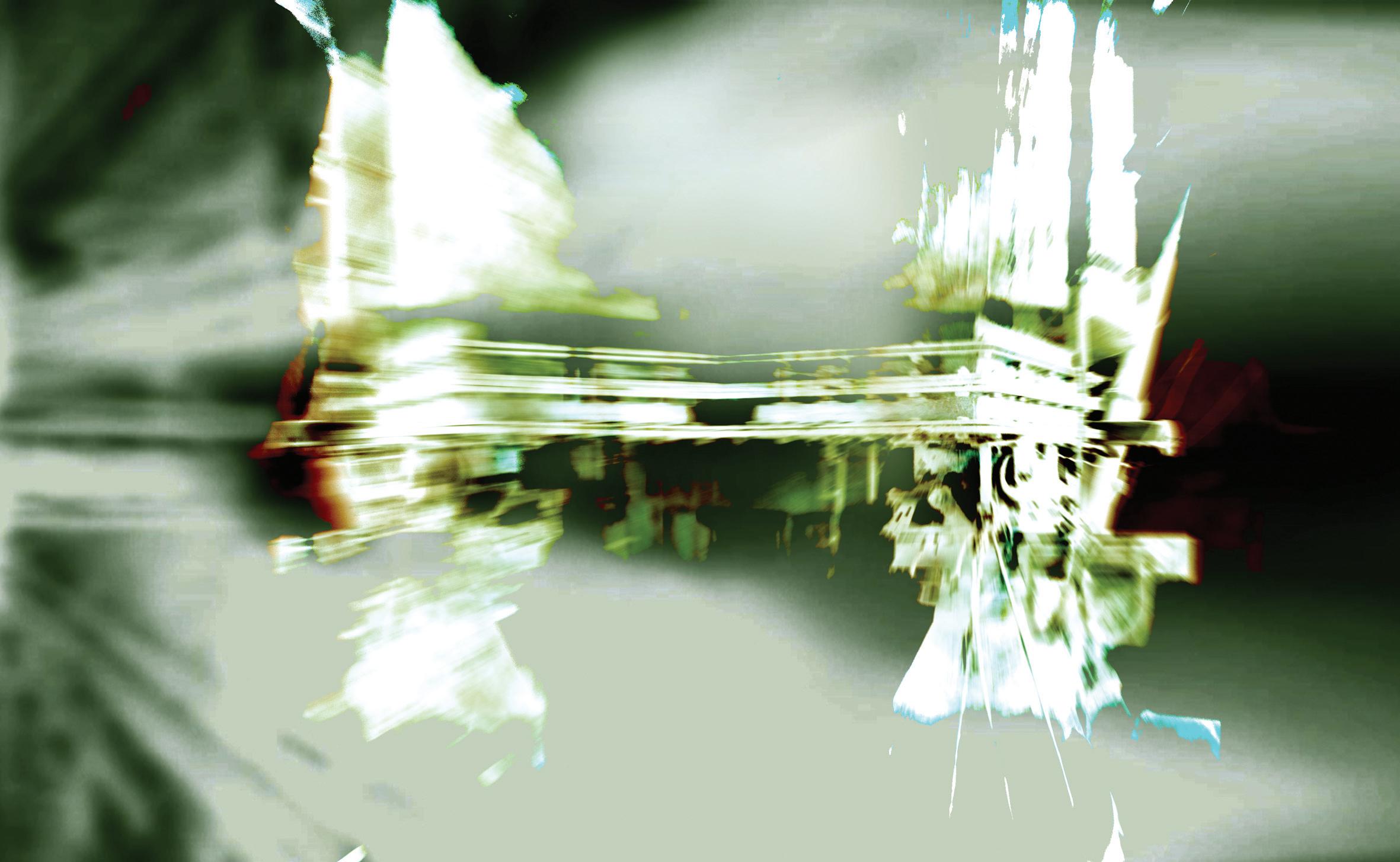
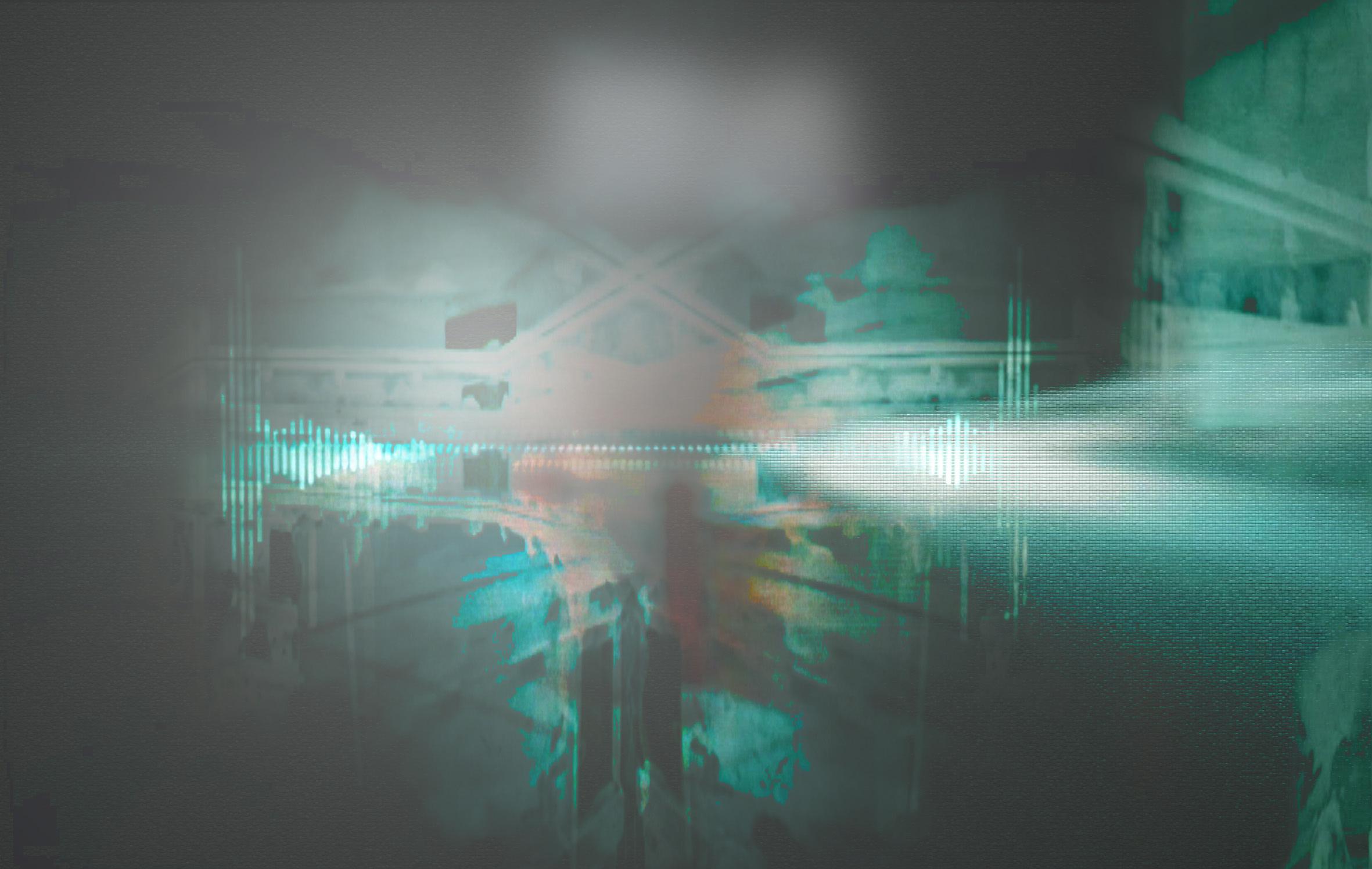











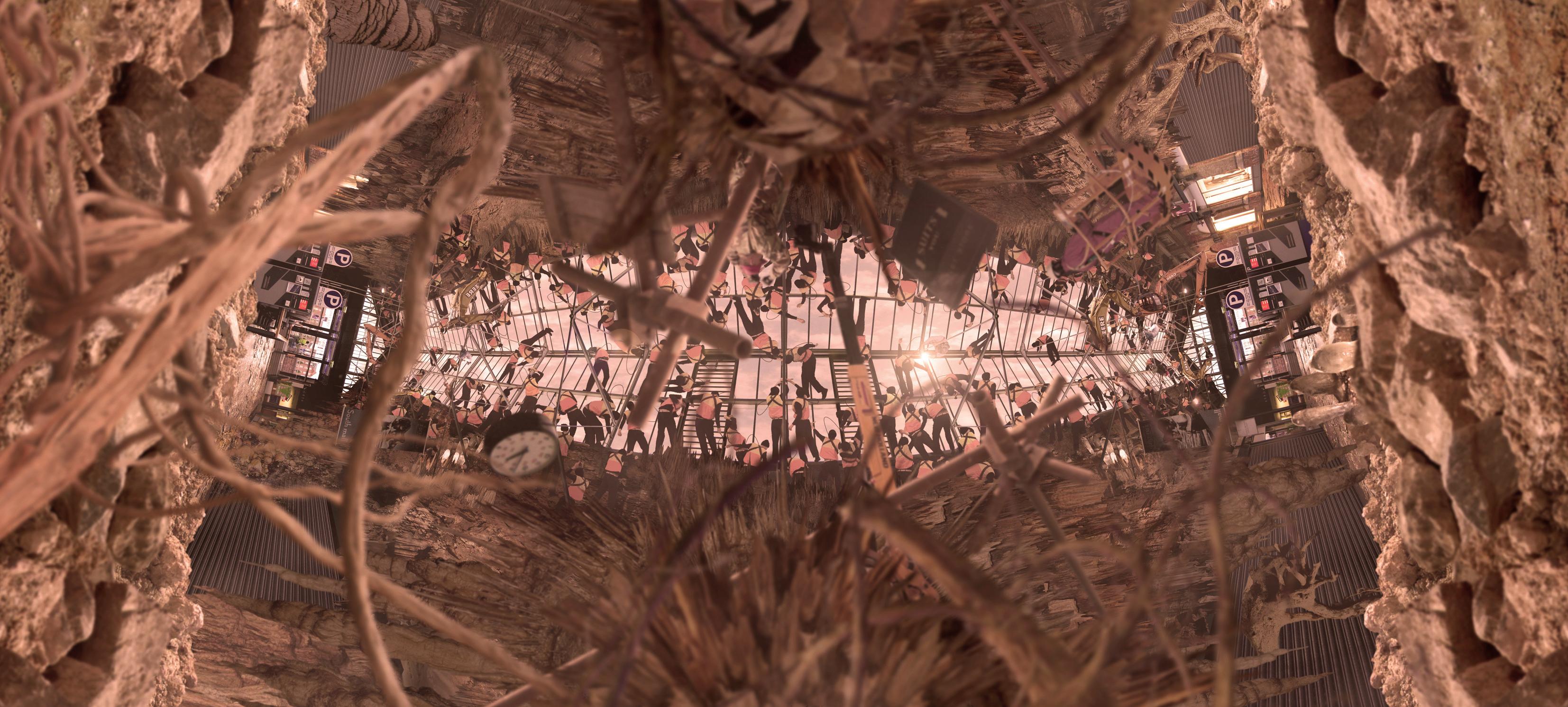



Yr 4: Michael Aling, Irene Astrain, Alexia Bodouroglou, Rammy Elsaadany, Dan Farmer, Emma Penttinen, Joel Porter, Soki So. Yr 5: Gayle Chan, Tamsin Landells, Benjamin Olszyna-Marzys, Timothy Ratliff, Anton Risan, Nicholas Tayler. MArch: Peter Kidger.
Synthetic Space exists between the actual and the virtual, between the analogue and the digital. Synthetic Space is a hybrid space. Synthetic Space unites formal architectonic concerns with spatial and temporal practices. Synthetic Space is not a model for something else: it is a site of explorations and a site of proposition in its own right. The architecture of Synthetic Space is speculative: it is not constrained by cost, patronage or function; it is an architecture of the possible. The limits of the Synthetic Space are the limits of the imagination.
For over seven years Unit 15 has been using film, animation and motion graphics as a way of developing and exploring new architectural modes of representation and practice. Using a variety of techniques, from stop-frame animation to sophisticated cgi, the work demonstrates a unique sensibility to both content and form, and suggests a whole new series of possibilities for architectural production.
U15 would like to thank: Mario Balducci, Sherry Bates, Juliet Davis, Stewart Dodd, Derek Gibbons, Peter Kidger, Stefan Kueppers, Tom Kyle, Phil Latham, Geof Manaugh, Chris Moore, MTV, Nemo Film Festival, onedotzero, Peg Rawes, David Rose, Bob Sheil, Stefan Schulz-Rittich, Reza Schuster, Silver Lake Film Festival, Soitirios Varsamis and Simon Withers.

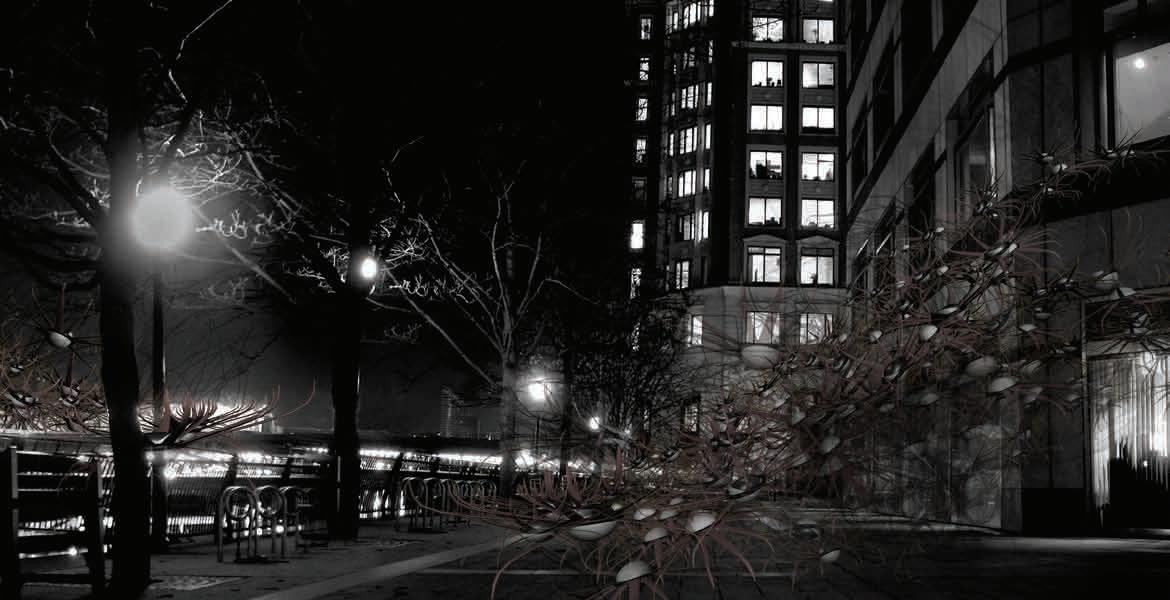



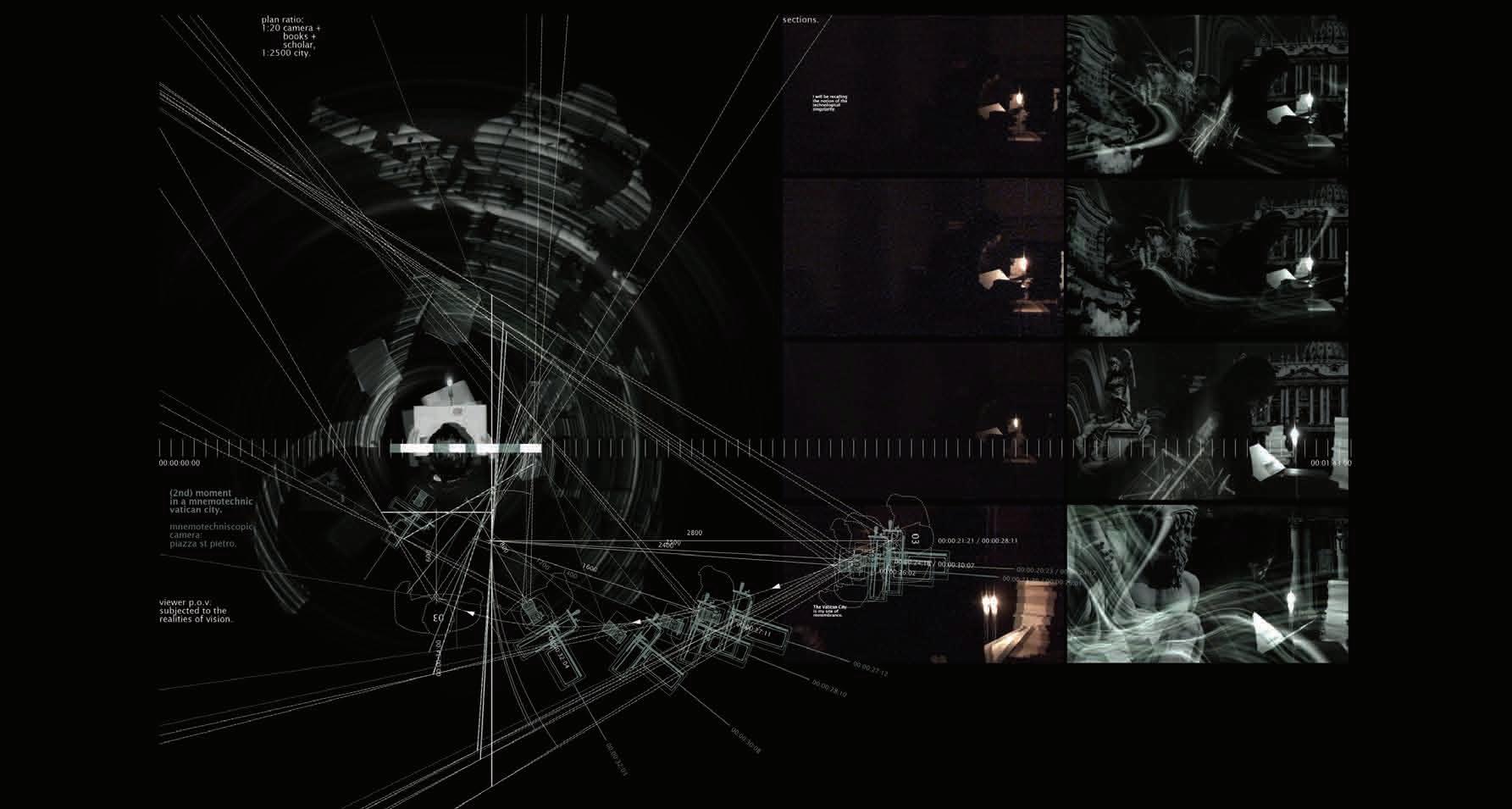



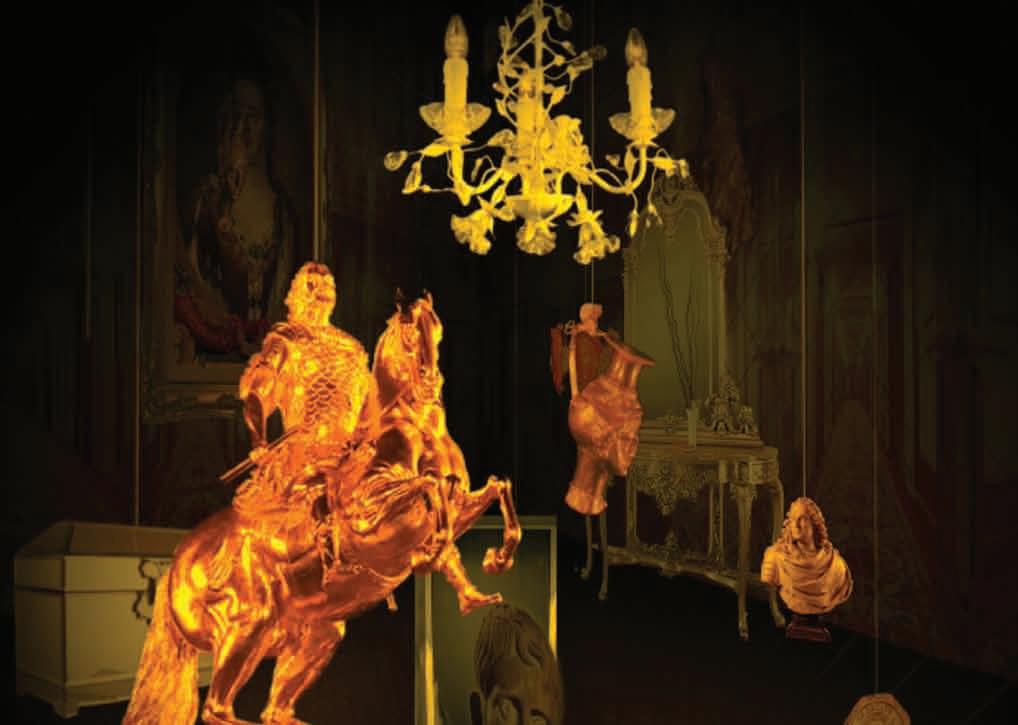


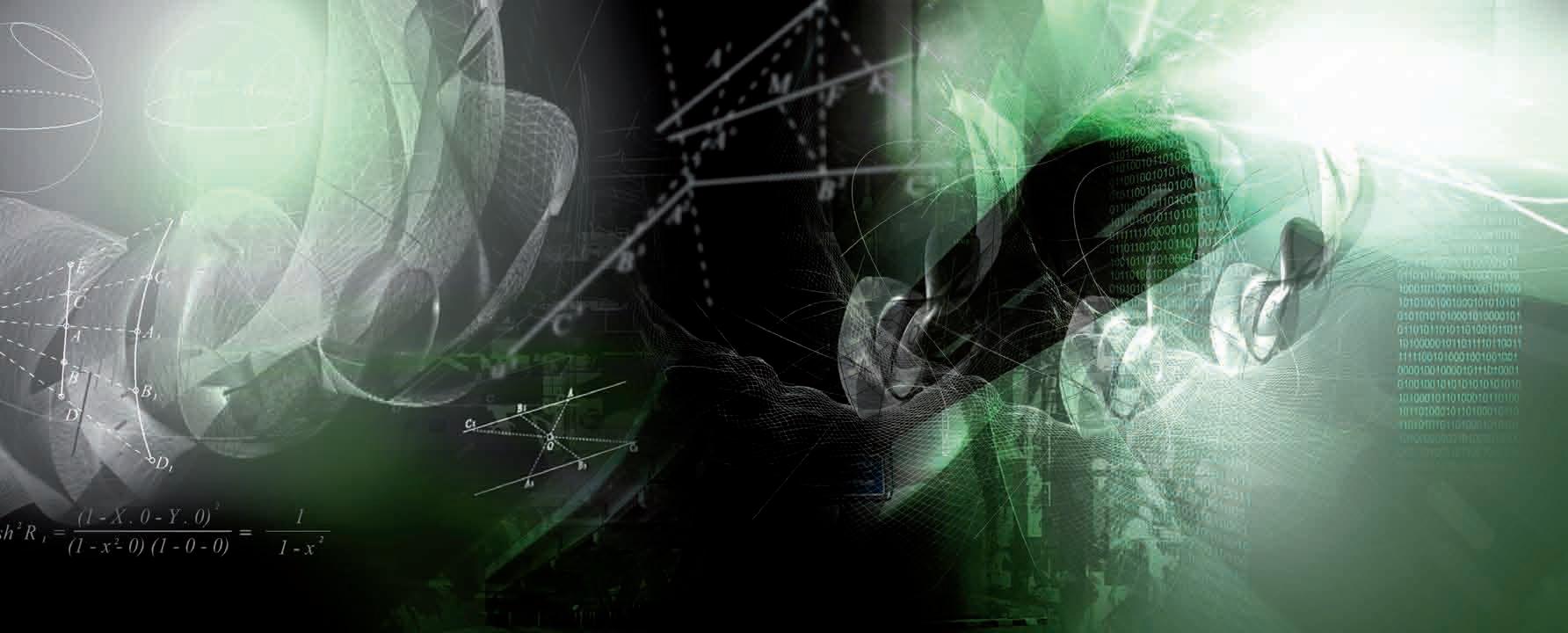

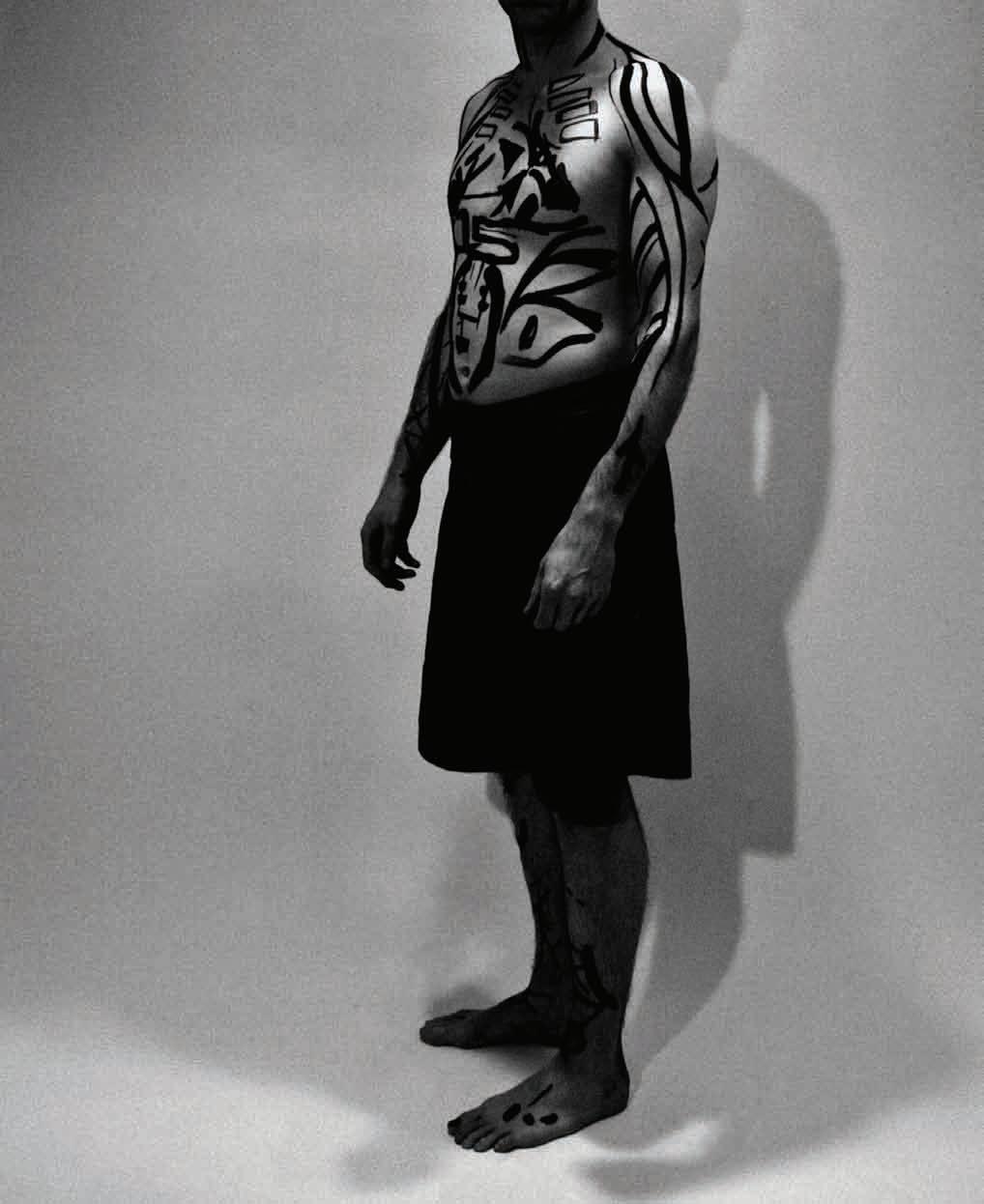

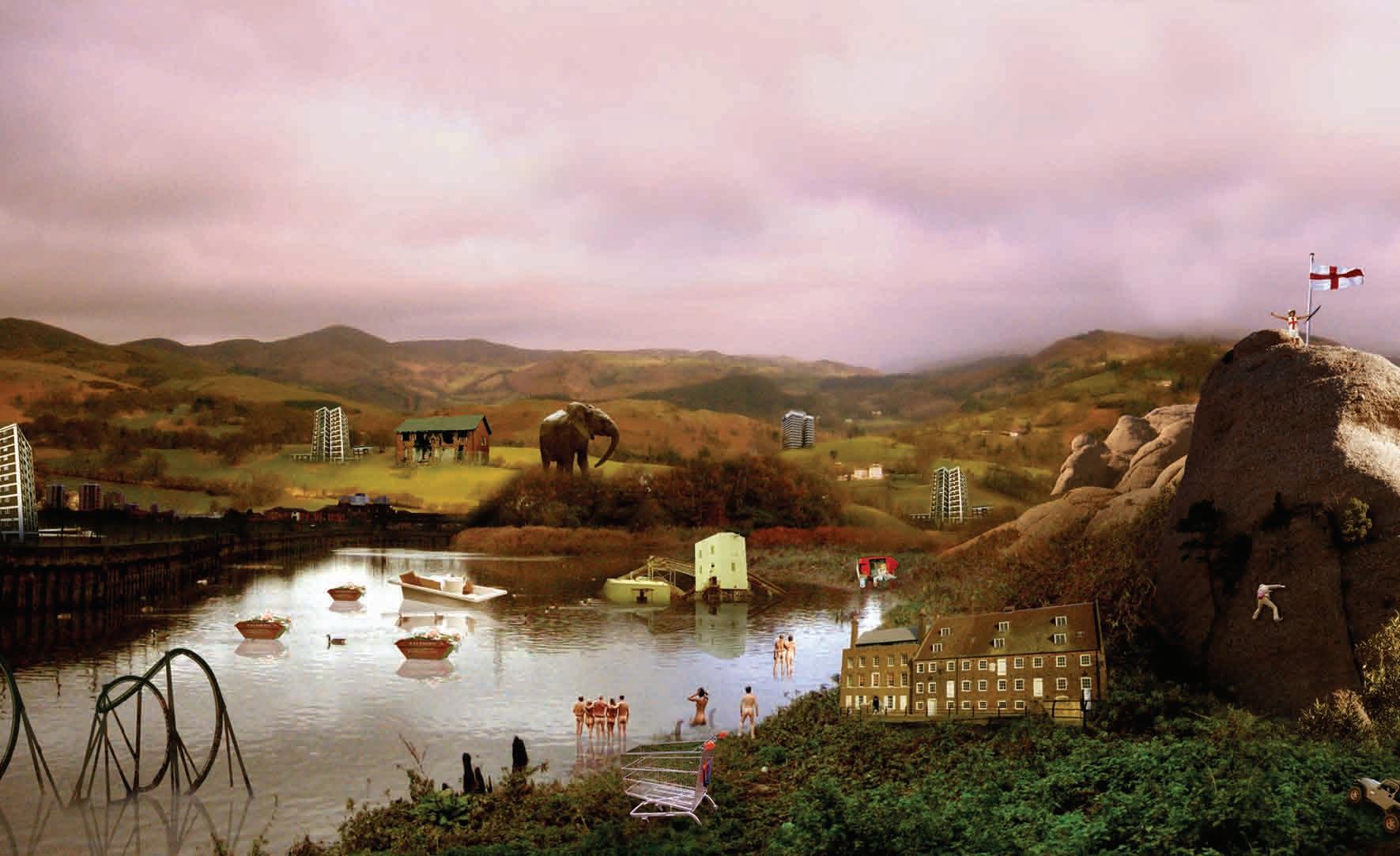
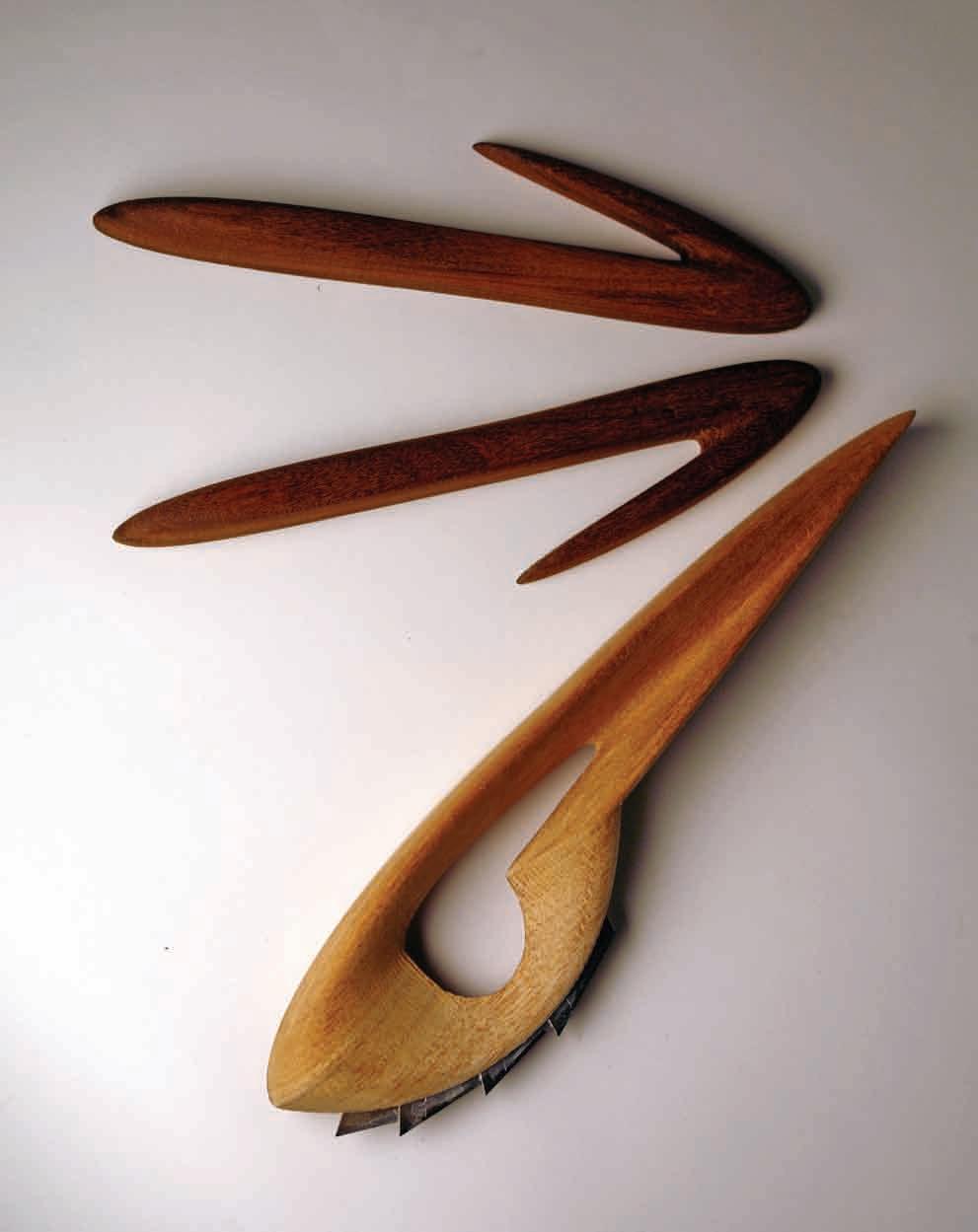
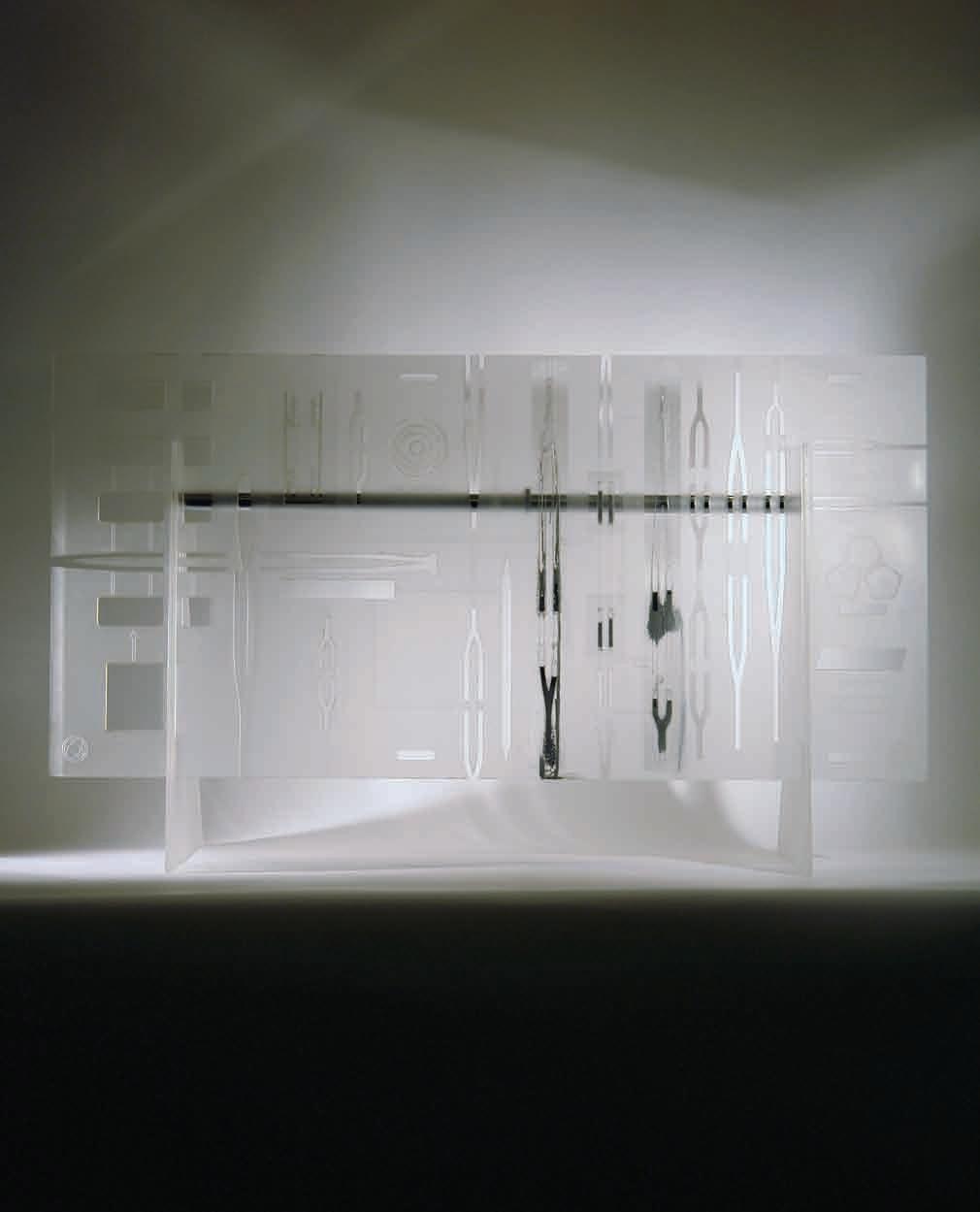
Yr 4: Shane Burns, Tamsin Landells, Benjamin Olszyna-Marzys, Timothy Ratliff, Anton Risan, Nicholas Tayler, Helena Van Lare. Yr 5: Zoe Fudge, Peter Kidger, Charley Lacey, Claire Lewis-Smith, Sebastian Menudier, Jennifer Moore, David Murphy, Ken Okonkwo. MArch: Ben Lam
The fact is that space 'in itself' is ungraspable, unthinkable, unknowable. Time 'in itself', absolute time is no less unknowable. But that is the whole point: time is known and actualised in space, becoming a social reality by virtue of a spatial practice. Similarly space is known only in and through time. Unity in difference, the same in the other [and vice versa], are thus made concrete.
Henry Lefebvre - The Production
Unit 15 uses film, video, animation and motion graphics to generate, develop and represent architectural and spatial propositions and practices.
The most important feature of the work of Unit 15 is that the projects are not models for something else, the film is the architecture, it is the proposition, it is the site of the work.
In Unit 15 the architecture of the project is constructed, manipulated and realised through the use of the time-line itself. It is in the content and structure of the film that the architecture occurs.
Each film is inhabited in a very precise manner, the sites within the films and the way they are explored is meticulously mapped out, each move designed beforehand on its own terms, though in each case the terms are very different.
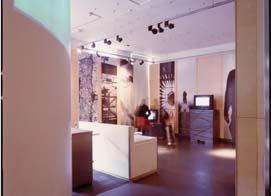
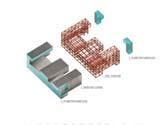





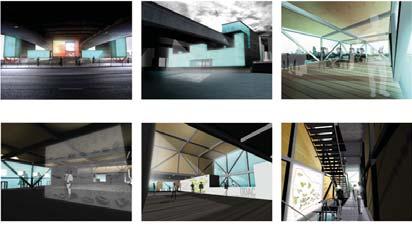


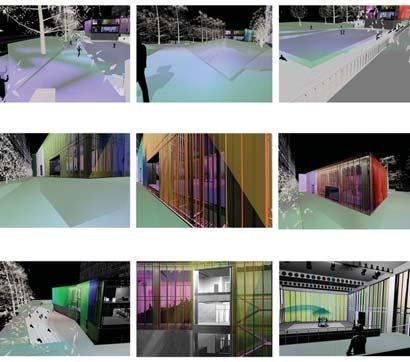






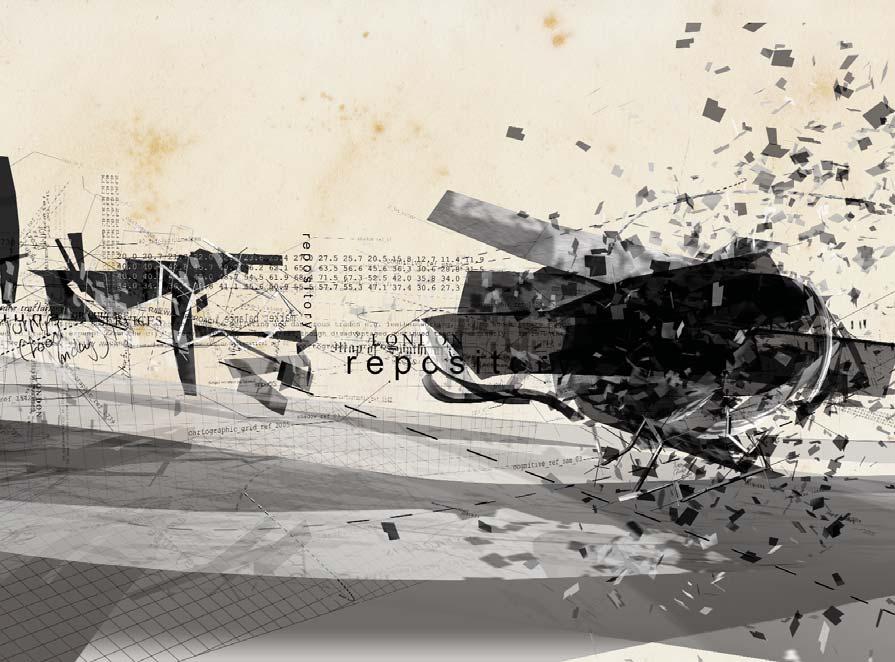





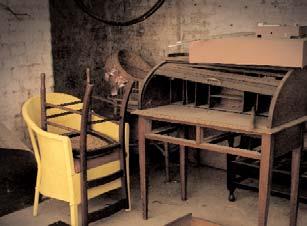

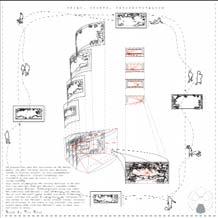








Yr 4: Salim Amir, Zoe Fudge, Imran Jahn, Peter Kidger, Charley Lacey, Sebastian Menudier, Jennifer Moore, David Murphy, Kenechukwo Okonkwo Yr 5: Ross
Duggleby, Bella Edgley, Russell Everton, Alexander McAslan, Christopher Moore, Rosemary Pattison, Adam Prest, Abigail Yeates, Andrew Teng Ying Yek MArch Architecture: Mario Balducci
Rhythmanalyses: Movement & the City
‘It is impossible to understand urban rhythms without referring to a general theory, which we will call “Rhythmanalyses” This analysis of rhythms, in all their magnitude “from particles to galaxies”, has a transdisciplinary character Moreover, it gives itself as aim the least possible separation of the scientific from the poetic'
Henry Lefebvre, ‘Rhythmanalyses of Mediterranean Cities’







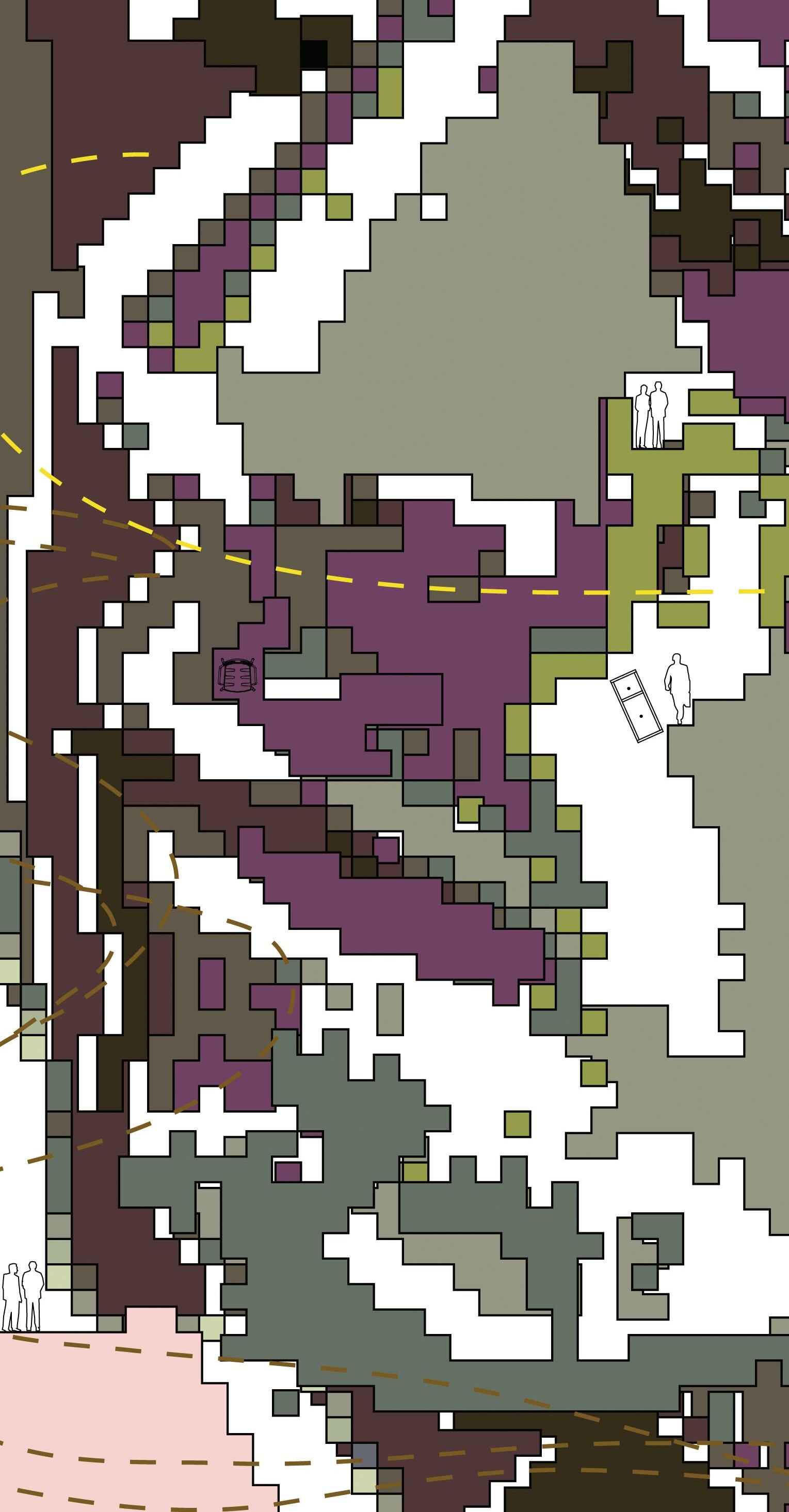


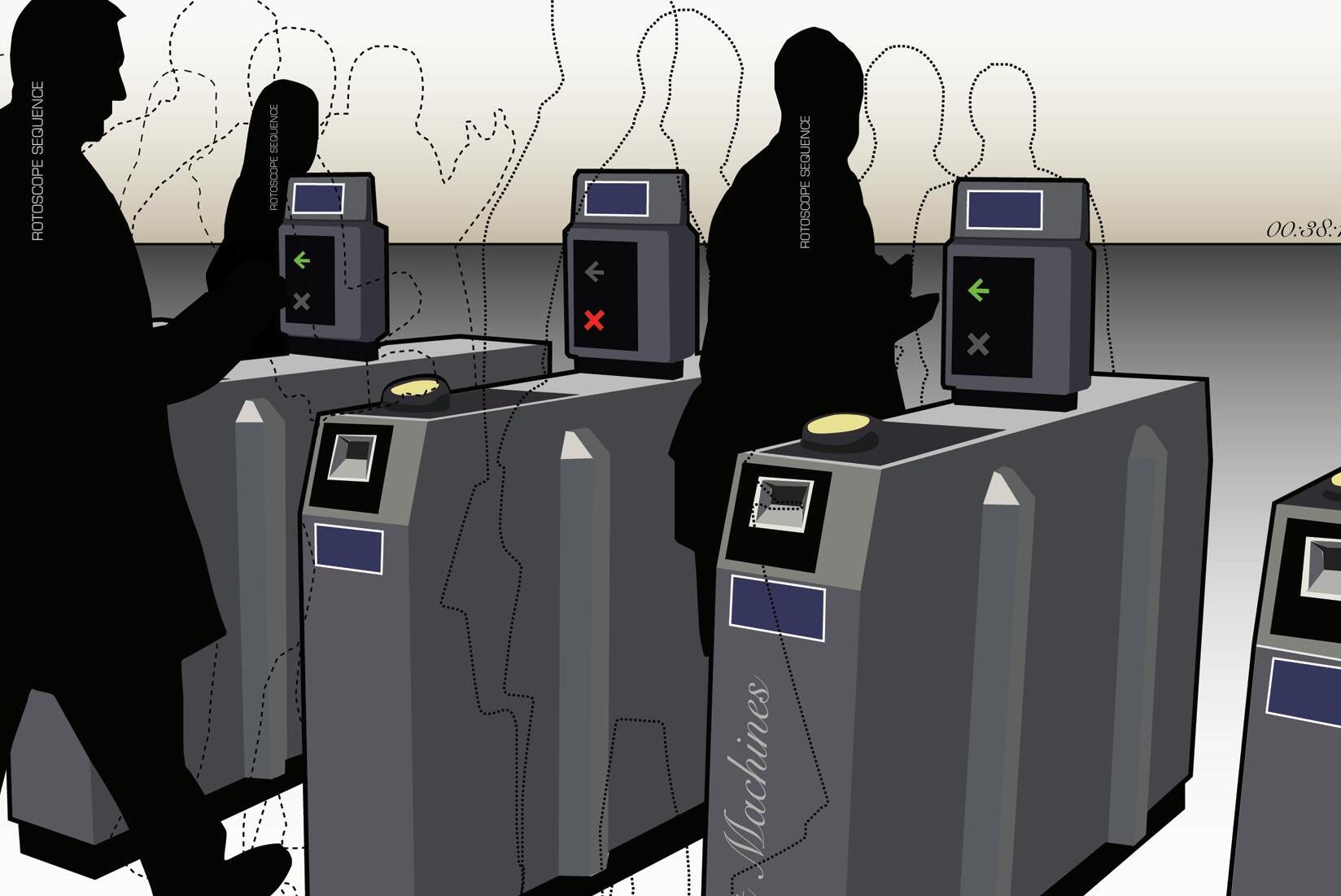

Nic Clear
Yr 4: Anna-Mabella Edgley, Russell Everton, Sophie Luger, Alexander McAslan, David McLellan, Christopher Moore, Adam Prest, Abigail Yeates Yr 5: Mario Balducci, Annabel Chapman, Bianca Cheung, Robin Gill, Nicholas Henderson, Jonathan Jones, Benjamin Lam, Peter Lui, Daniel Marshall, Stefan Schulz-Rittich MArch Architecture: Yick Hong Chan, Simon Kennedy
Concept Process
Unit 15 uses film video, animation and motion graphics to generate, develop, refine and represent spatial interventions
Movement, Image, Sound
Term 1 consisted of three projects that look at movement, image/text and sound with respect to the way they create the environment for urban life
A Tomato School
For several years the design group Tomato have been conducting design workshops, seminars and lectures all over the world
Recently they have been asked about the possibility of giving these activities a permanent home For Unit 15's major design project, Tomato acted as clients for a project to design a new Tomato School


